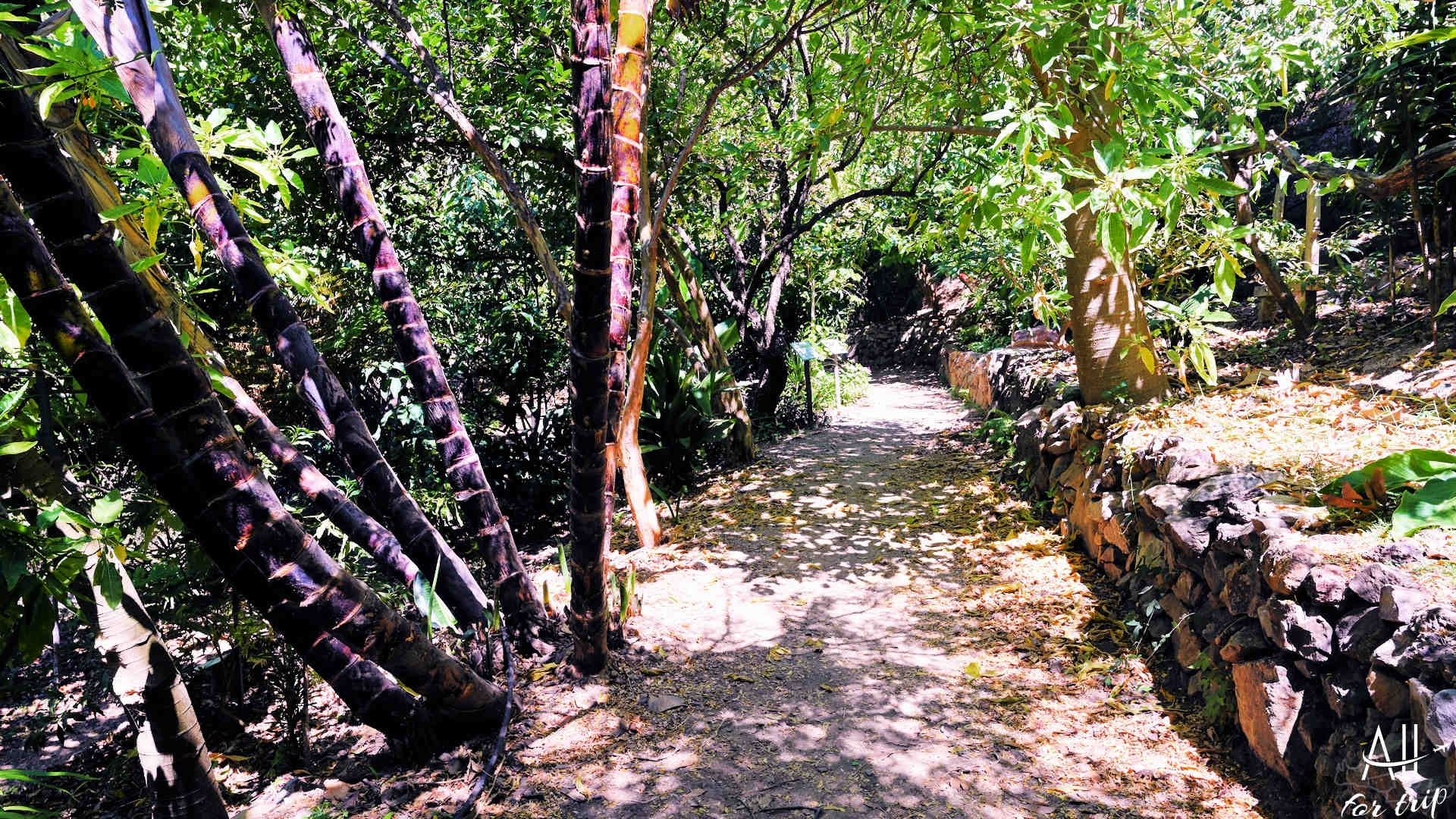
Botanical Park & Gardens of Crete
The unique Botanical Park of Crete offers a special experience for all ages. A walk in the park is a soothing recreation. The park offers for visitors the opportunity, to get to know during a beautiful walk: with fruit trees, with herbs, with ornamentals, from Europe and other continents.
GPS is very important! – because there are no street names in Western Crete.
What is the importance on plants in our life? They are our oxygen – Our food – Our medicine
Operating Hours:
From 23rd March to 1st November: every day.
9 am to sunset
the last entrance allowed: no later, than one hour before sunset
Admission:
Adults: 6 Euros
Ages 6 to 12: 4 Euros
Ages 6 and under are FREE with parents!
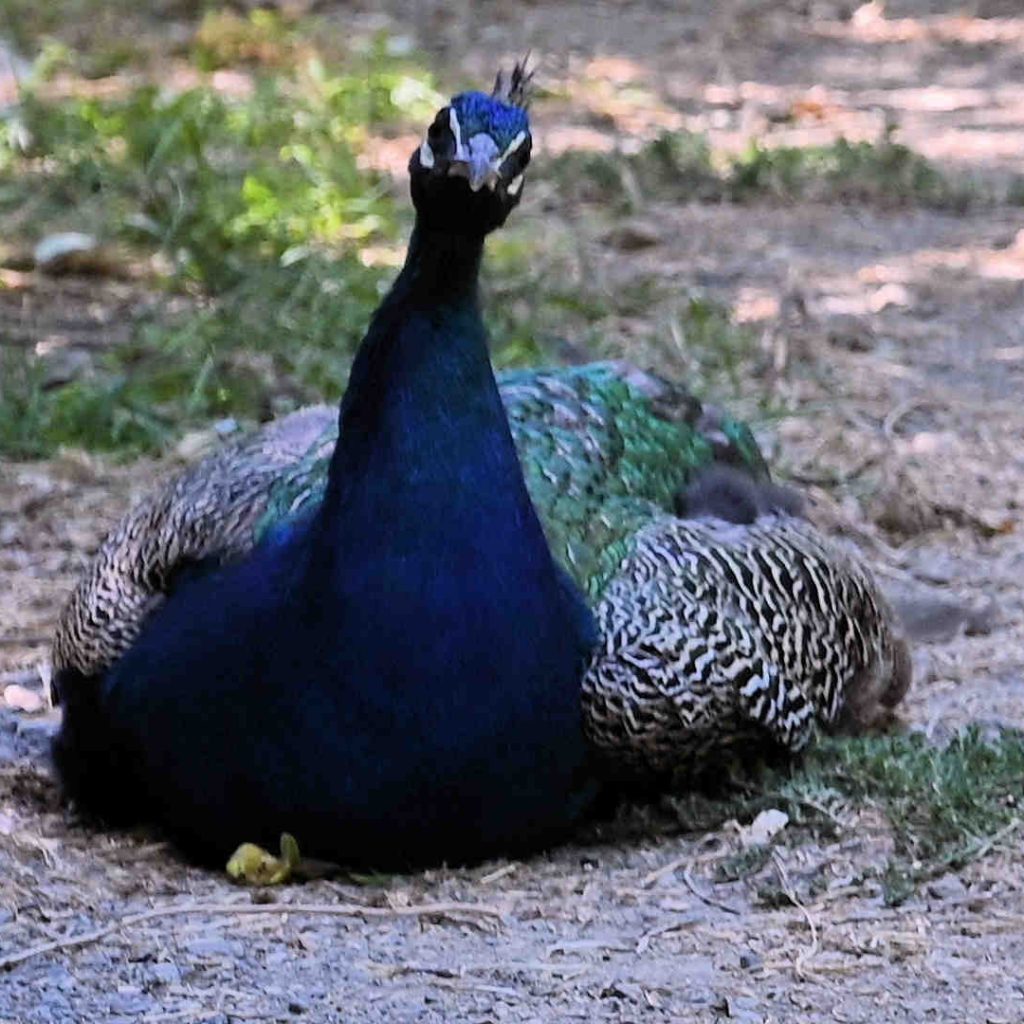
The exotic atmosphere of the park is made even more special by the fact, that we can meet peacocks and peacock families while walking. The park has a lake surrounded by animals.
Target audience: recommended for all ages
Recommended visit time: 2 – 2.5 hours
The AllForTrip’s recommendation: if you want to see the lake belonging to the park, the recommended visit time is 3-4 hours. The park is amazing, the sight is unique: while walking, time flies! There are parts, where you can relax while walking.
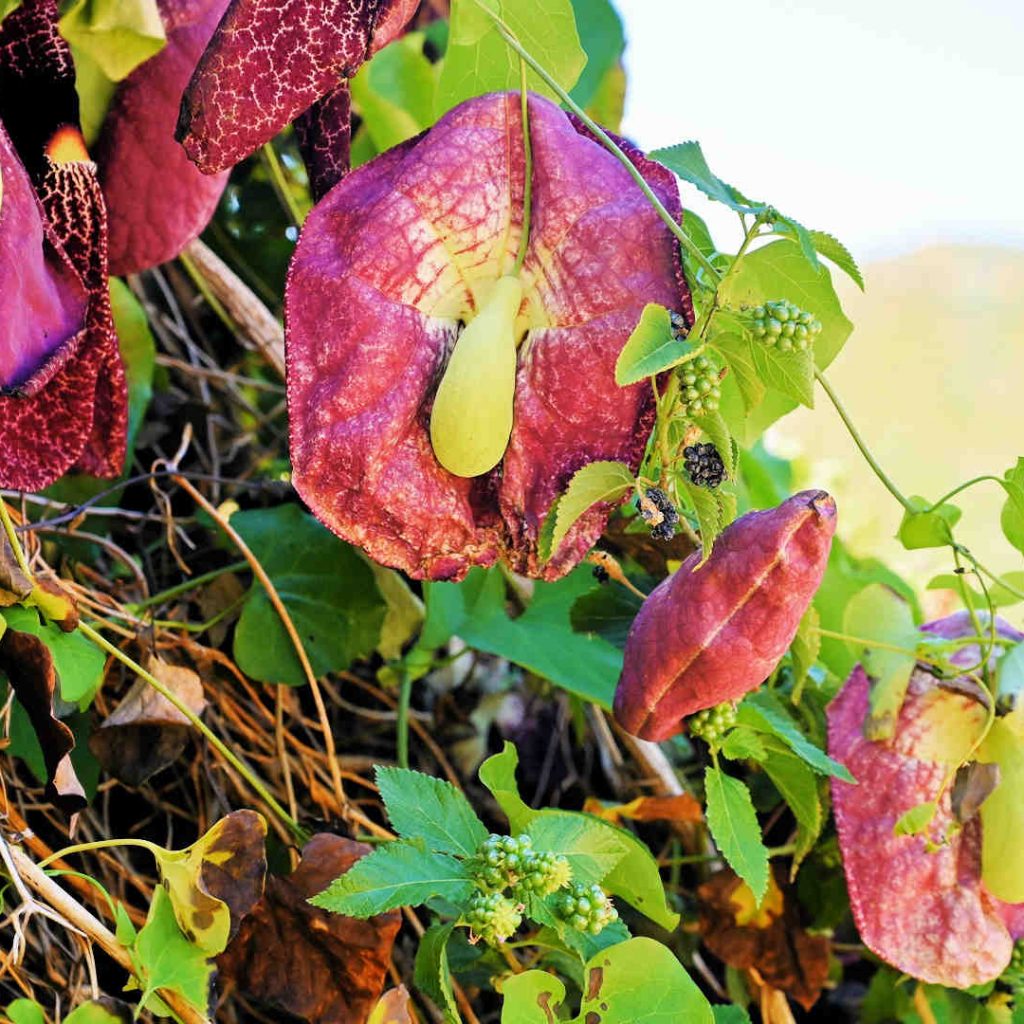
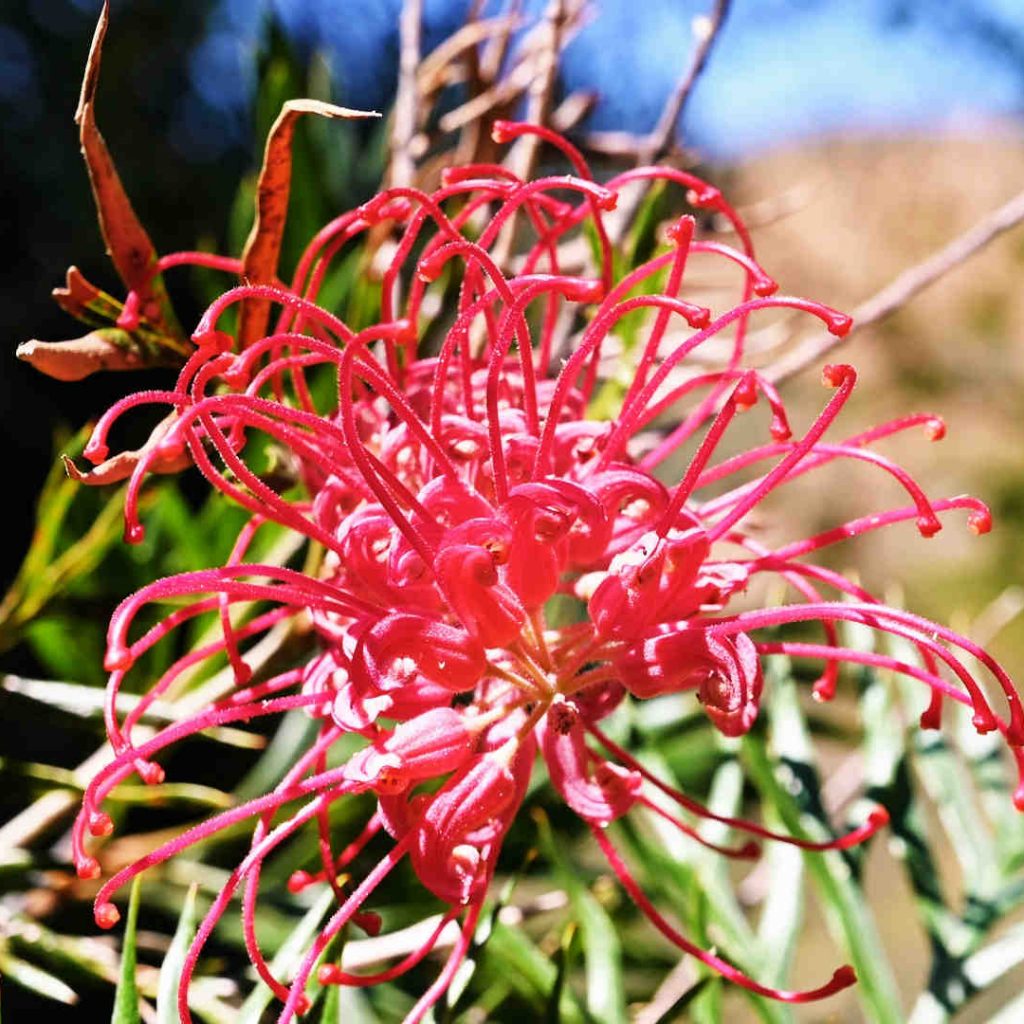
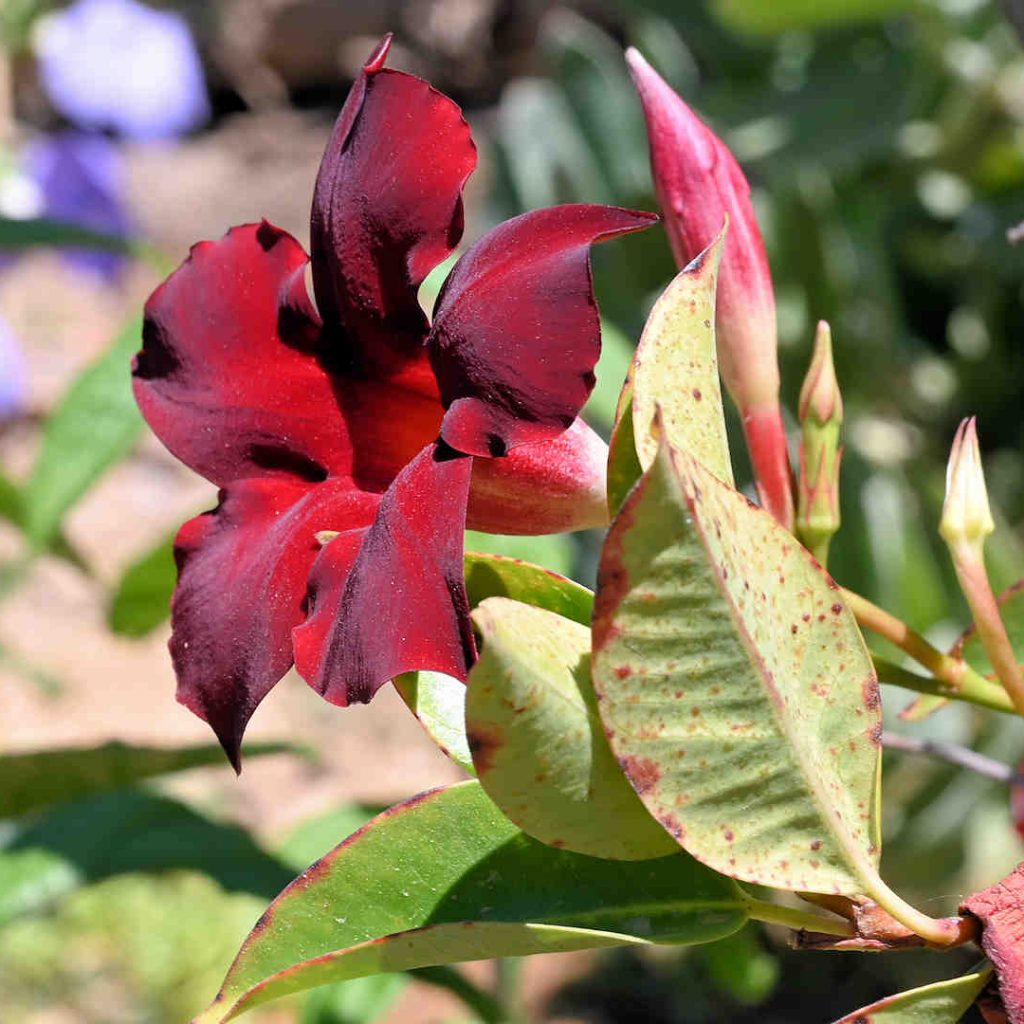
Chania is located 18.5km and Kissamos 39 kilometers. The botanical park is located at the foot of the beautiful White Mountains, on the road to Omalos. Omalos, the fertile plateau of Western Crete, the starting point of the Samaria Gorge. The road to the Botanical Garden is scenic, meandering through the mountains. On the way the view of the mountains: fabulous, unique.
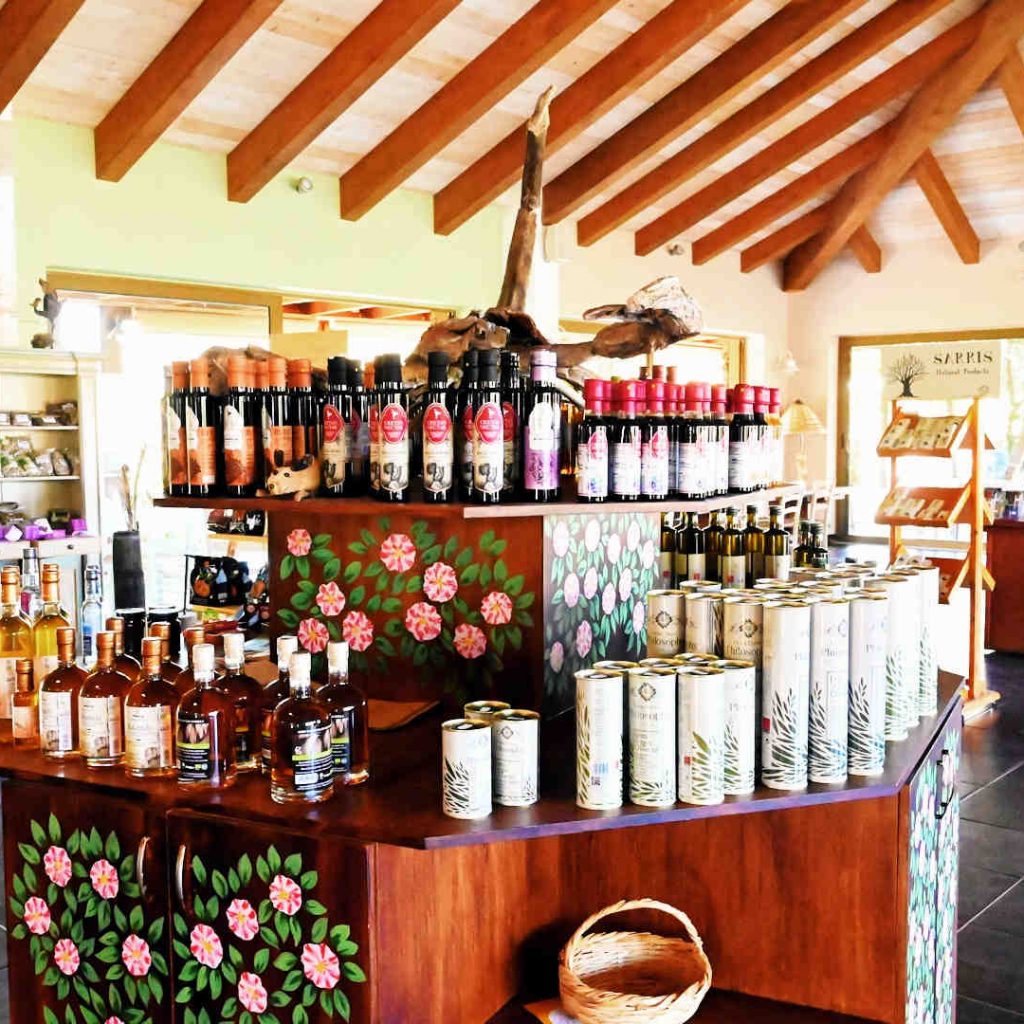
We can see it at the entrance, and in the park in several places: burnt olive residue. These remind us of, what the park looked like after the fire.
Thanks to the unique microclimate of Crete, we can see the park in all its splendor today.
Going along the trail, we can get to know:
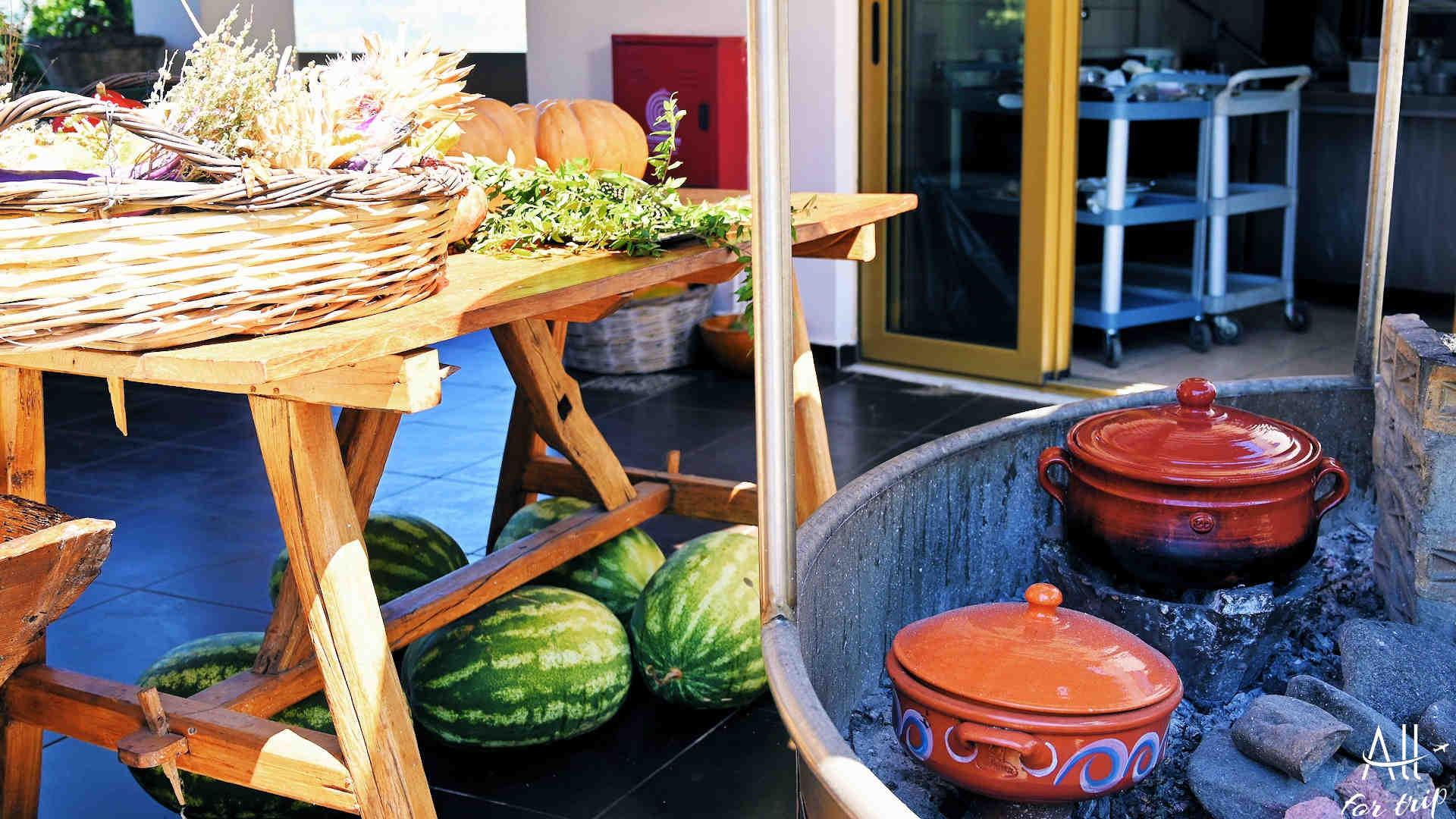
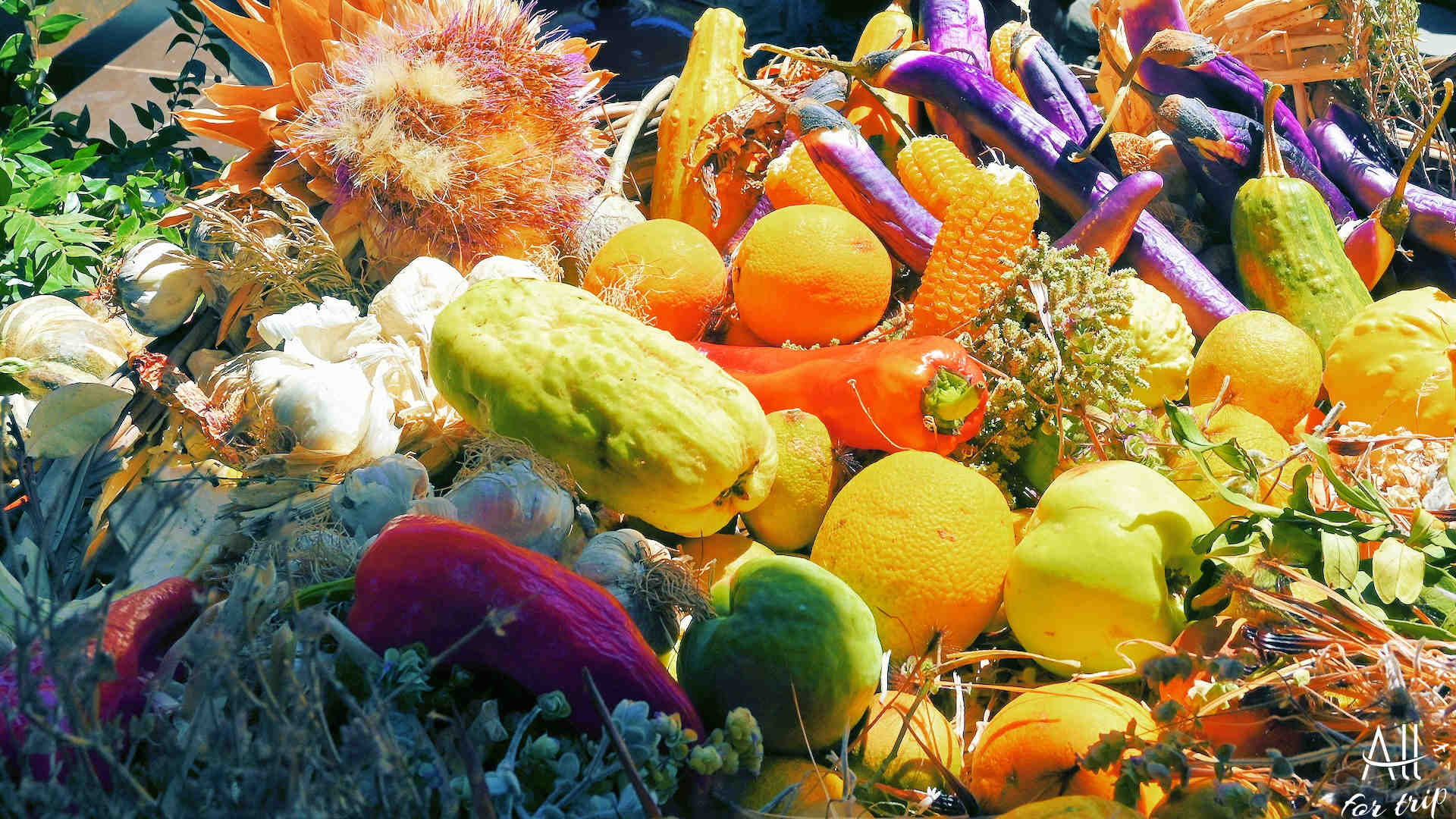
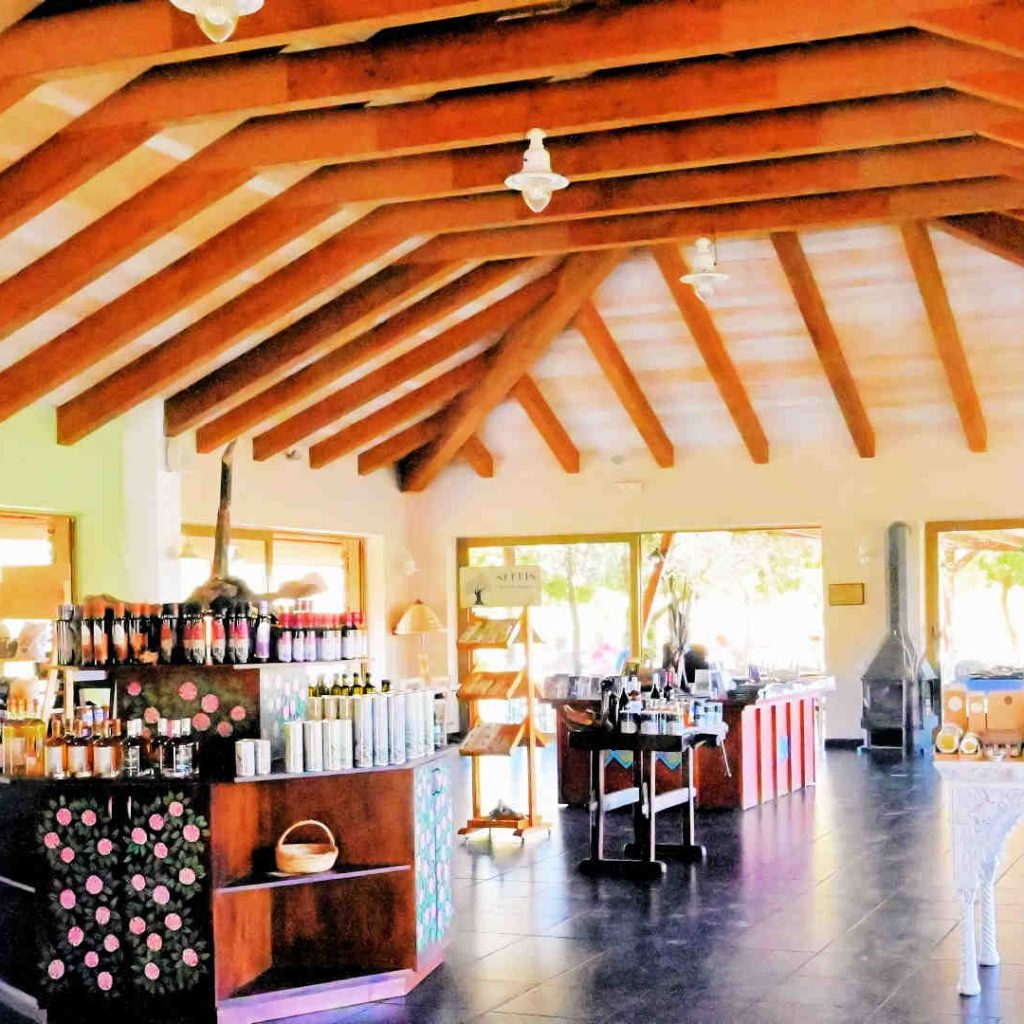
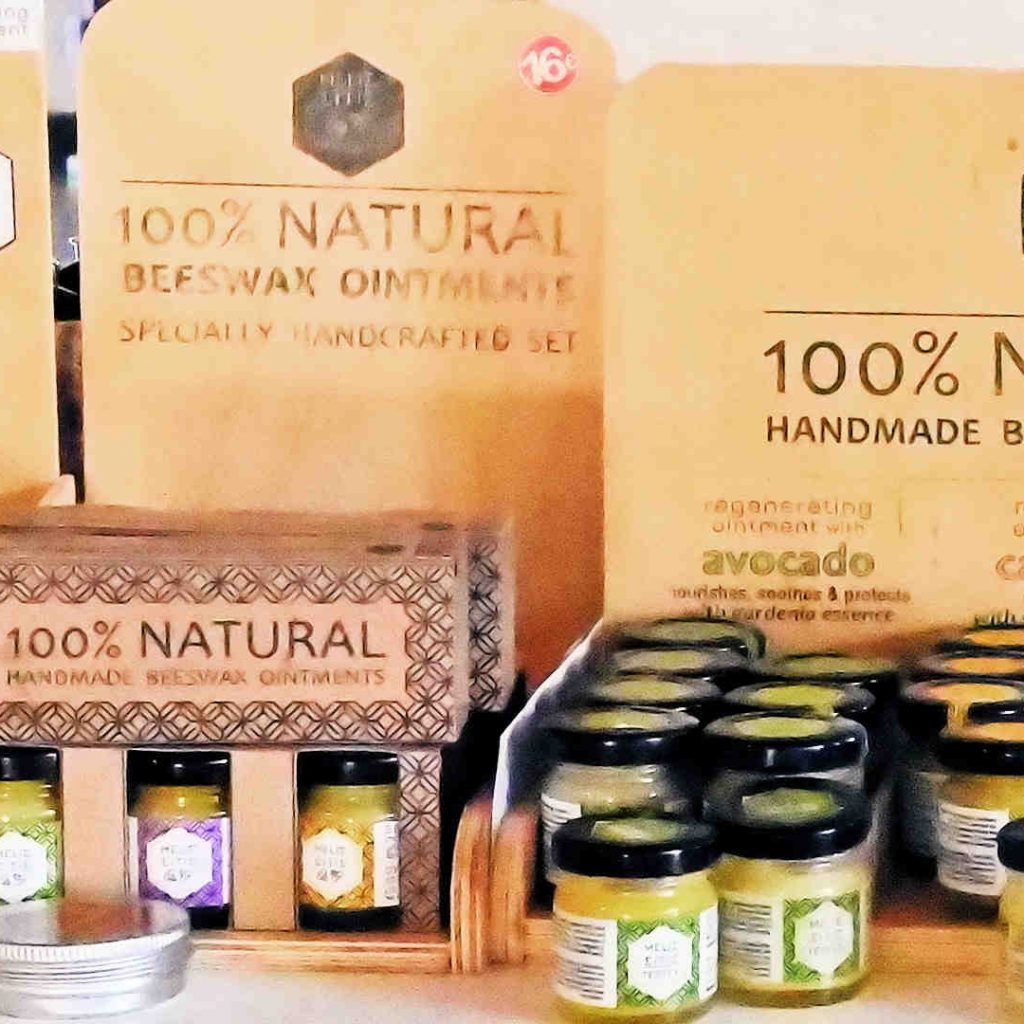
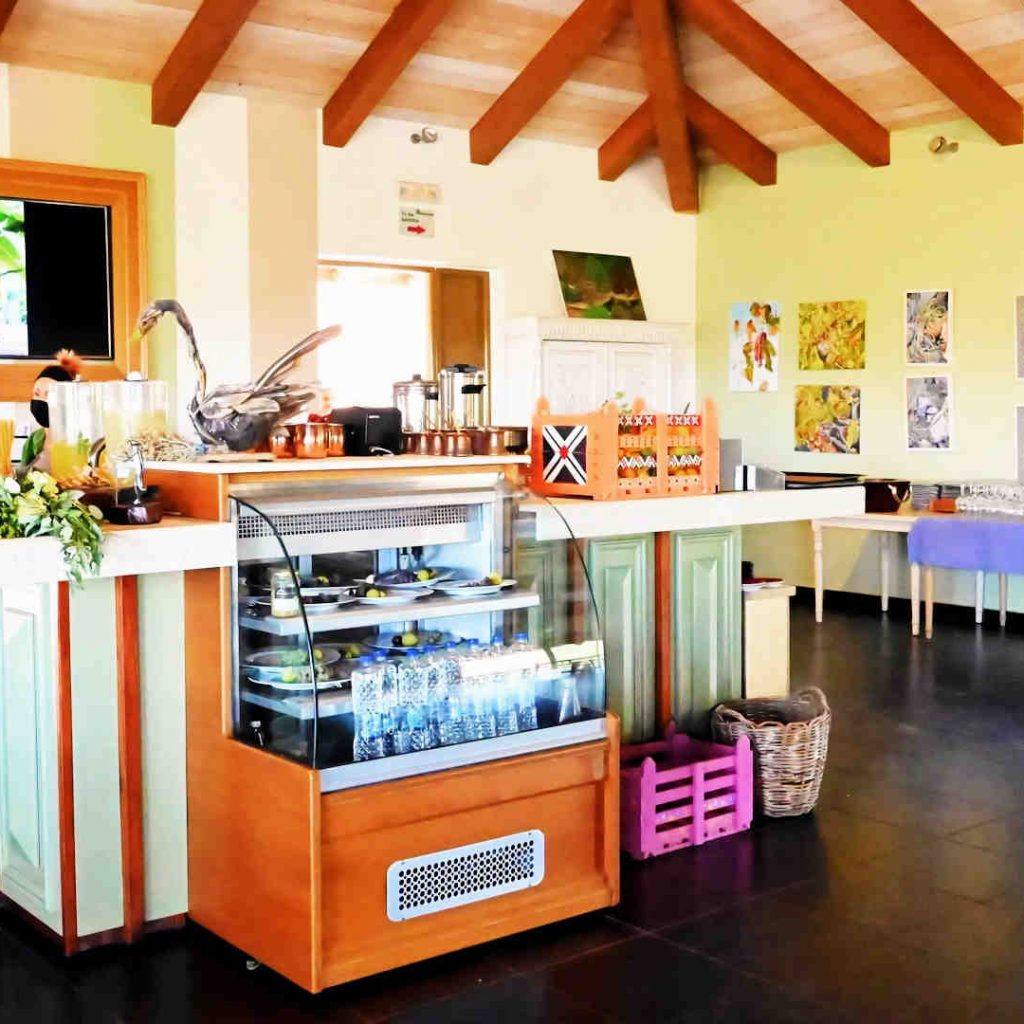
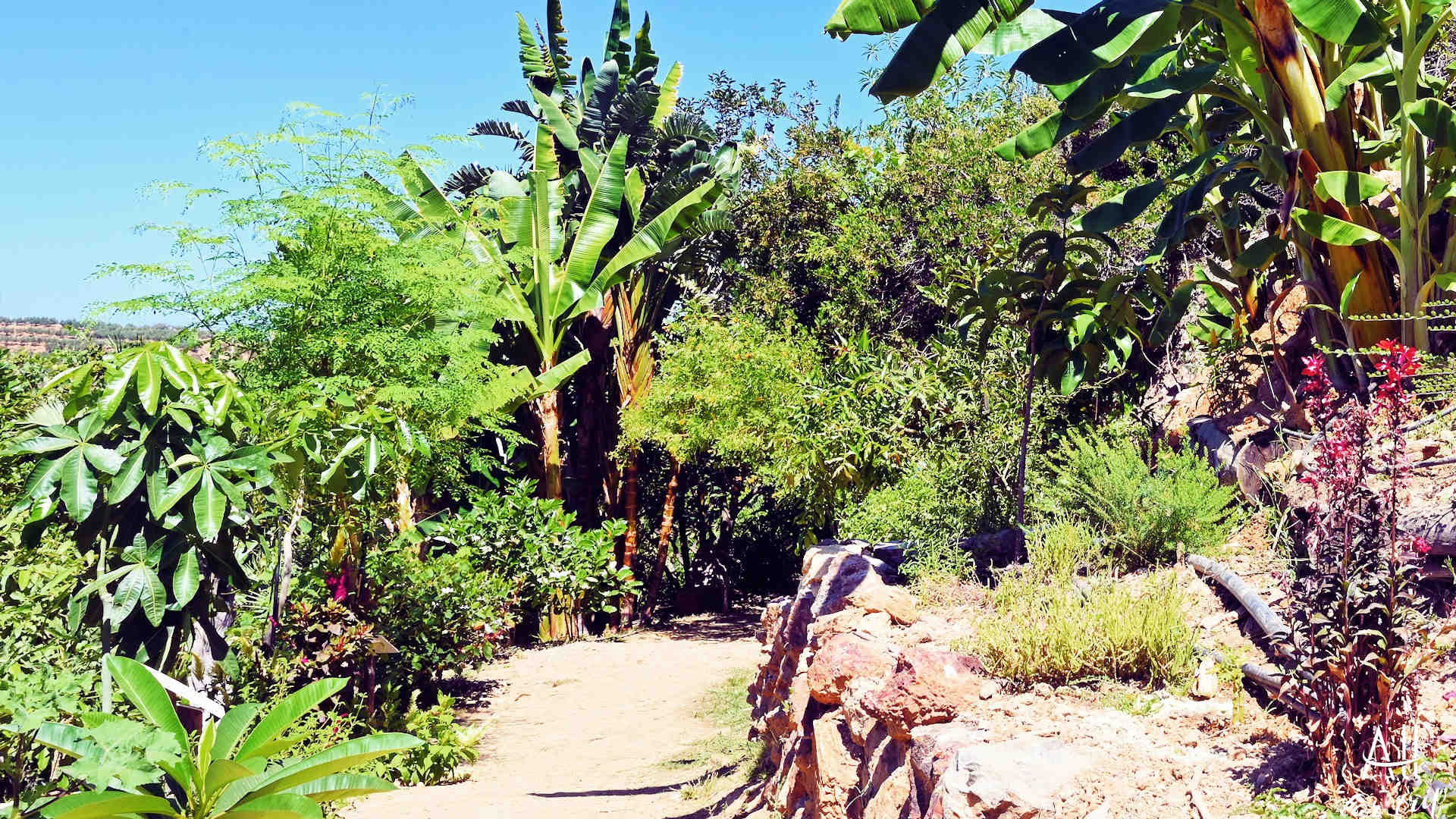
Tropical and subtropical species from around the world.
We can walk along a very well-marked road. The first section of the park takes us into the valley. There is no need to be afraid, because the route is excellently planned. The level difference is not strenuous. There is a small stream in the valley. The road up will not be heavy either.
We have the opportunity to decide at two-thirds of the park.
We can choose the shorter route. The shorter route takes us back to, where we started.
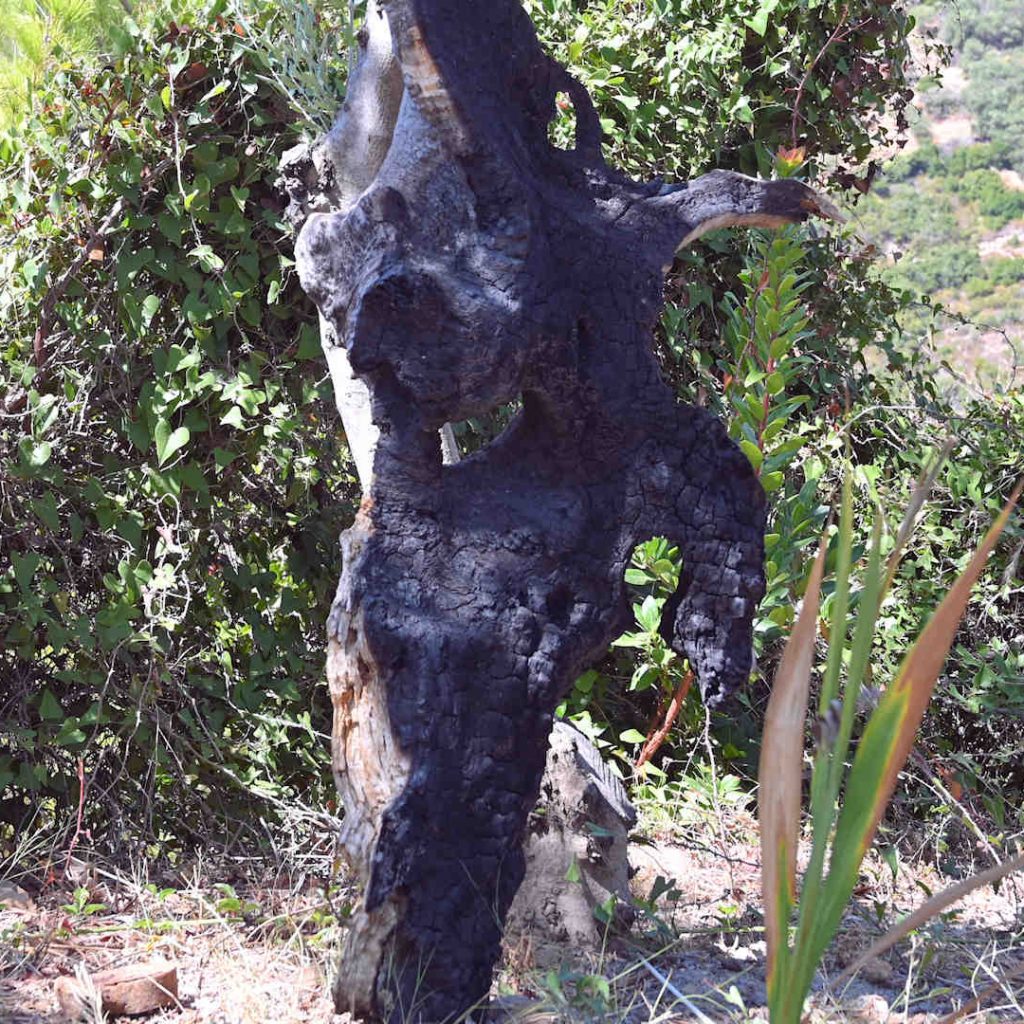
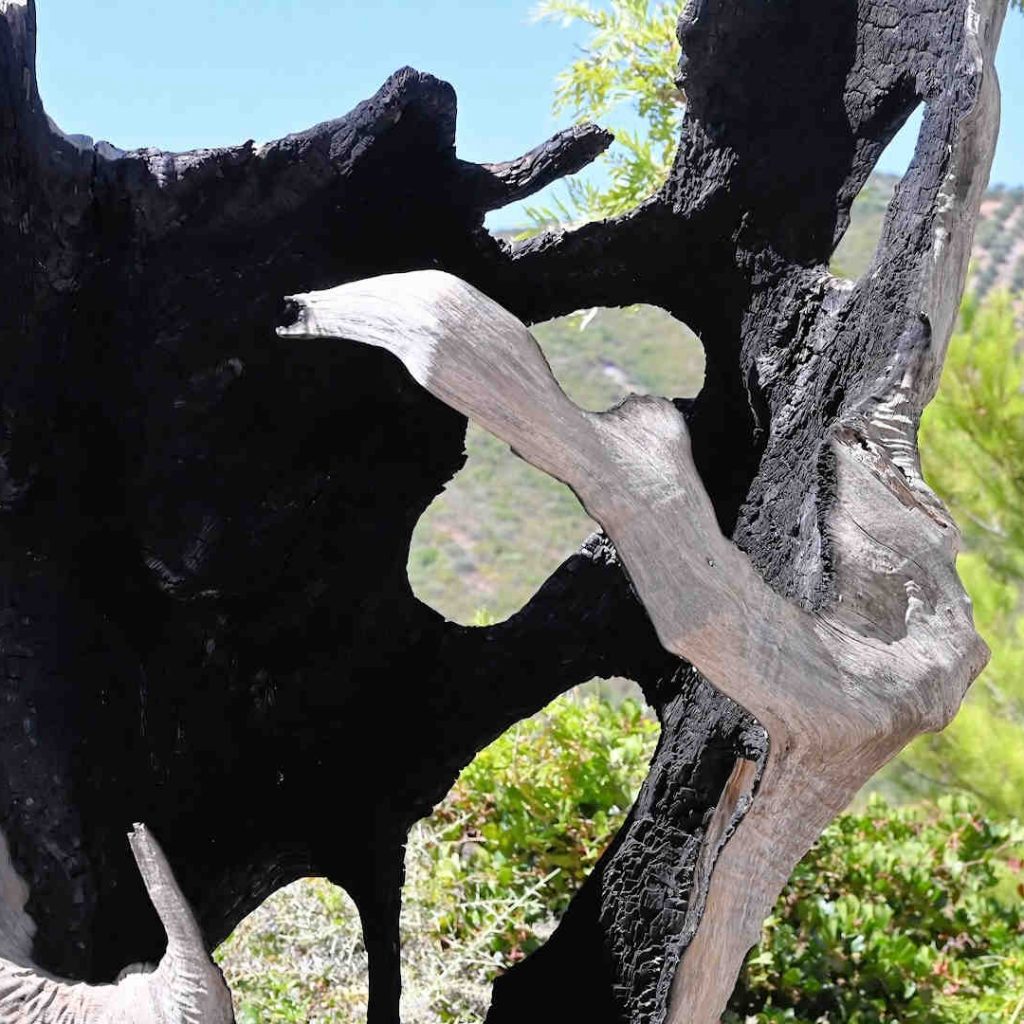
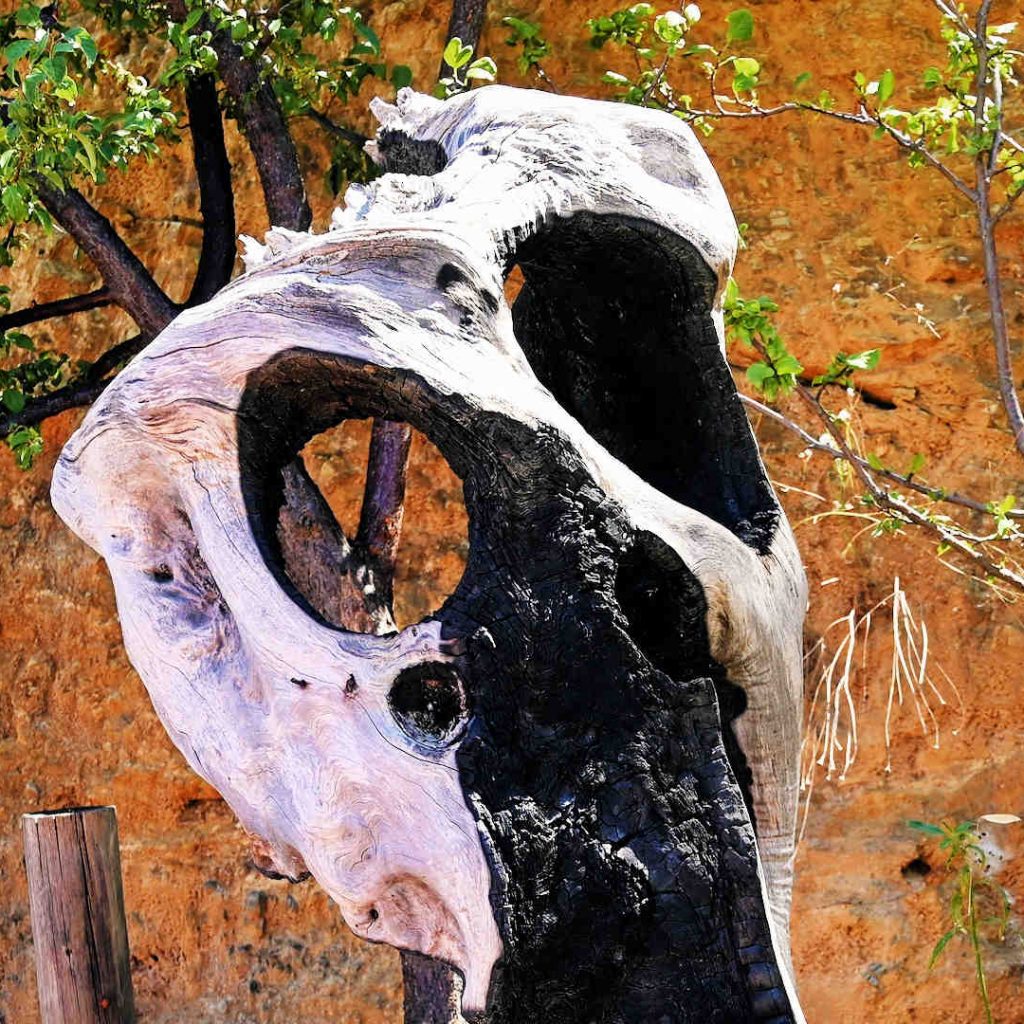
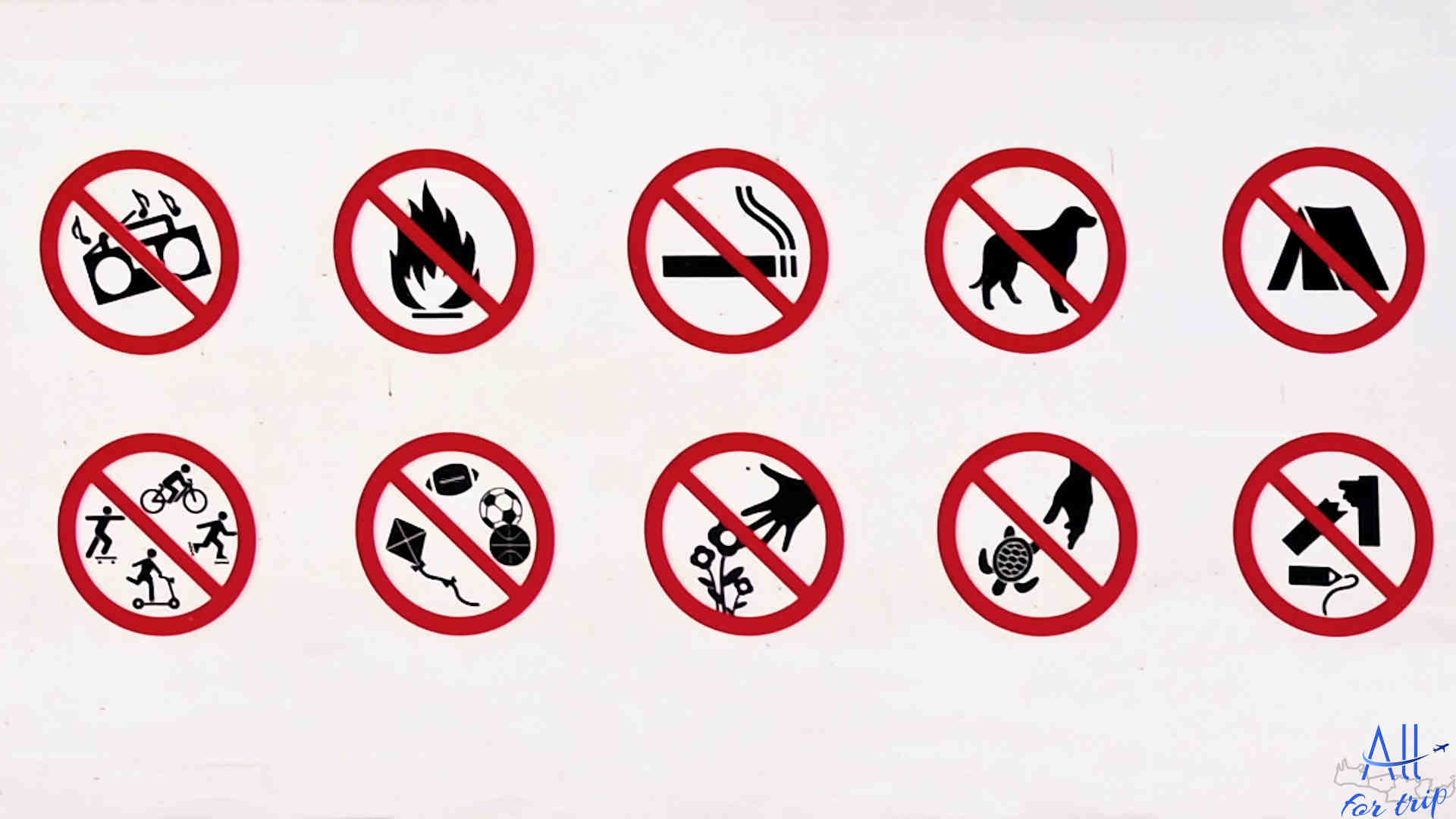
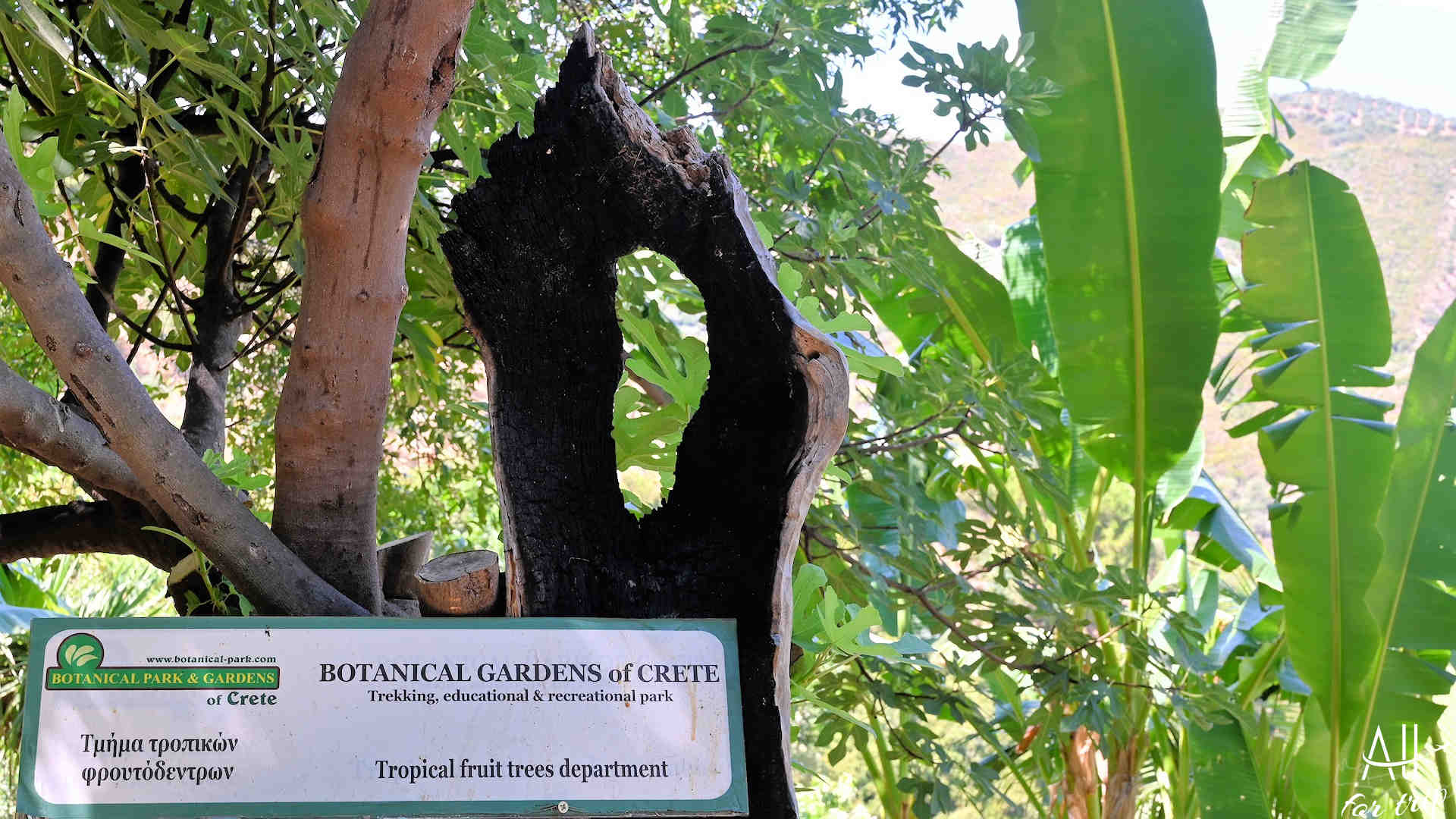
“A beautiful flower will wither one day… but the sense of the beauty
and the harmony it gives away, will remain eternal.” Plato 5th century BC
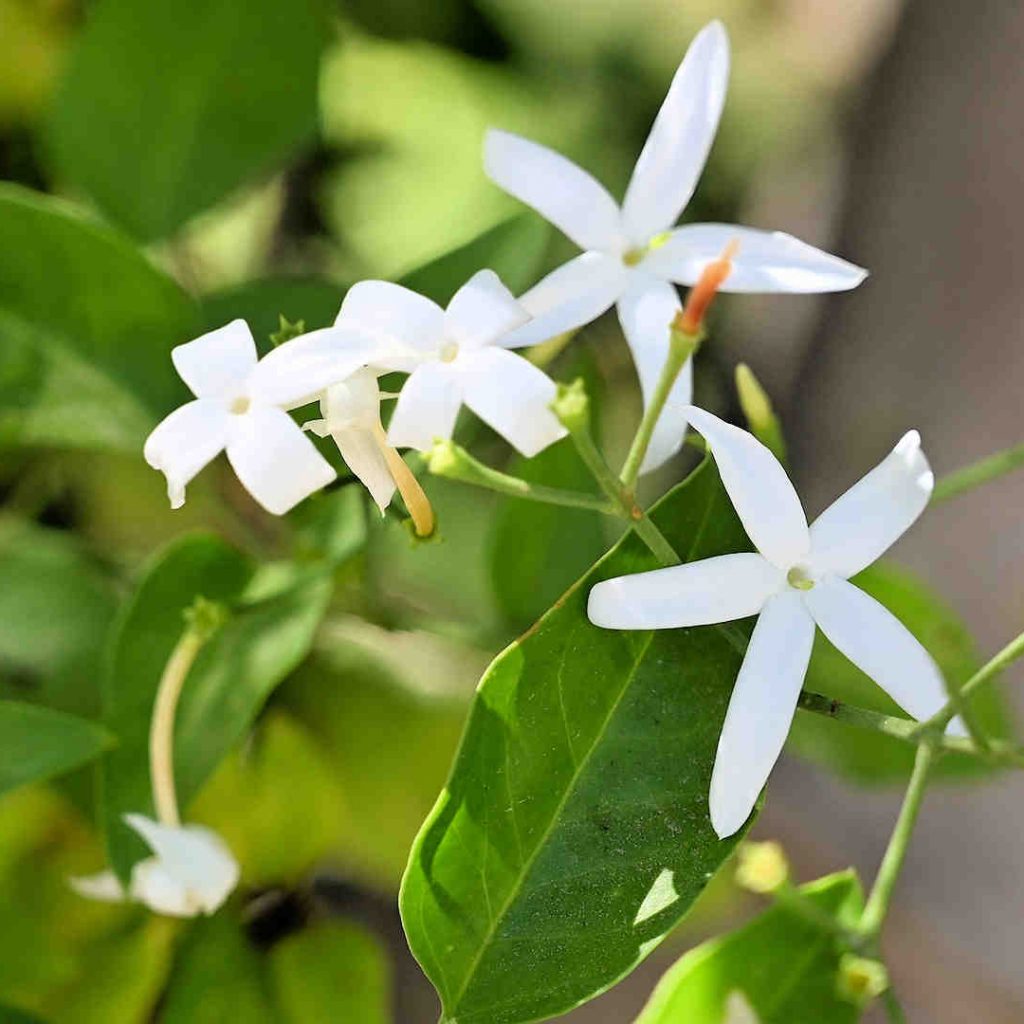
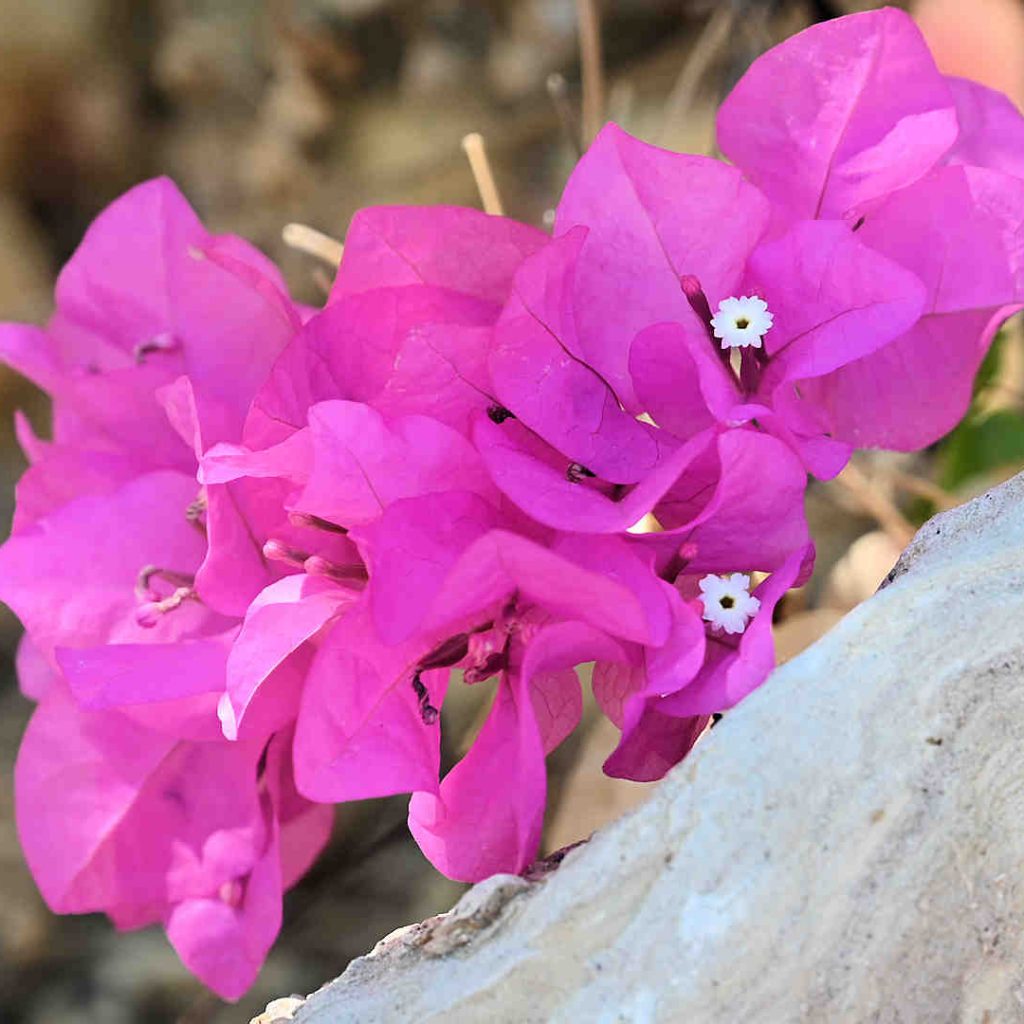
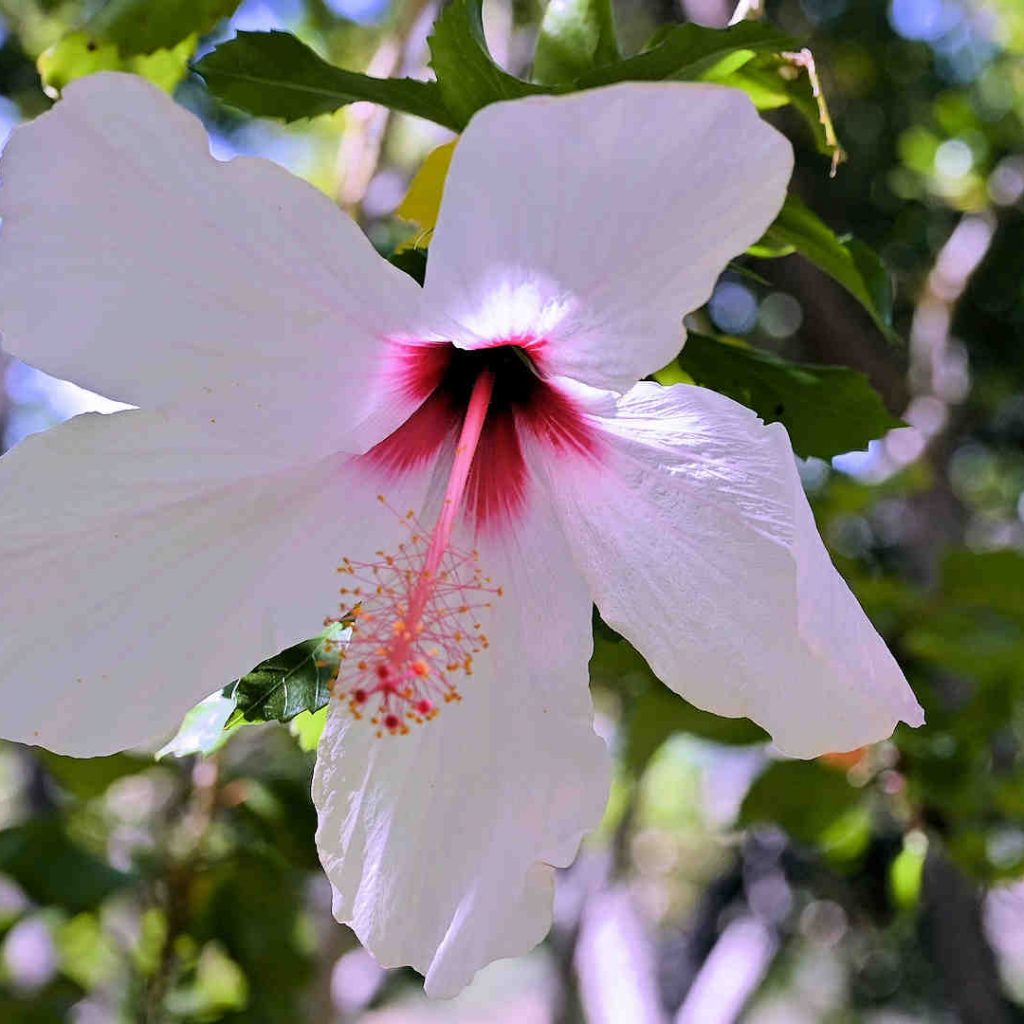
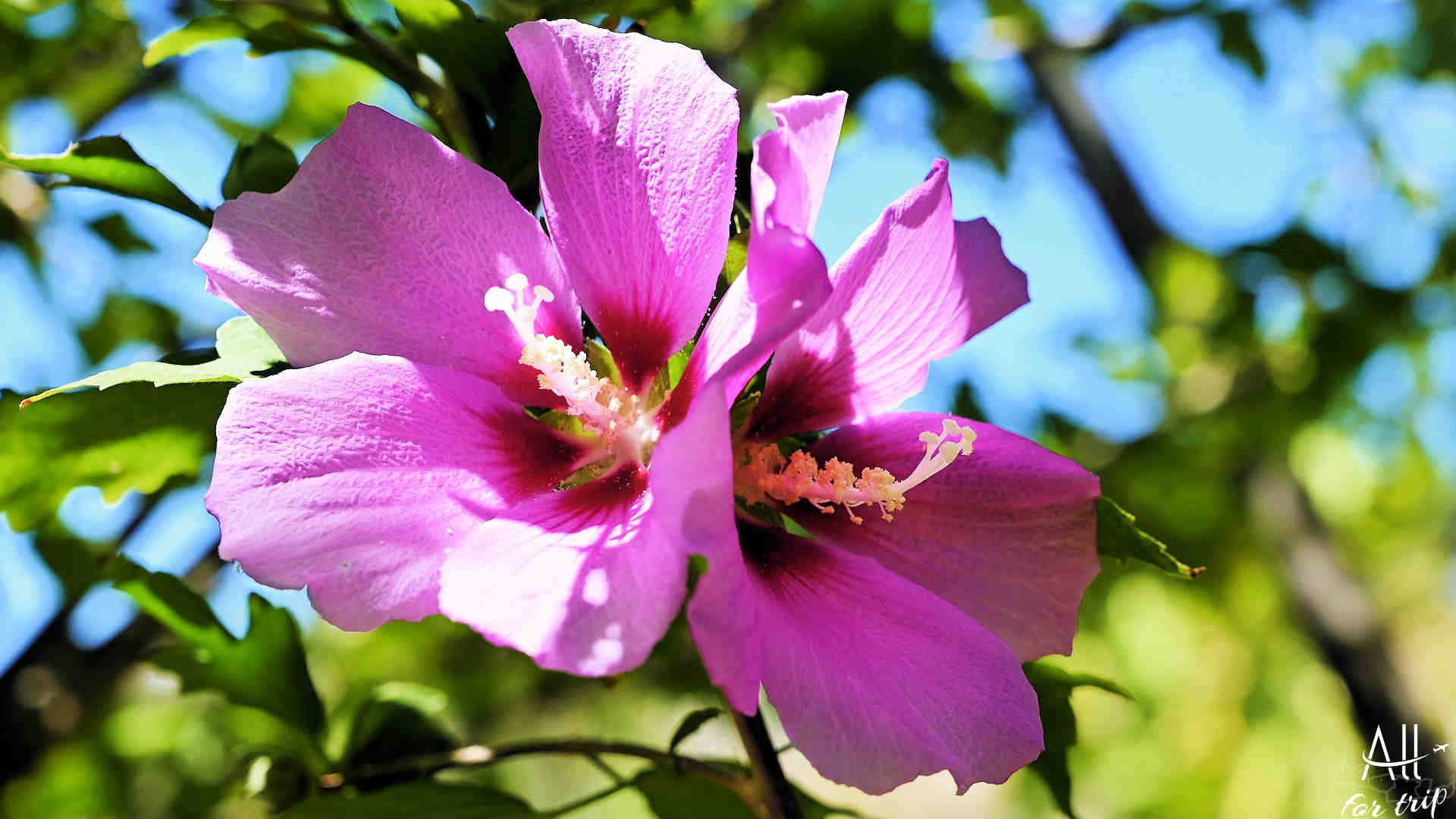
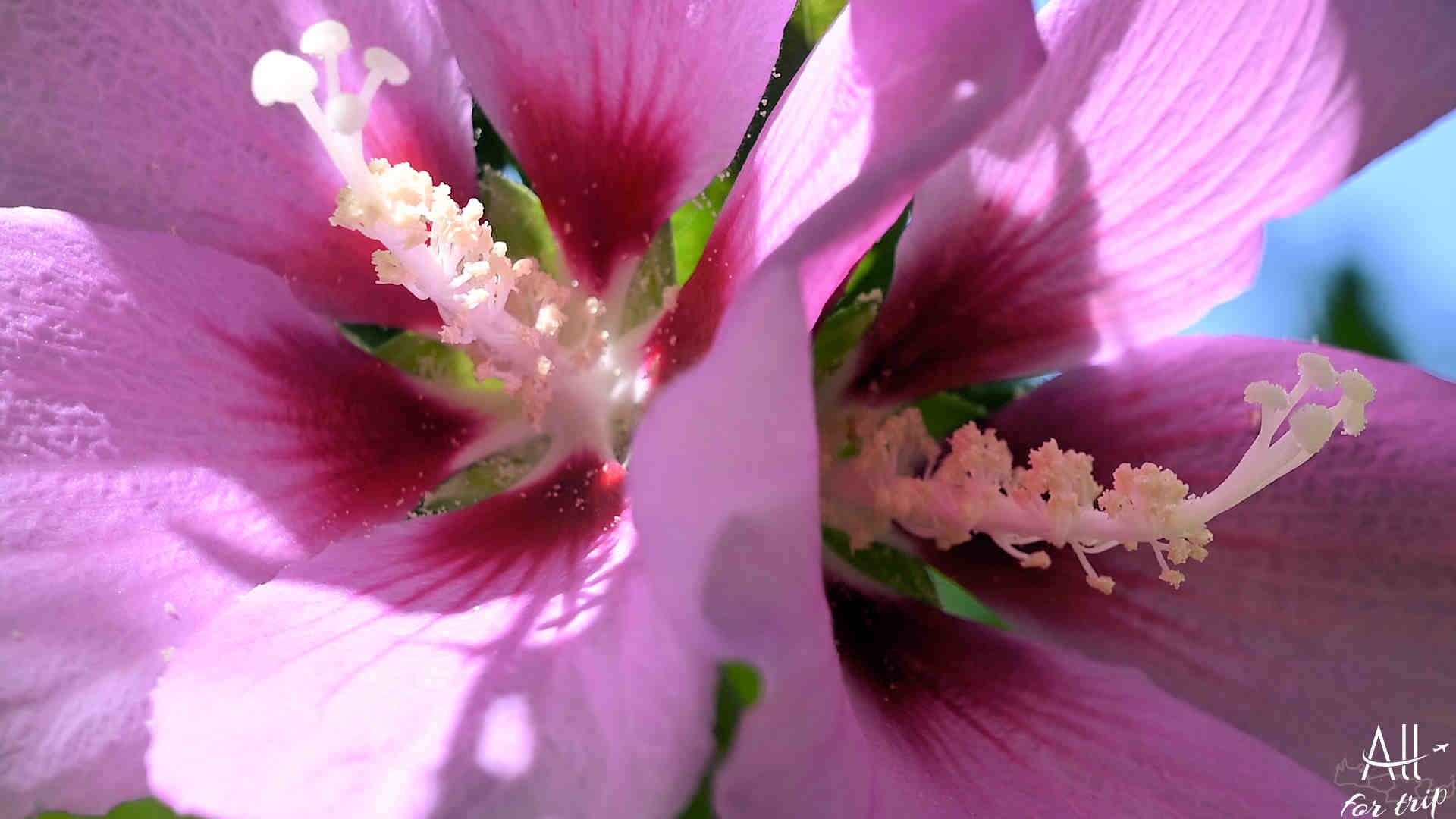
Persimmon and Clammy Cherry (Cordia obliqua) from Bengal, India – Medicinal Plant
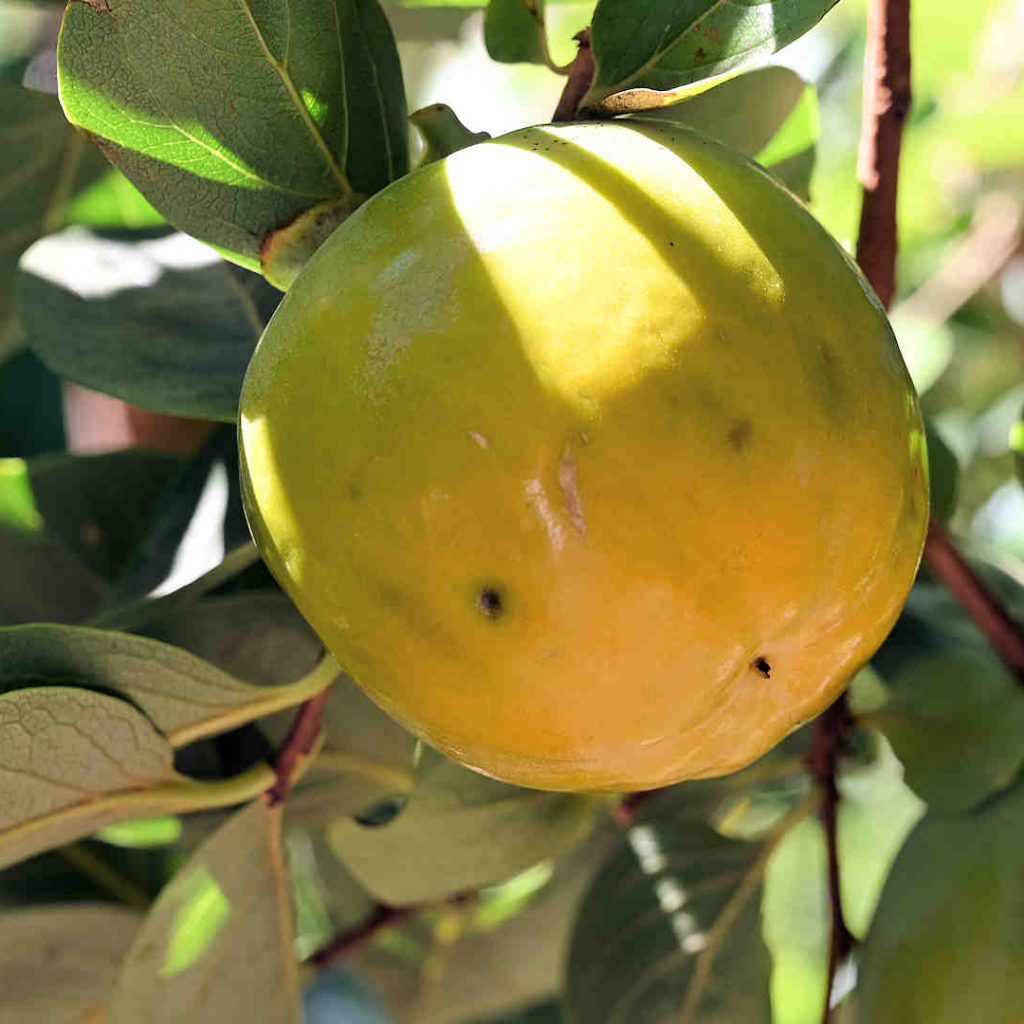
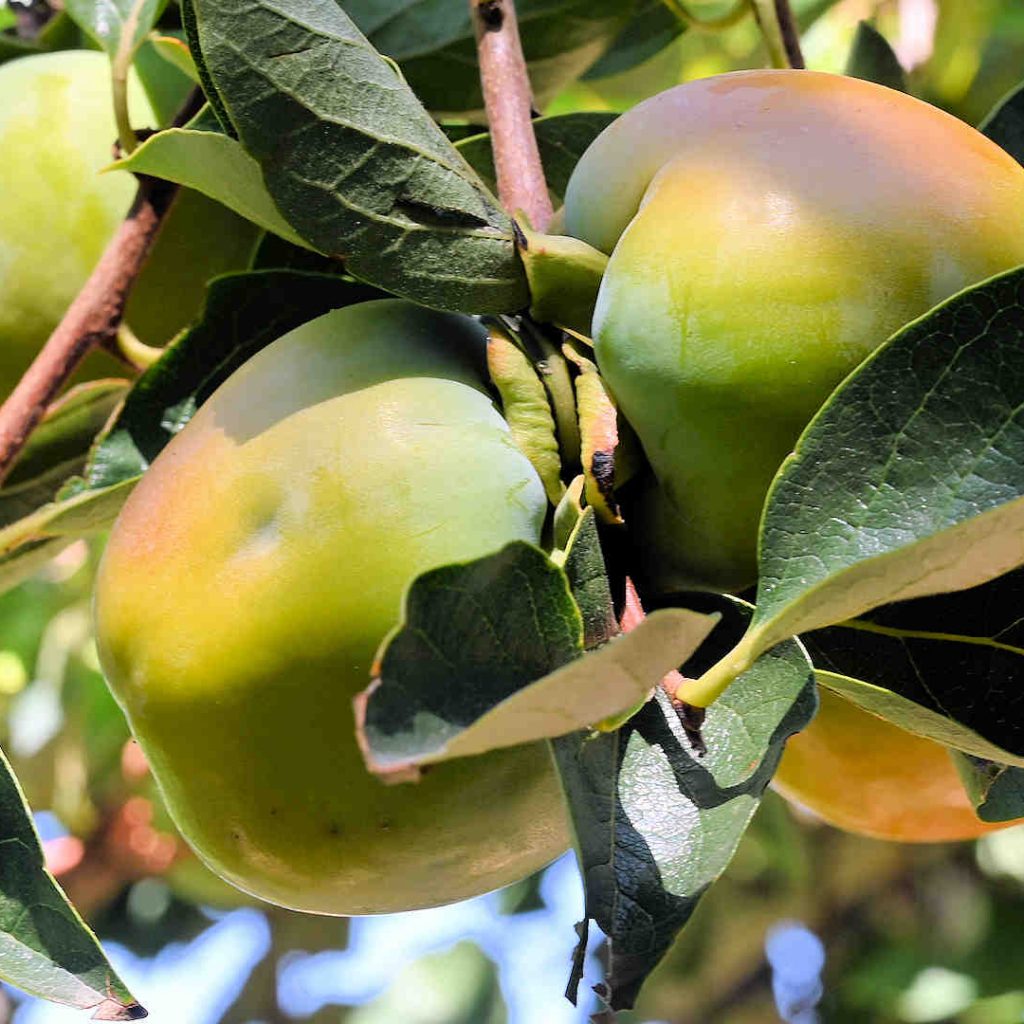
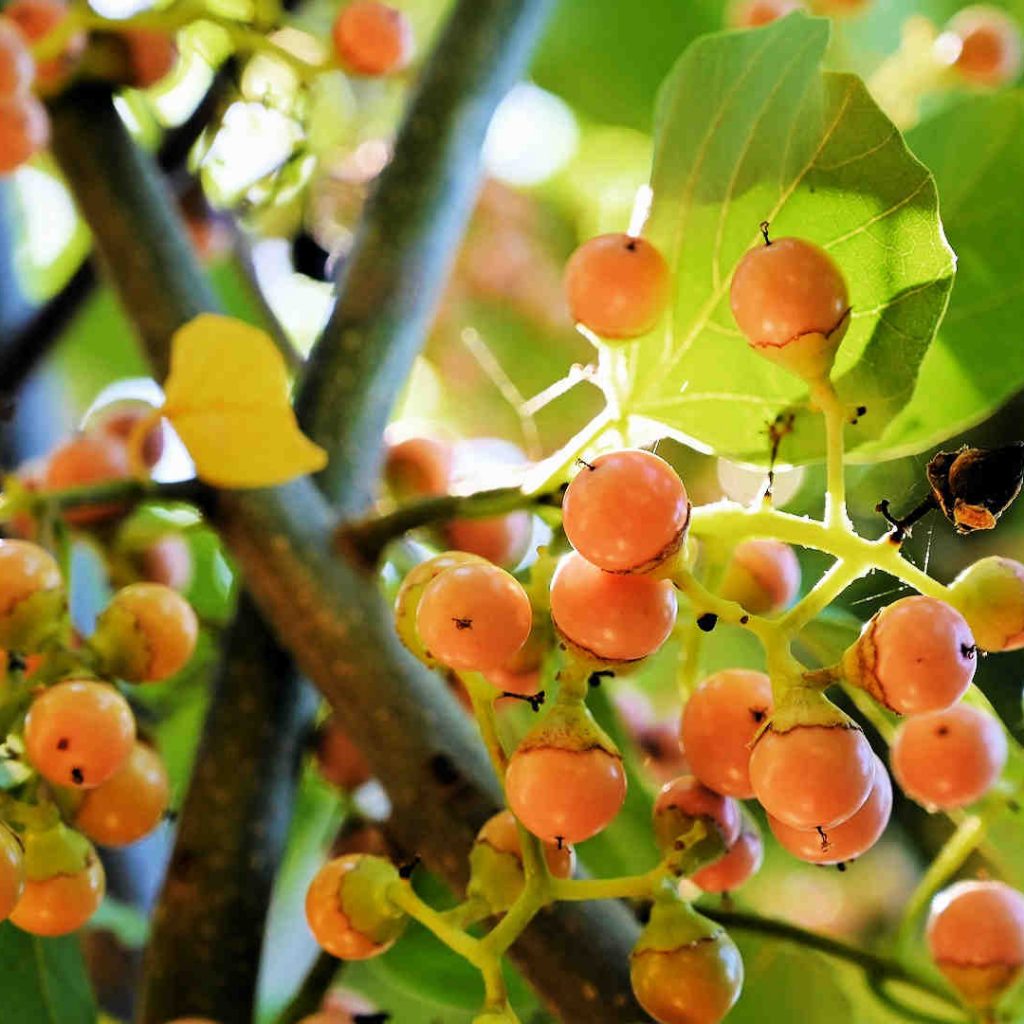
Lychee – It is a tropical tree native in southeastern China
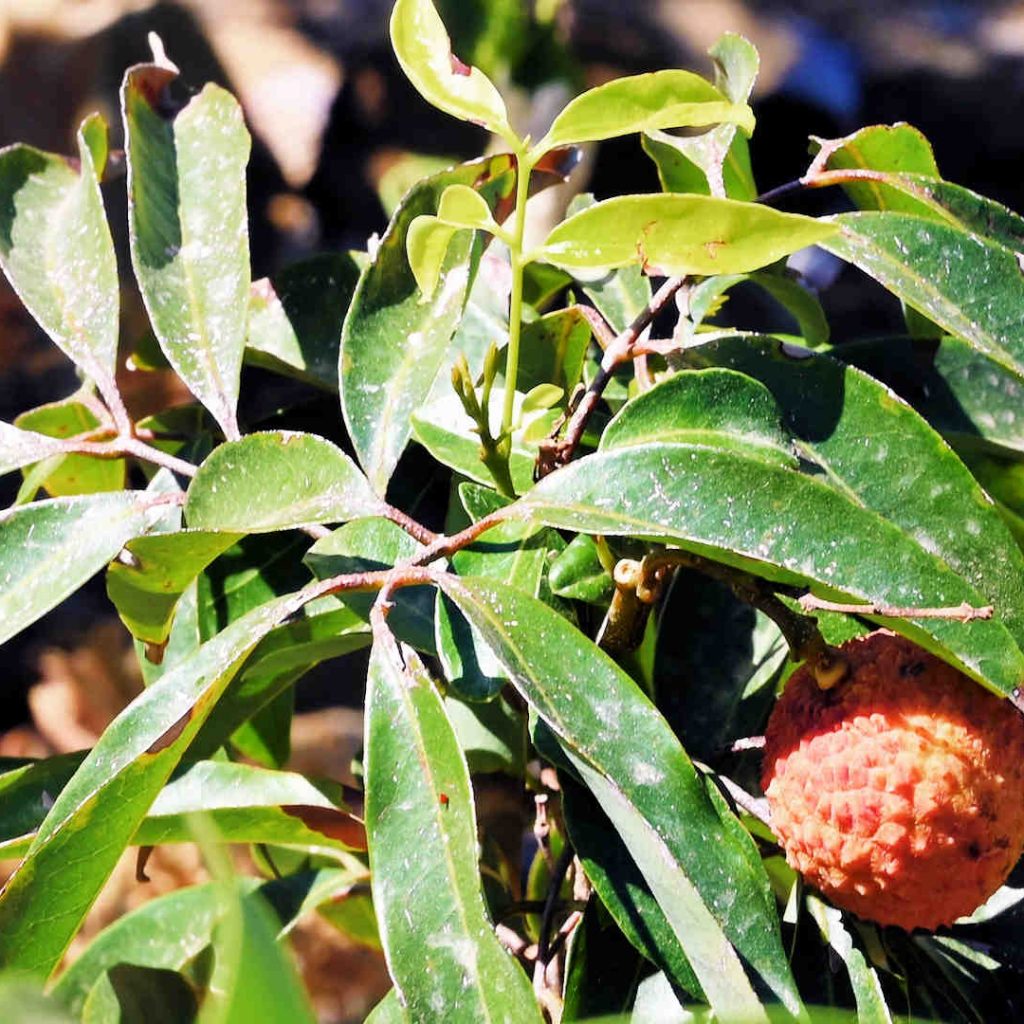
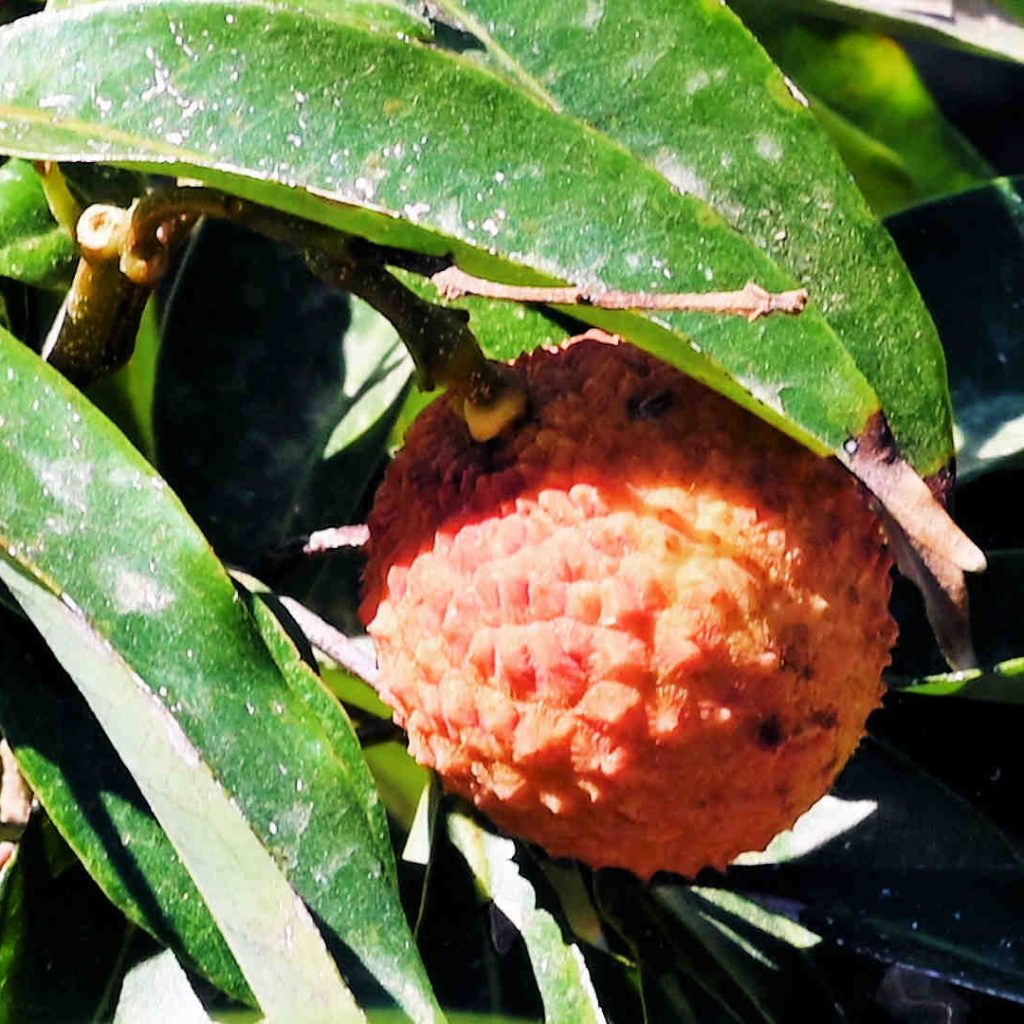
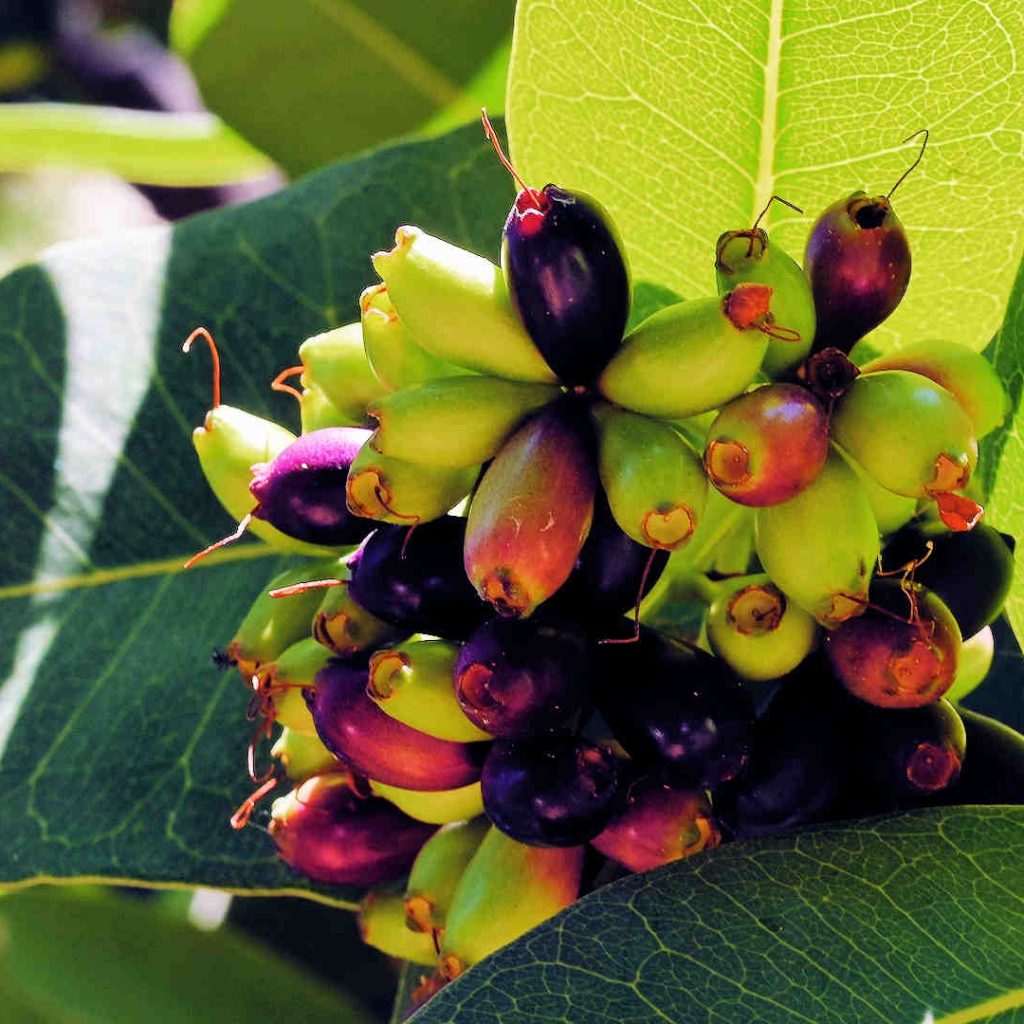
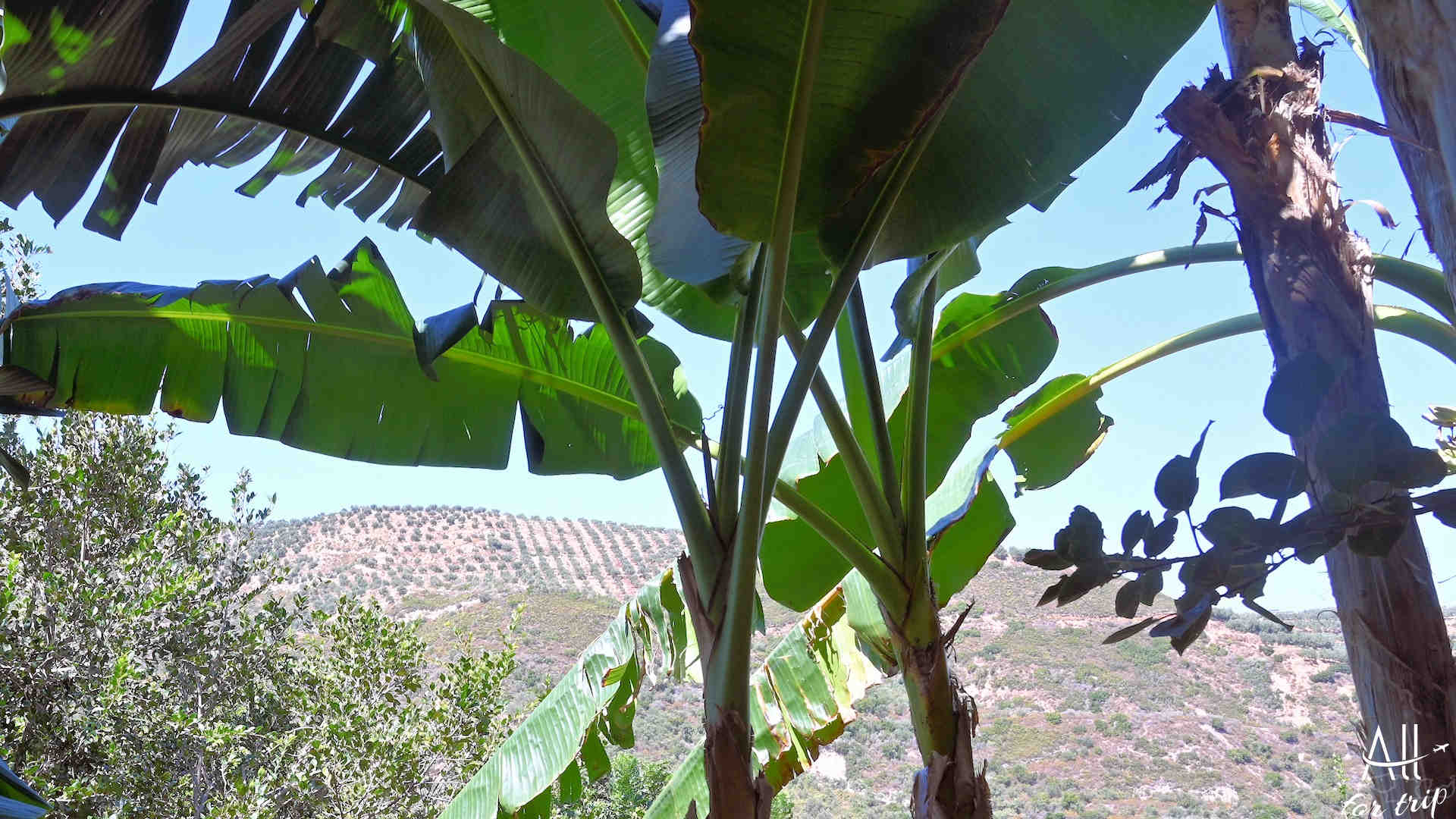
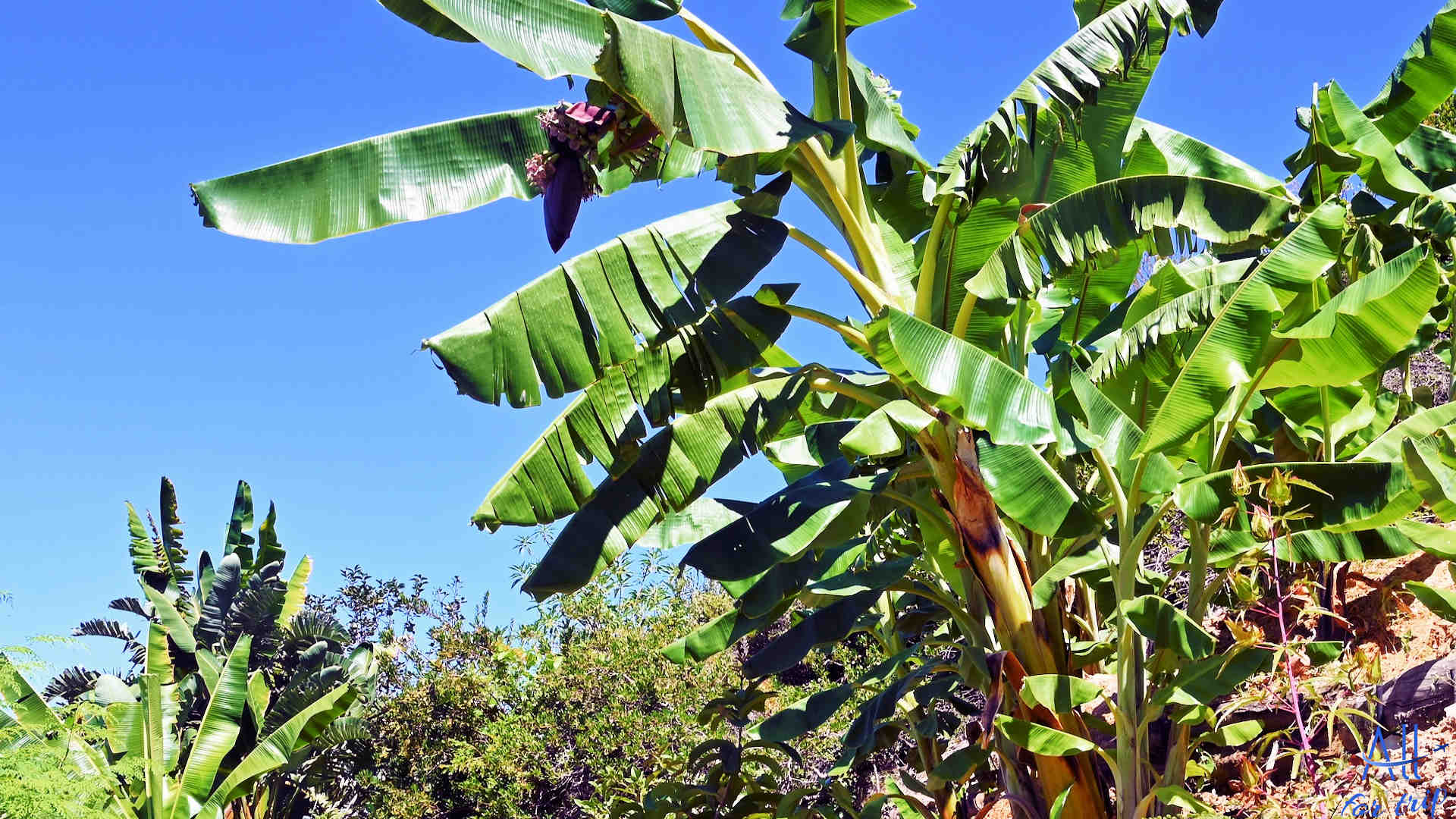
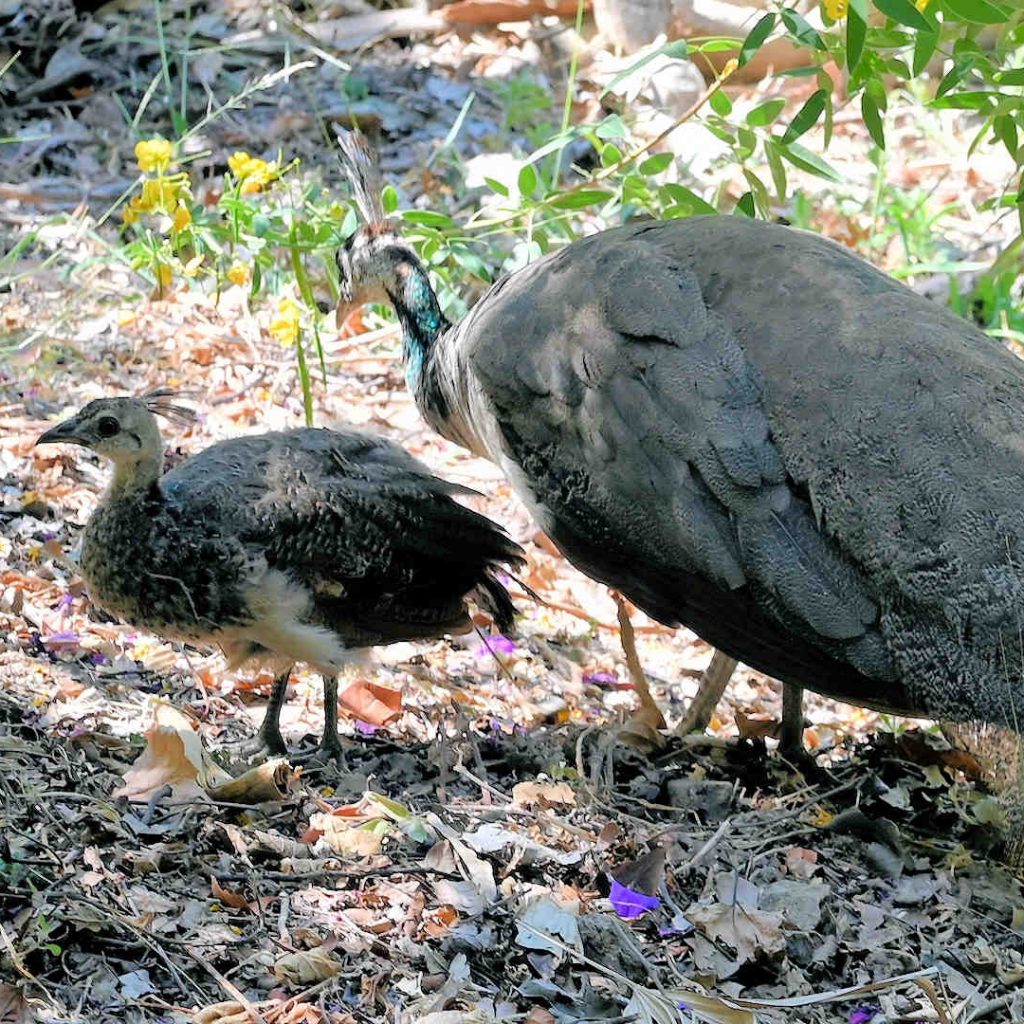
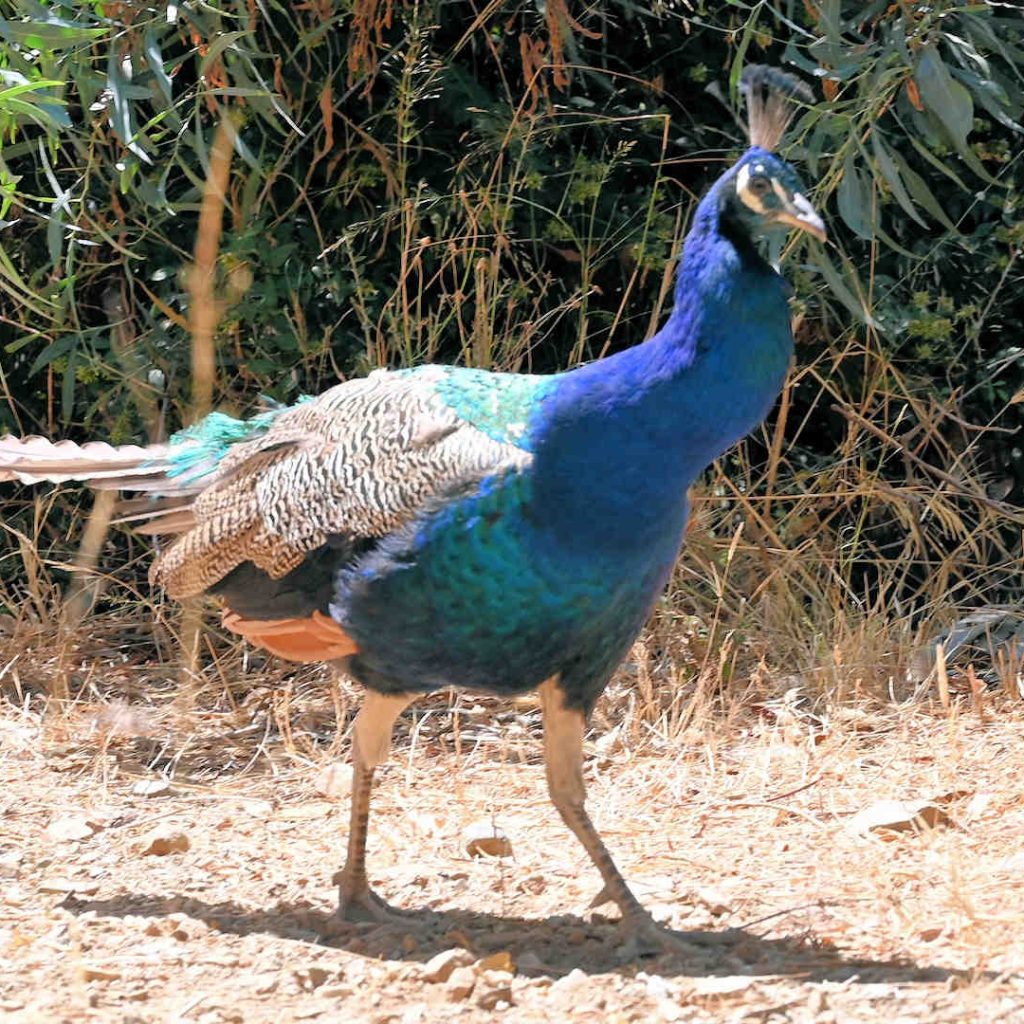
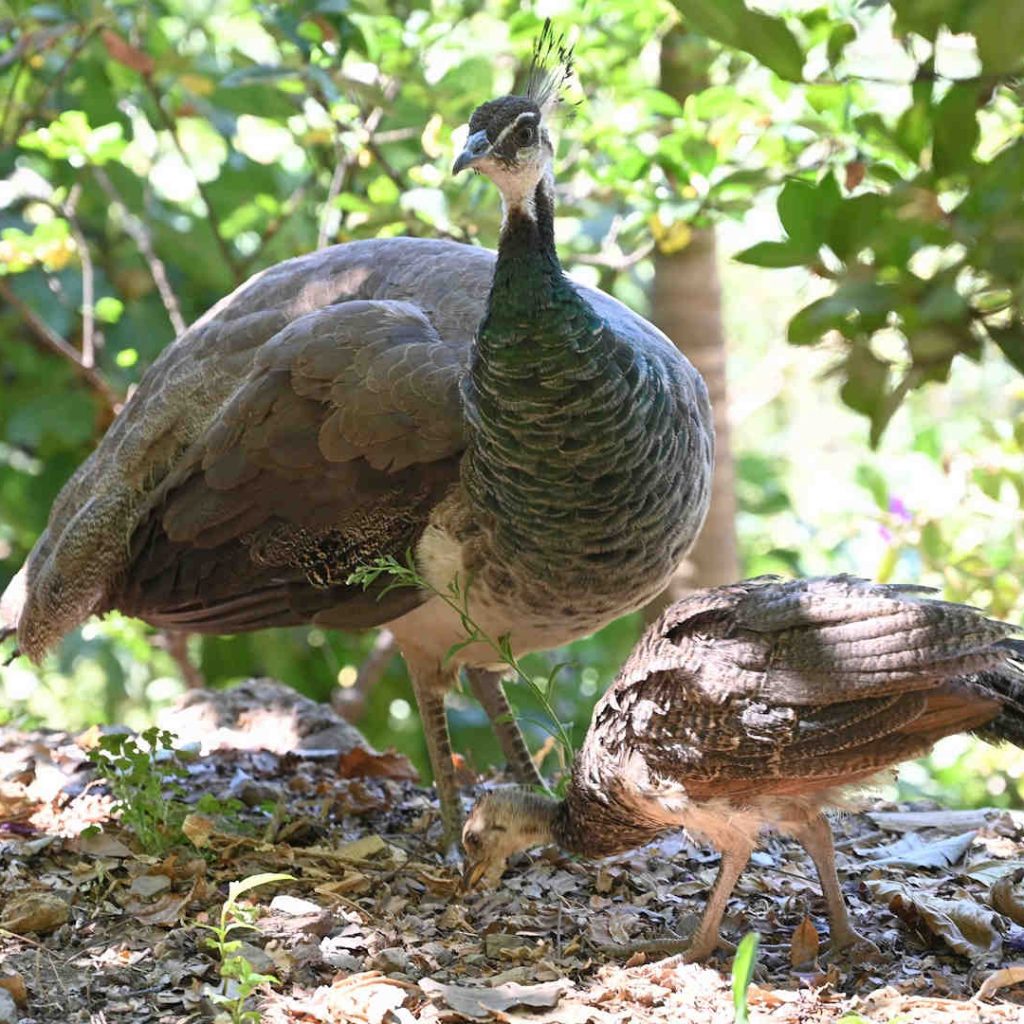
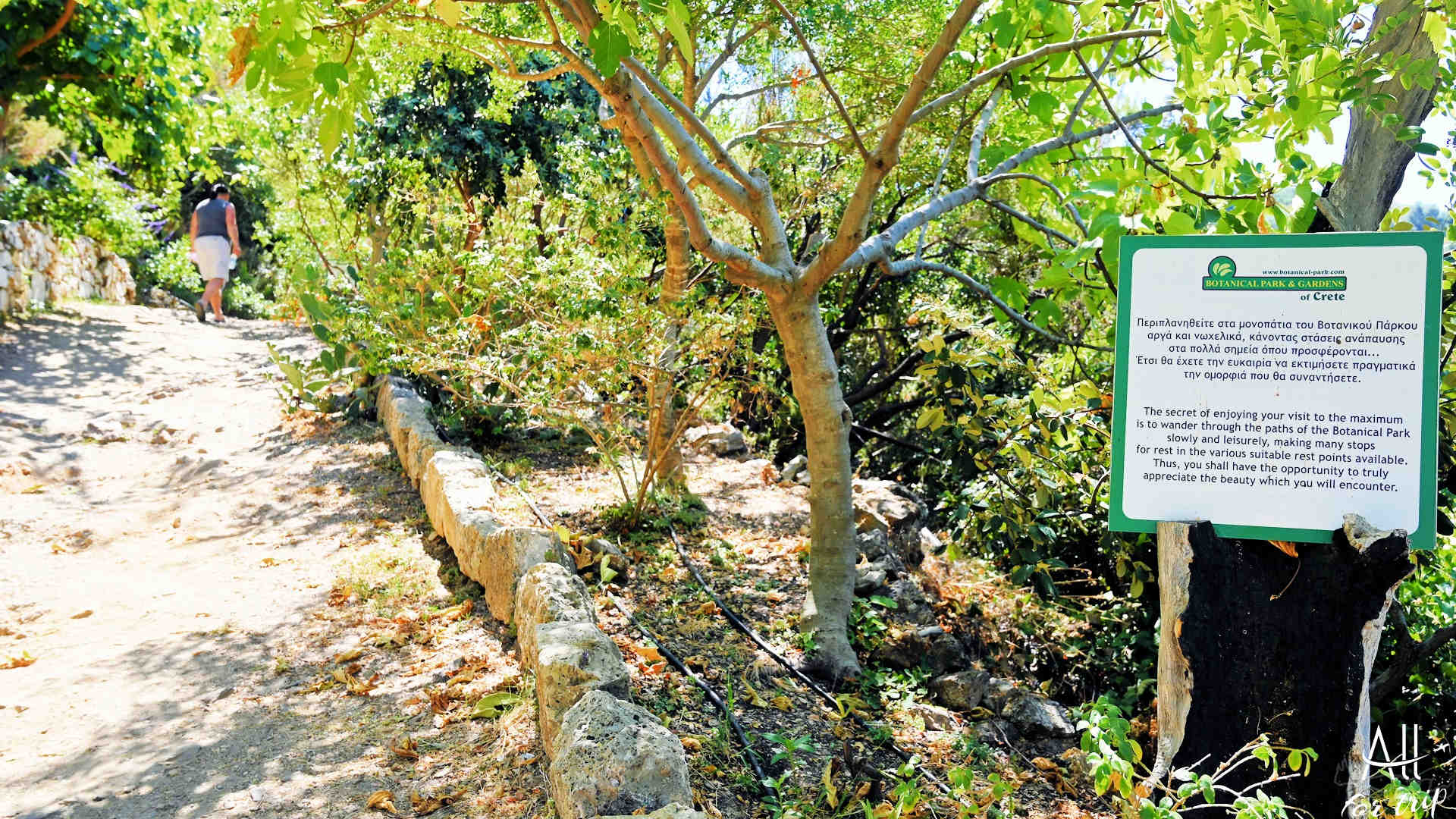
Attention:
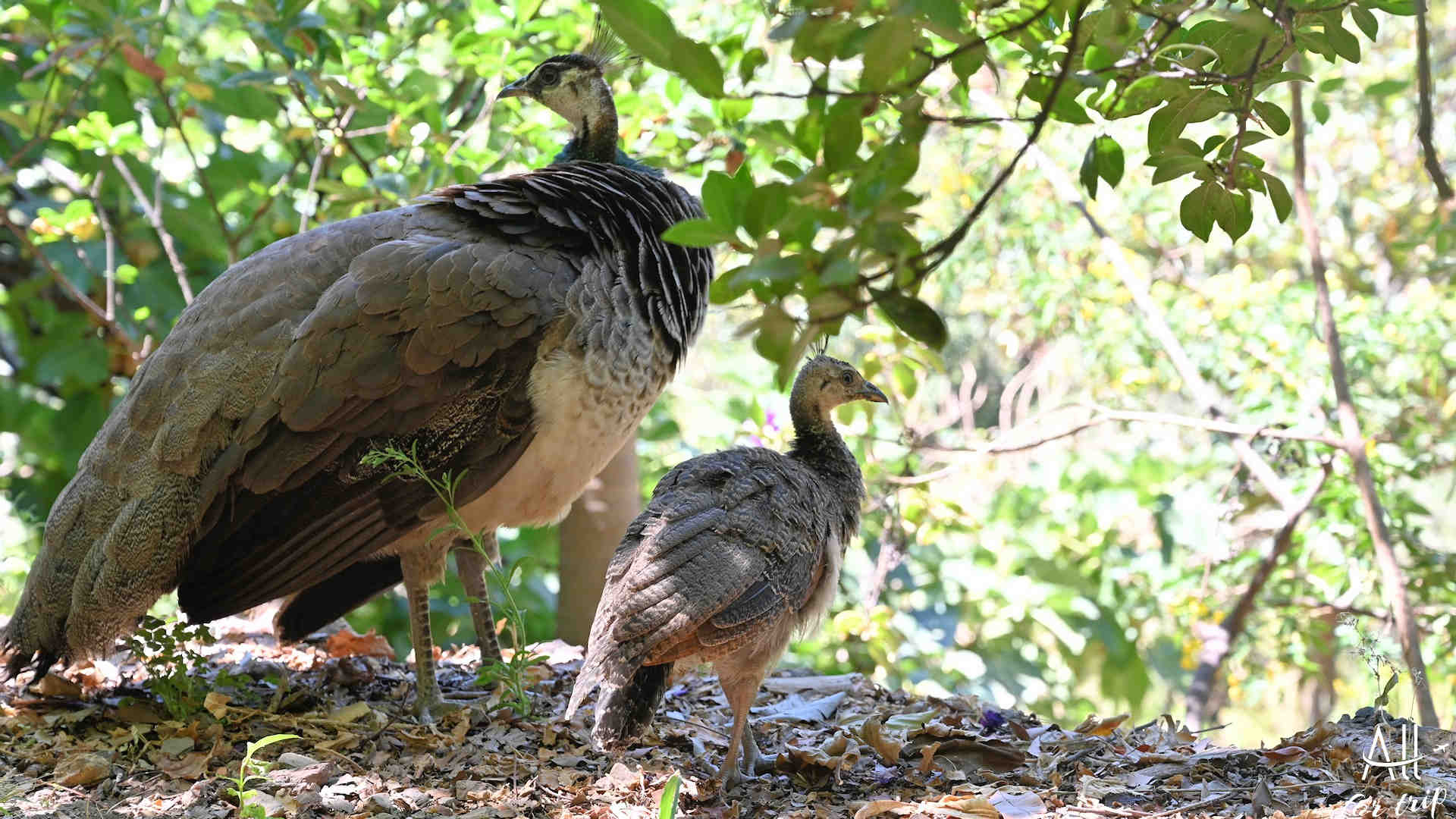
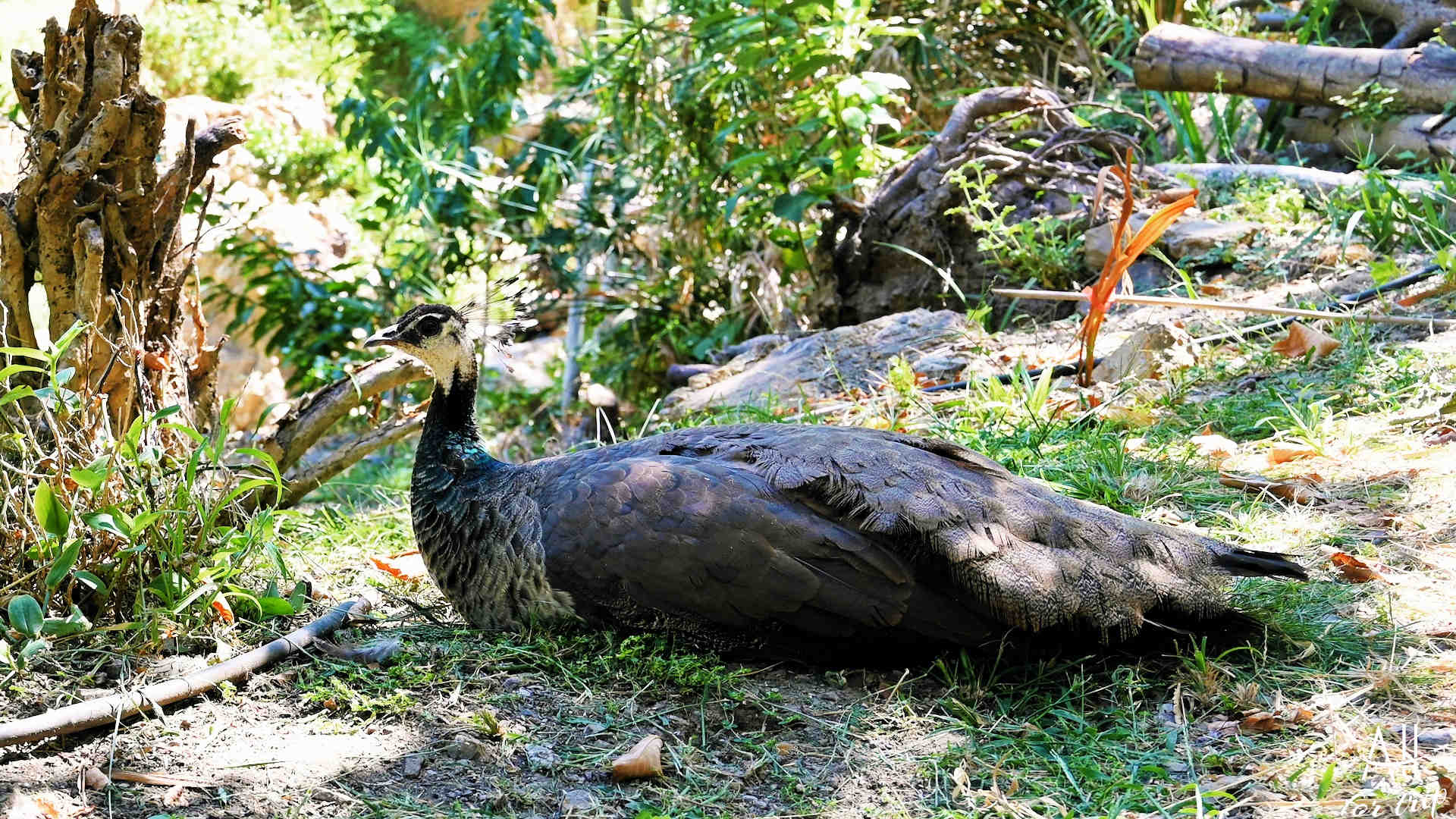
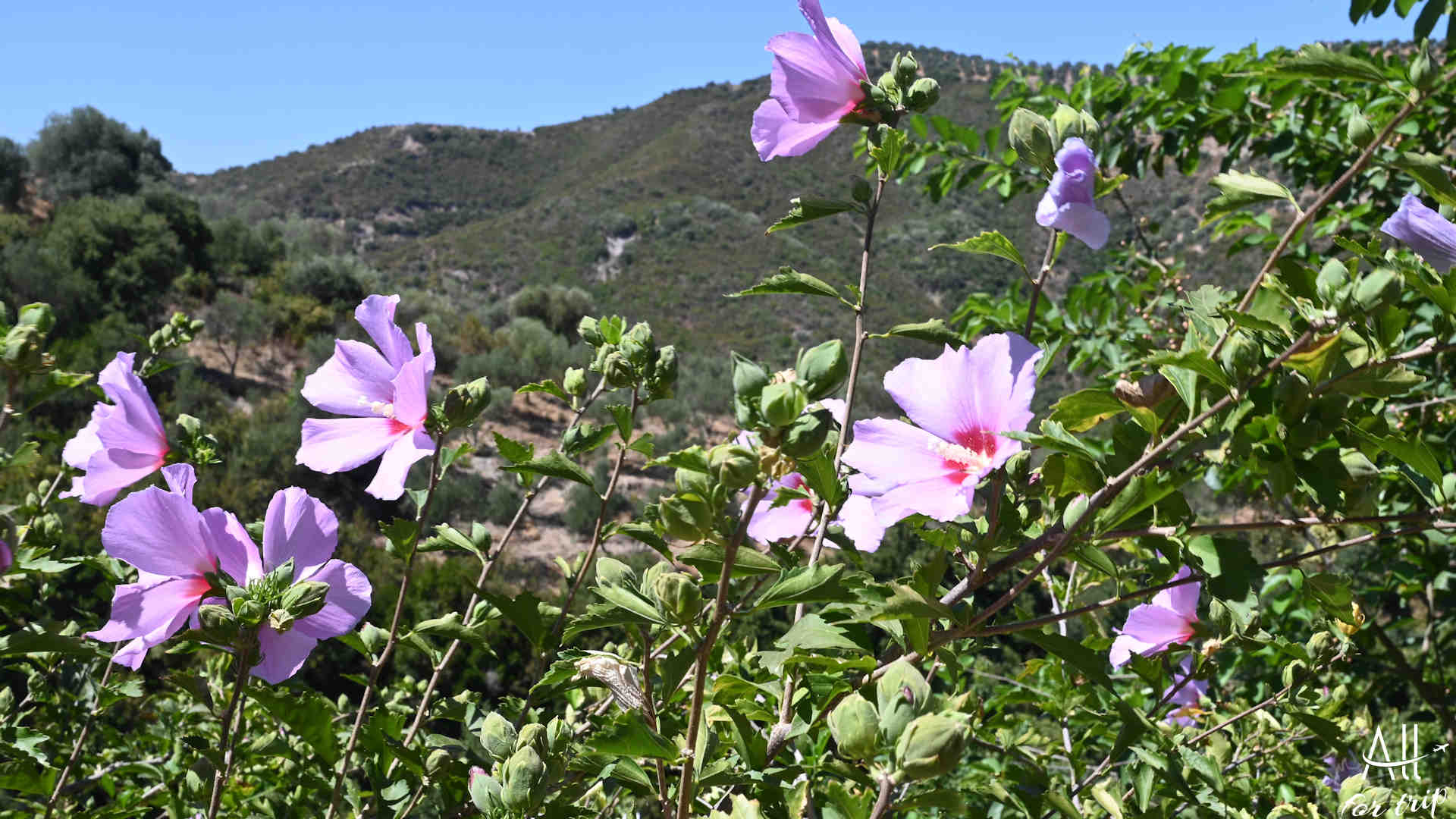
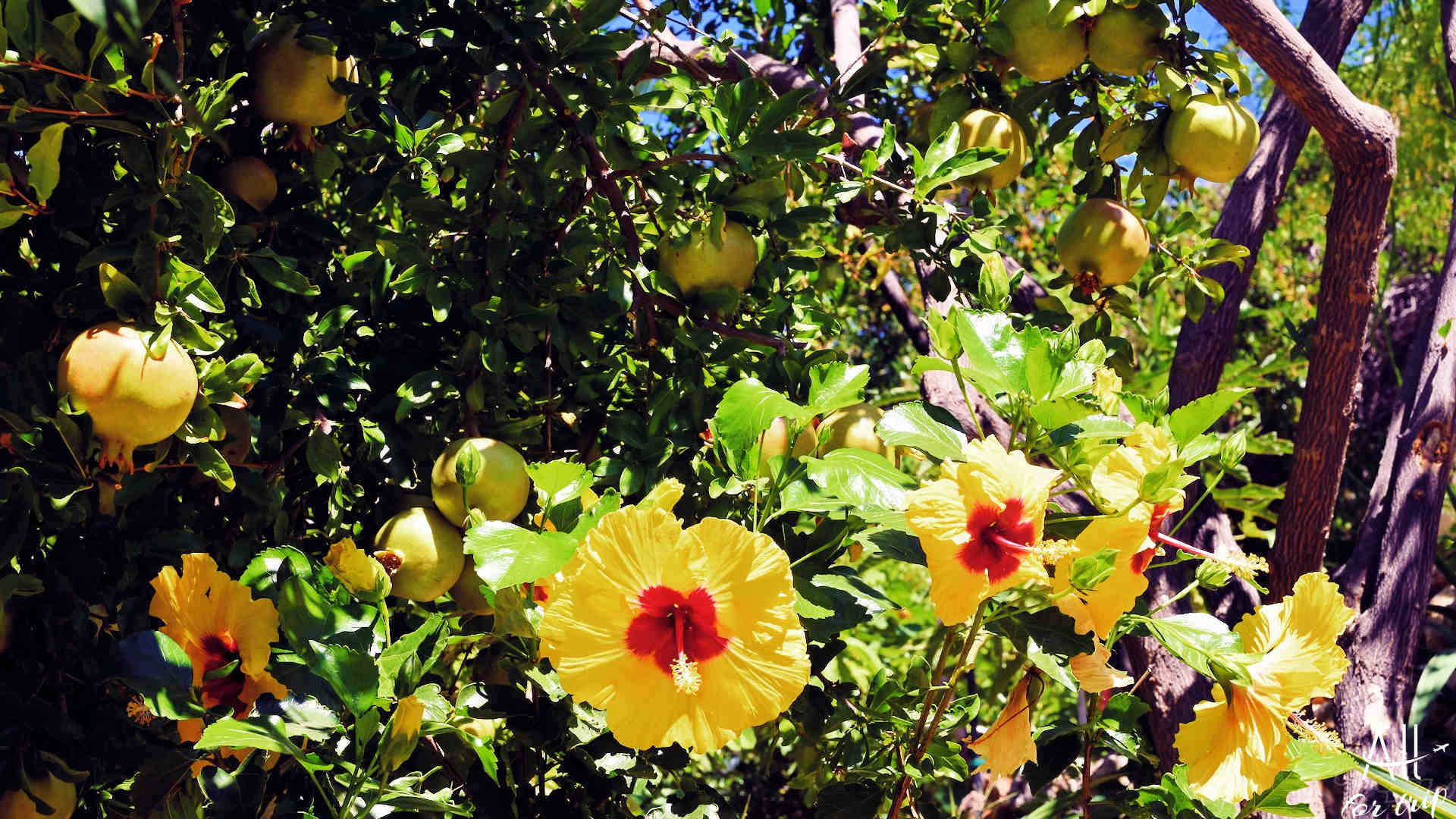
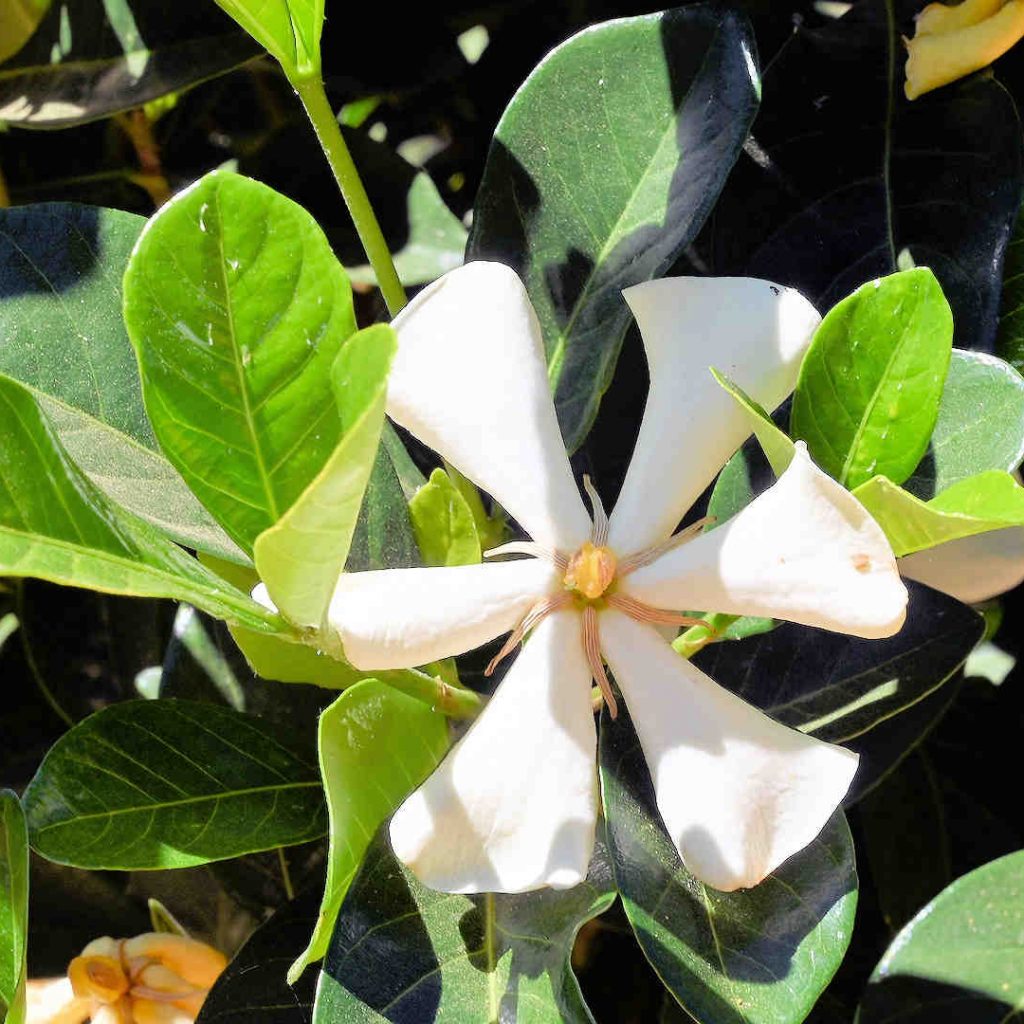
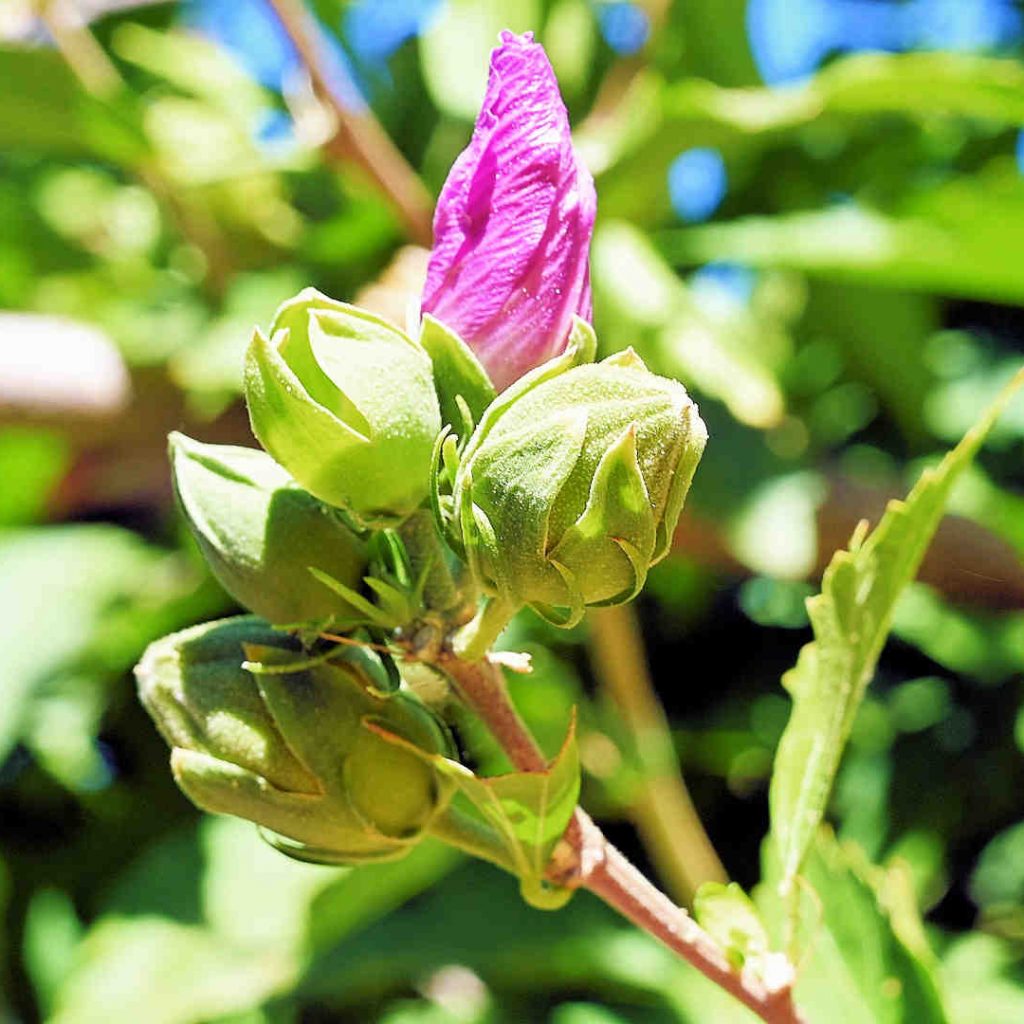
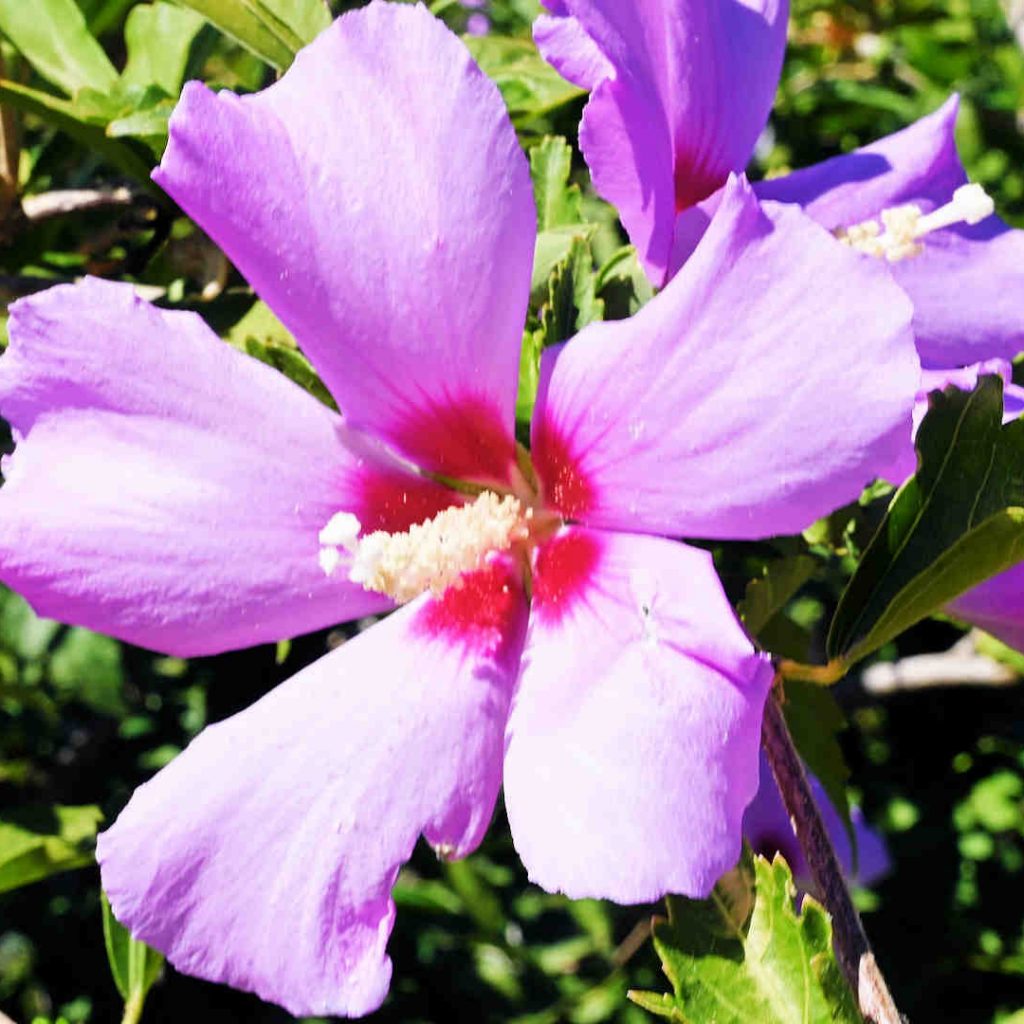
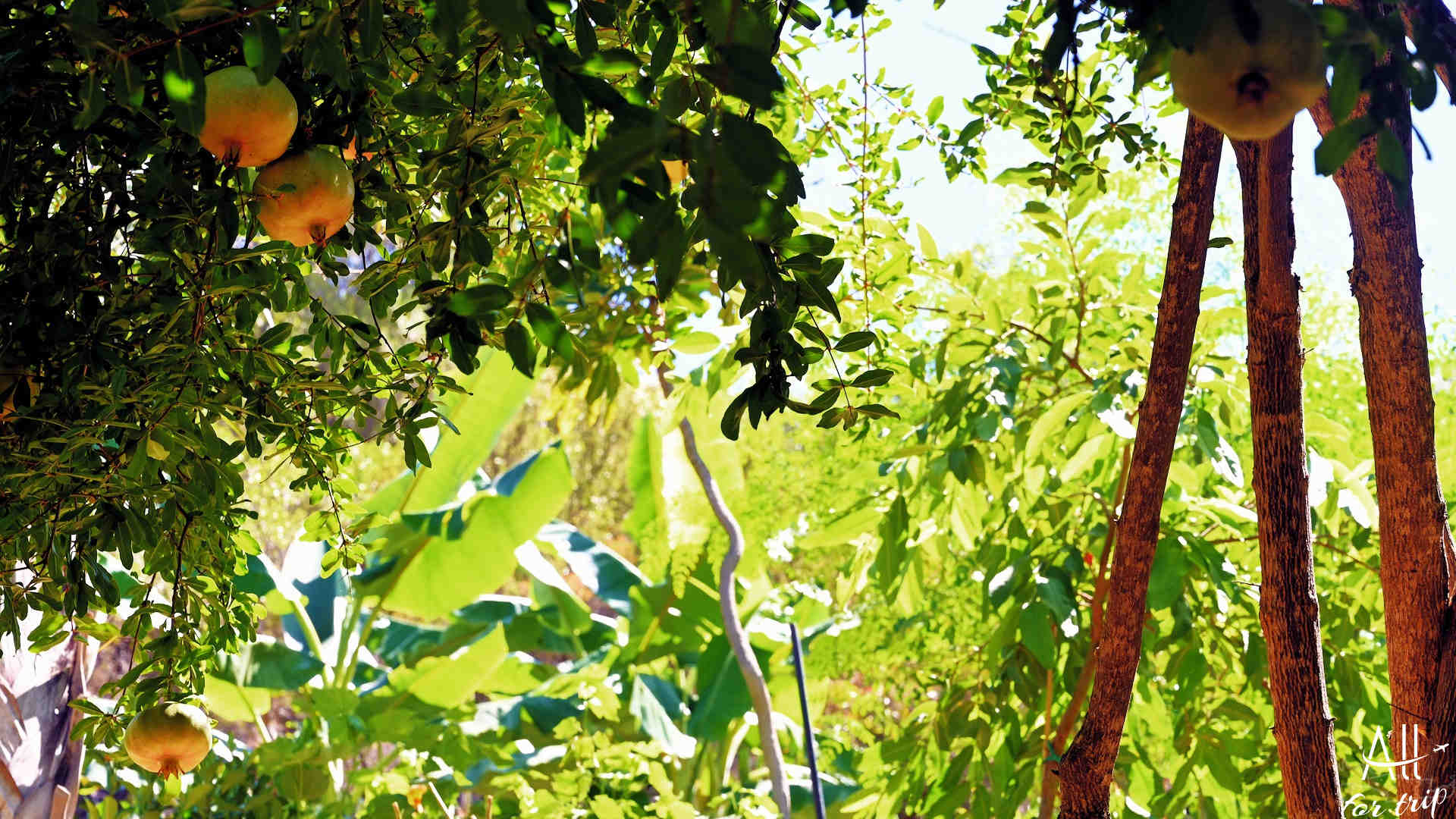
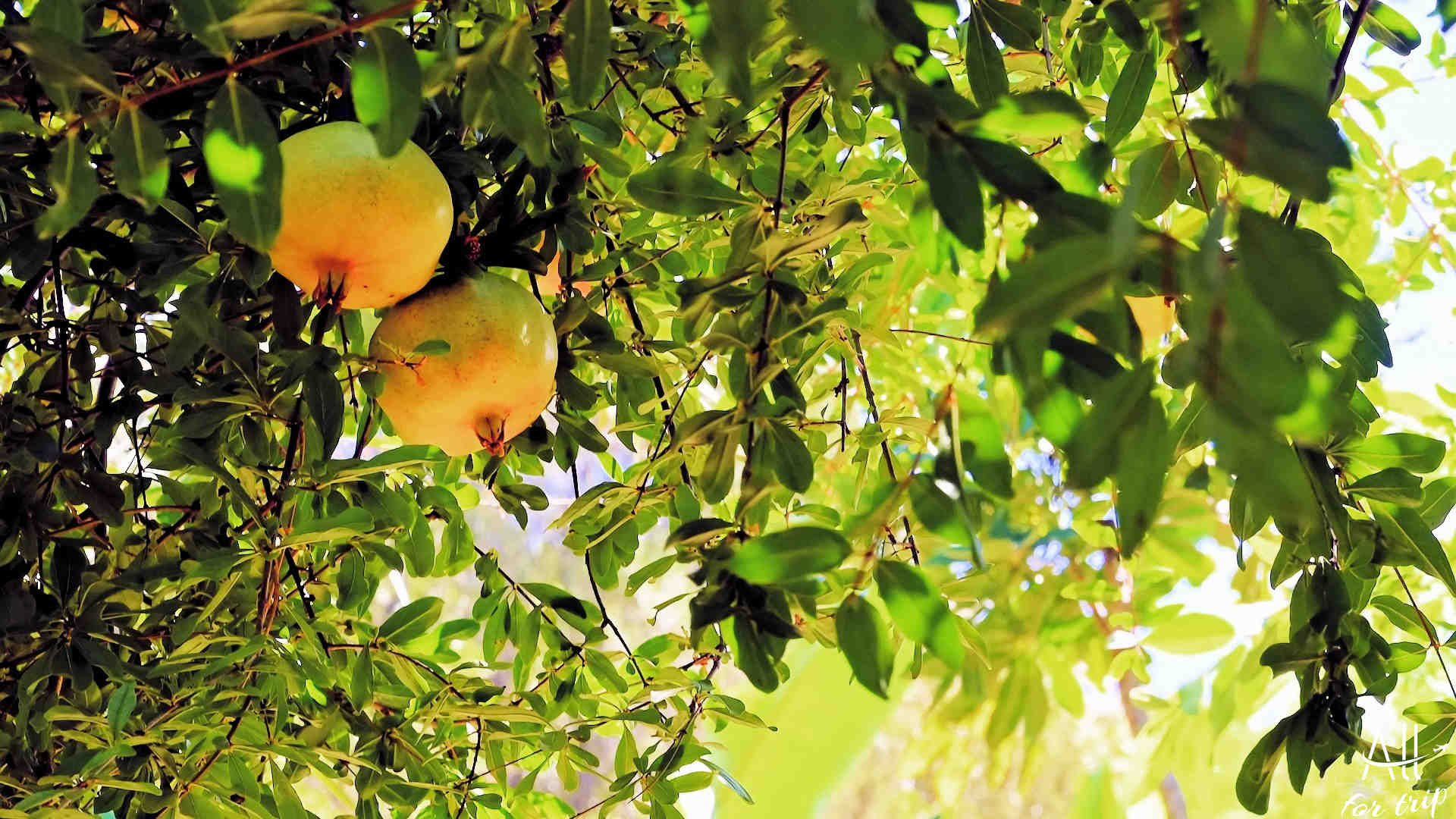
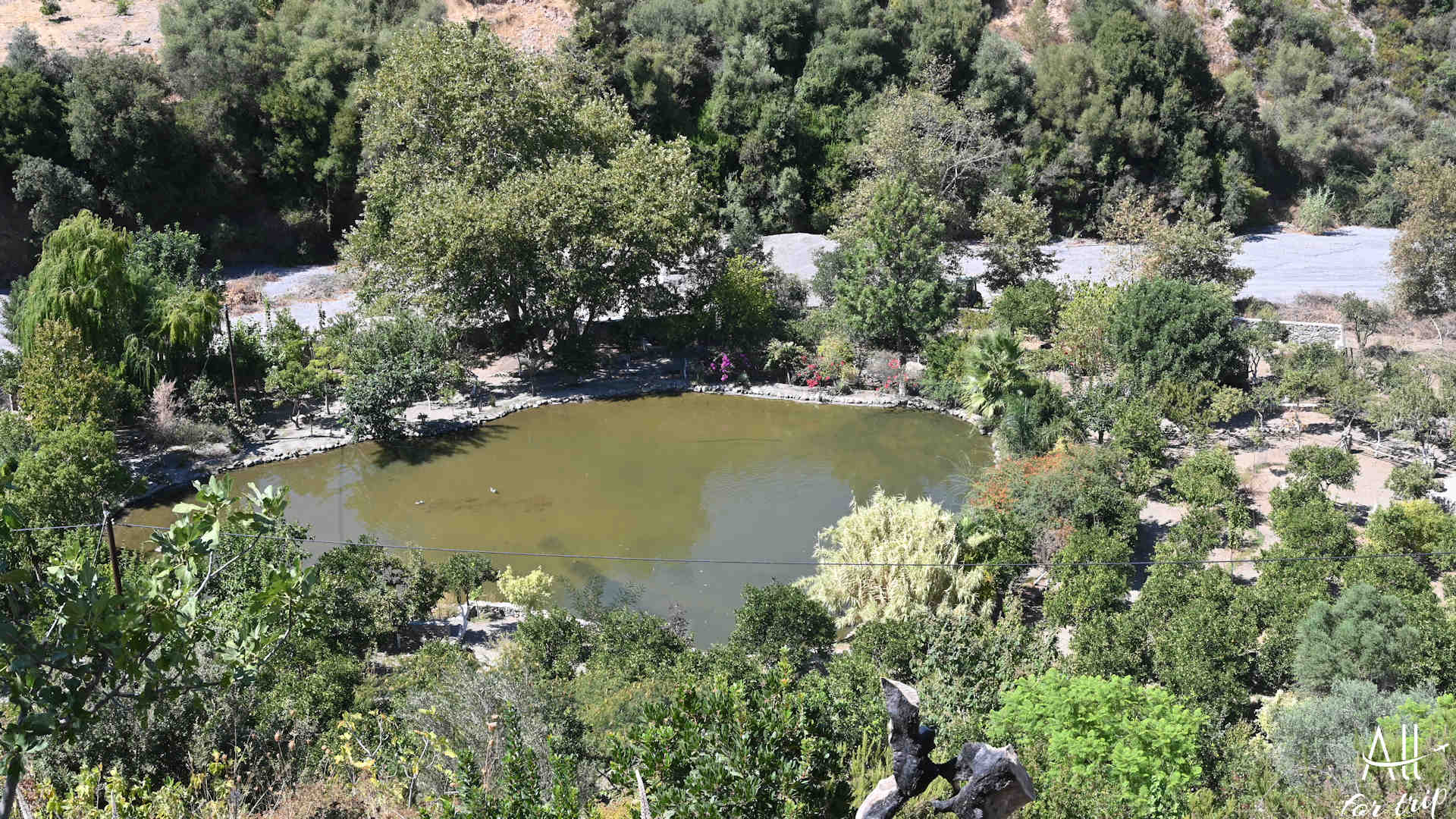
The longer road leads to the lake belonging to the park.
Wild ducks, wild geese and other waterfowl can be seen by the lake. In the air we can see hawks, falcons flying.
The park is different in all seasons. There are other flowers in spring, other flowers in summer and other in autumn.
There are fruit trees, which bear fruit in the spring. Other fruit trees produce fruit in summer.
The park has an outdoor stone amphitheatre that can accommodate about 250 people. Various events are usually held here.
Blue Lilly Pilly (Syzygium oleosum), Blue cherry – Fruit tree – from Eastern Australian. Native in the rainforests
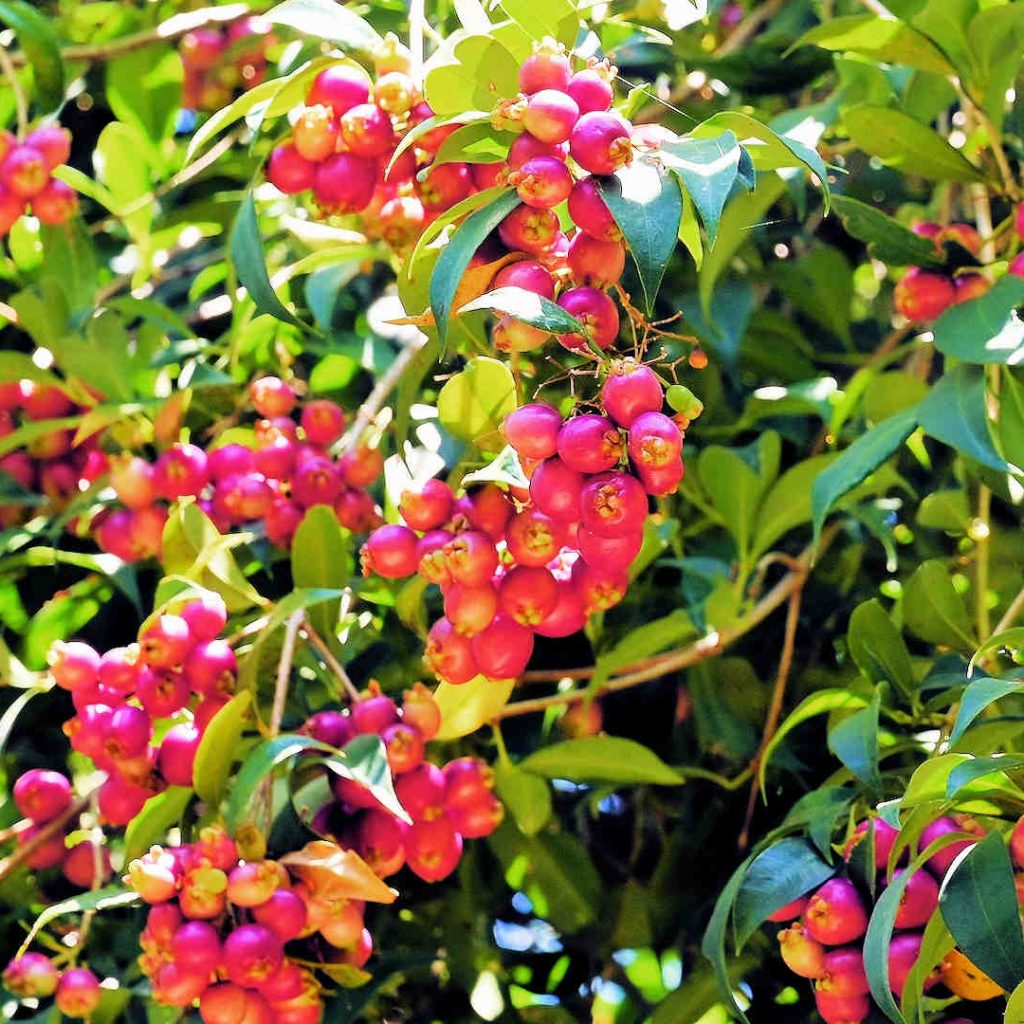
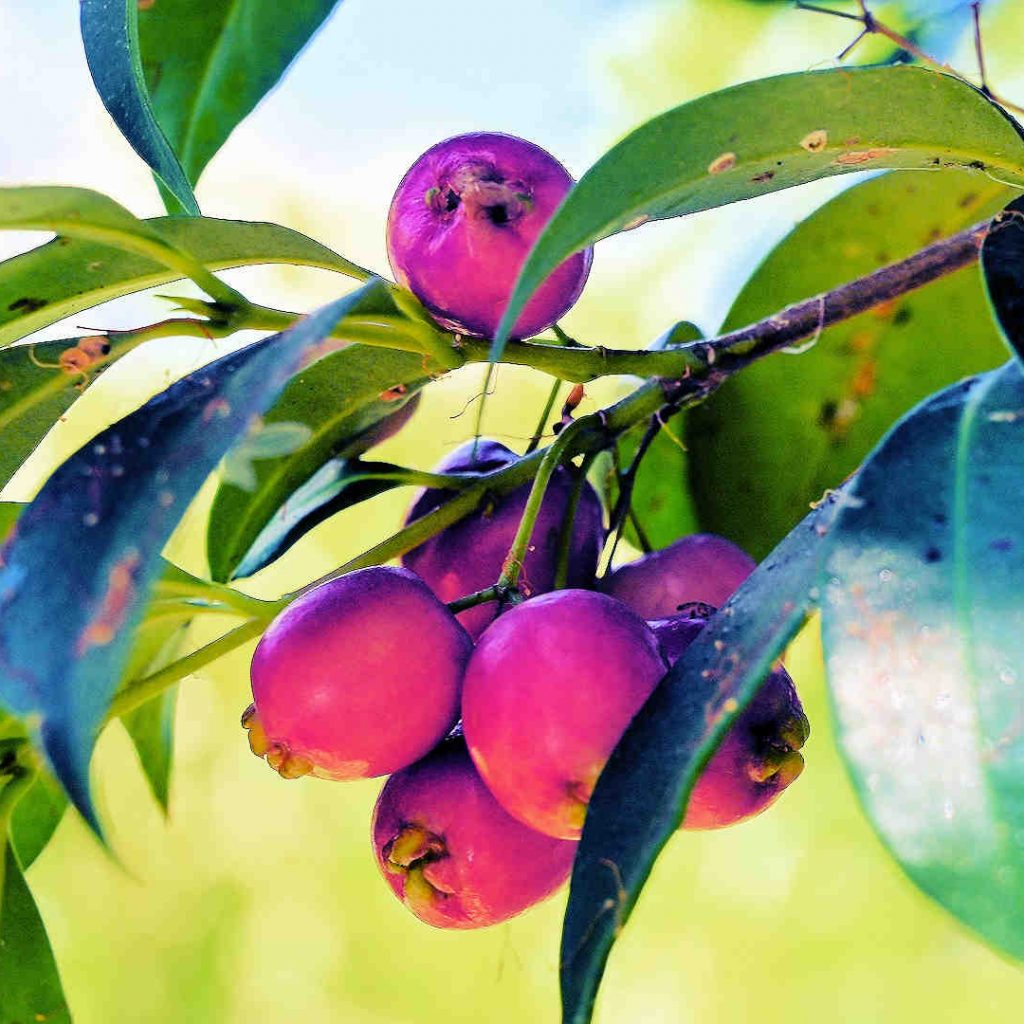
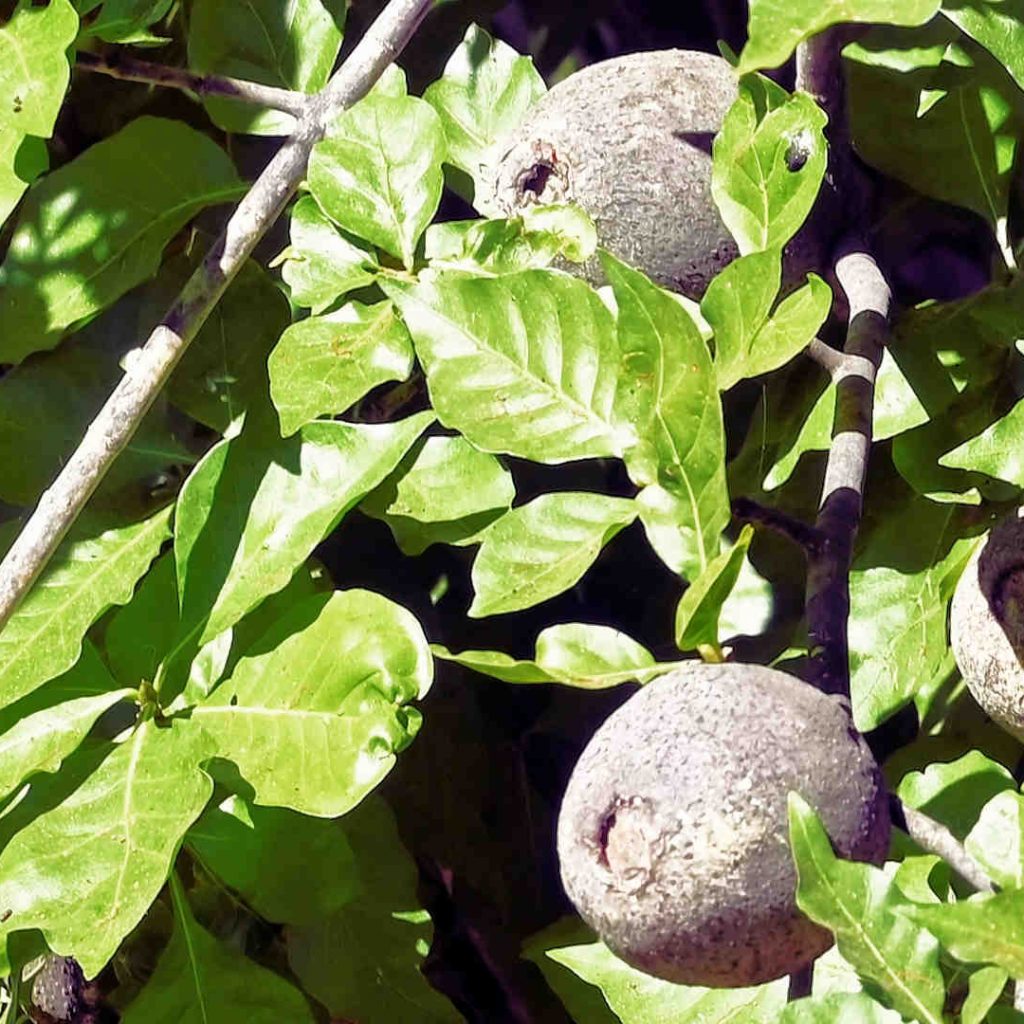
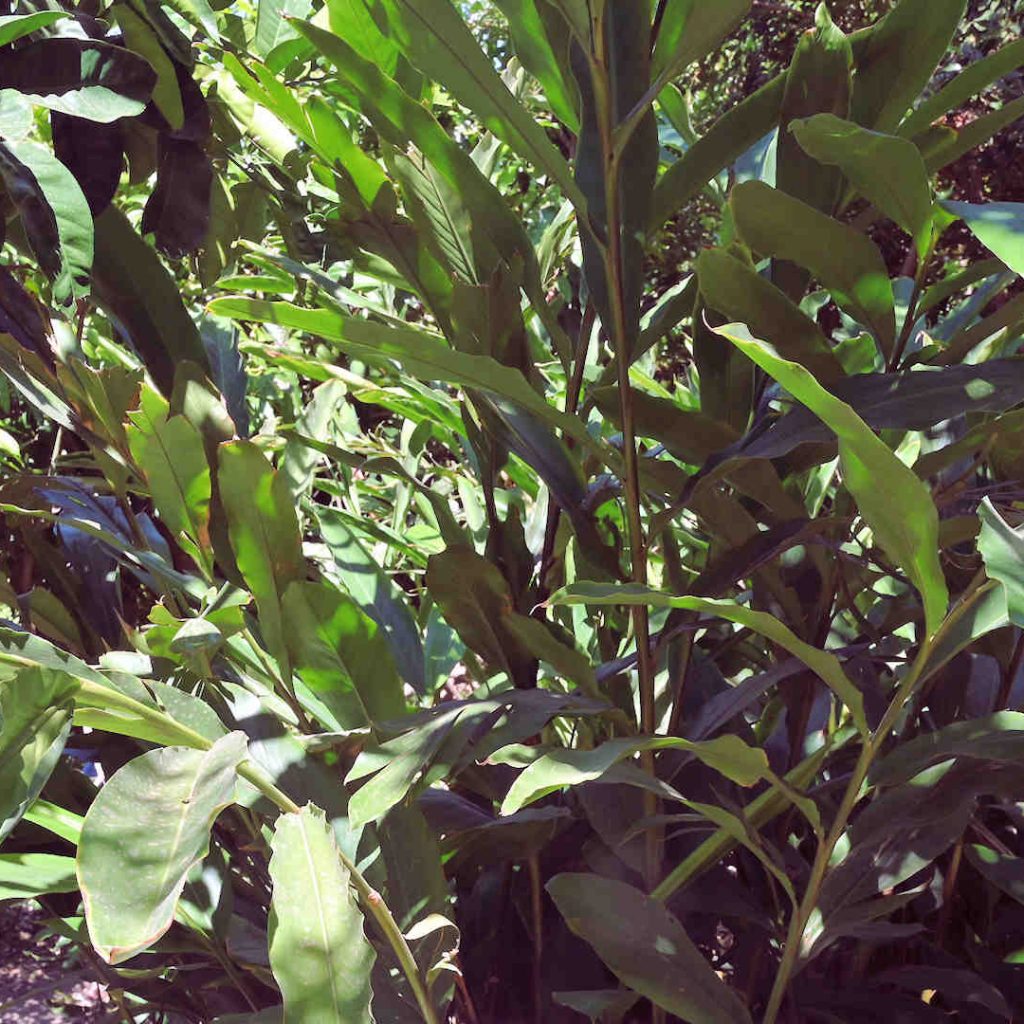
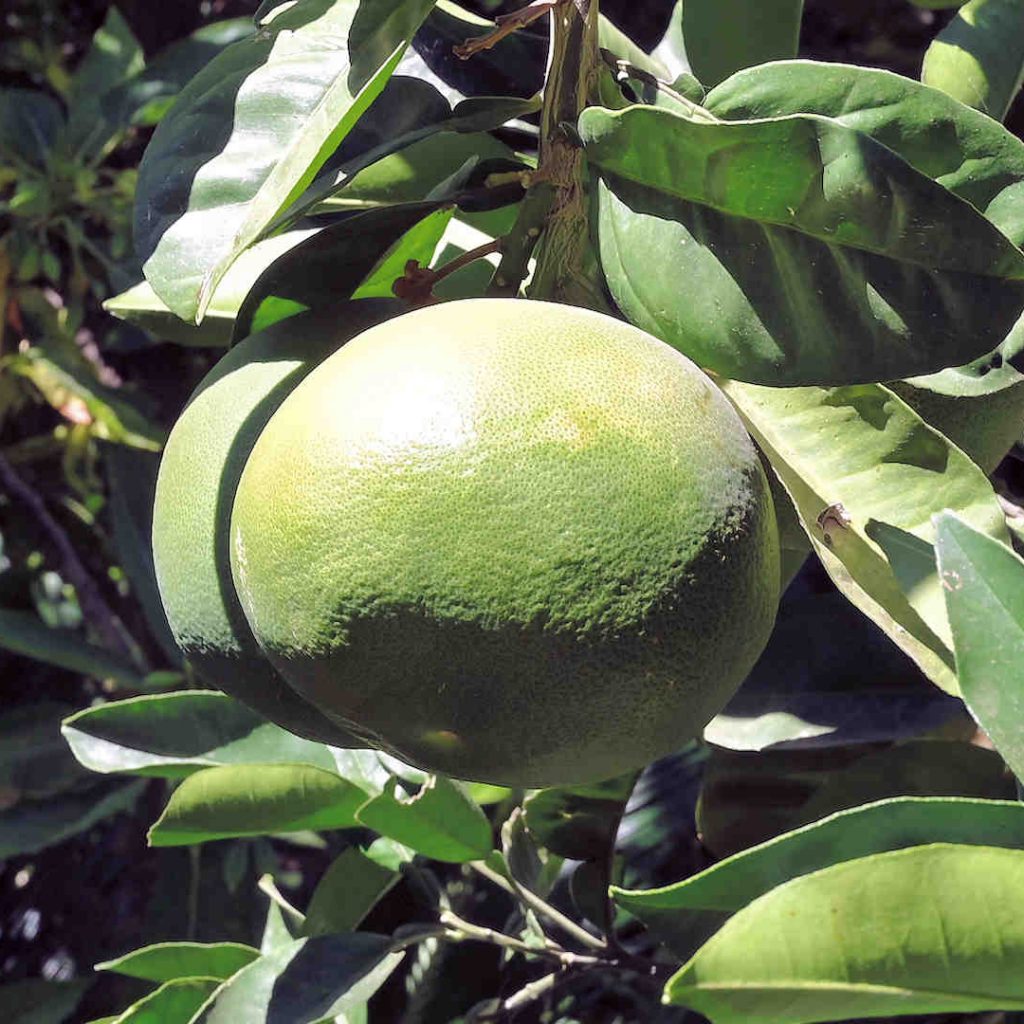
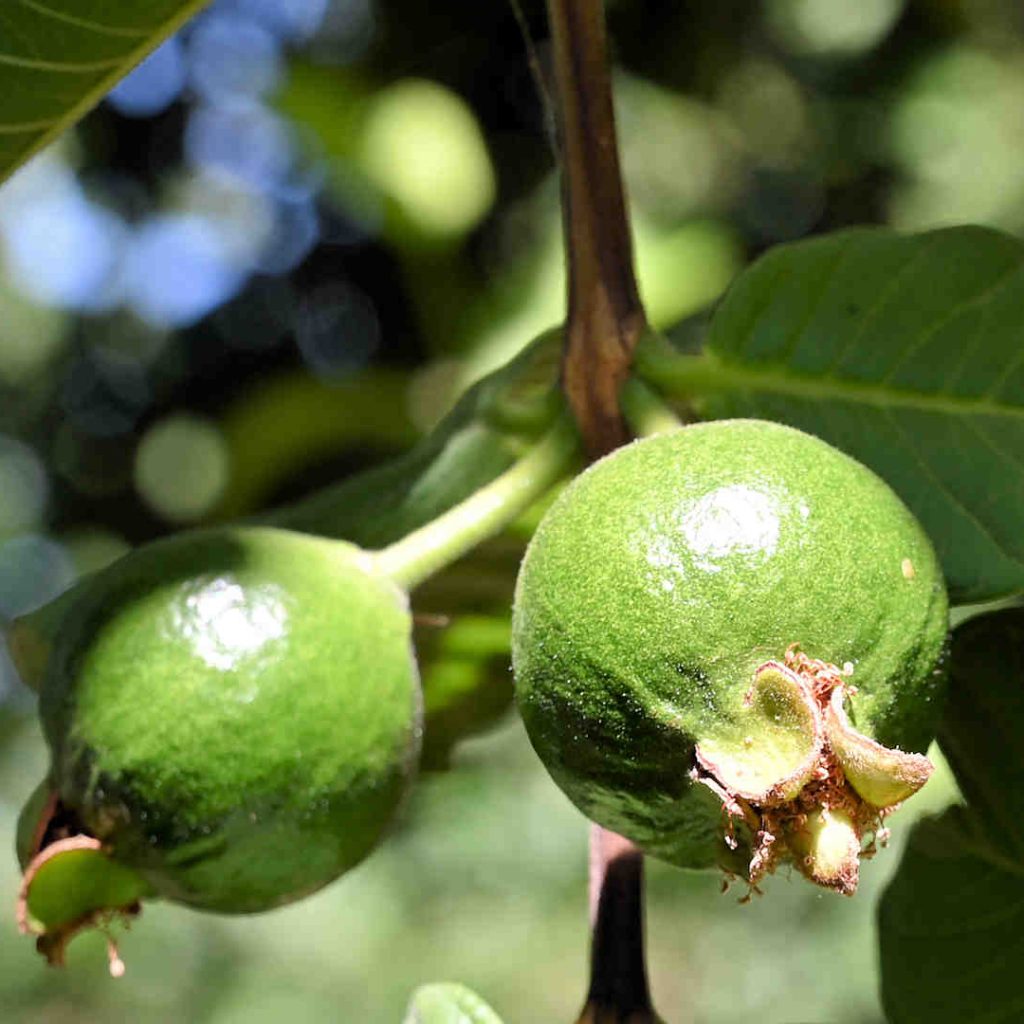
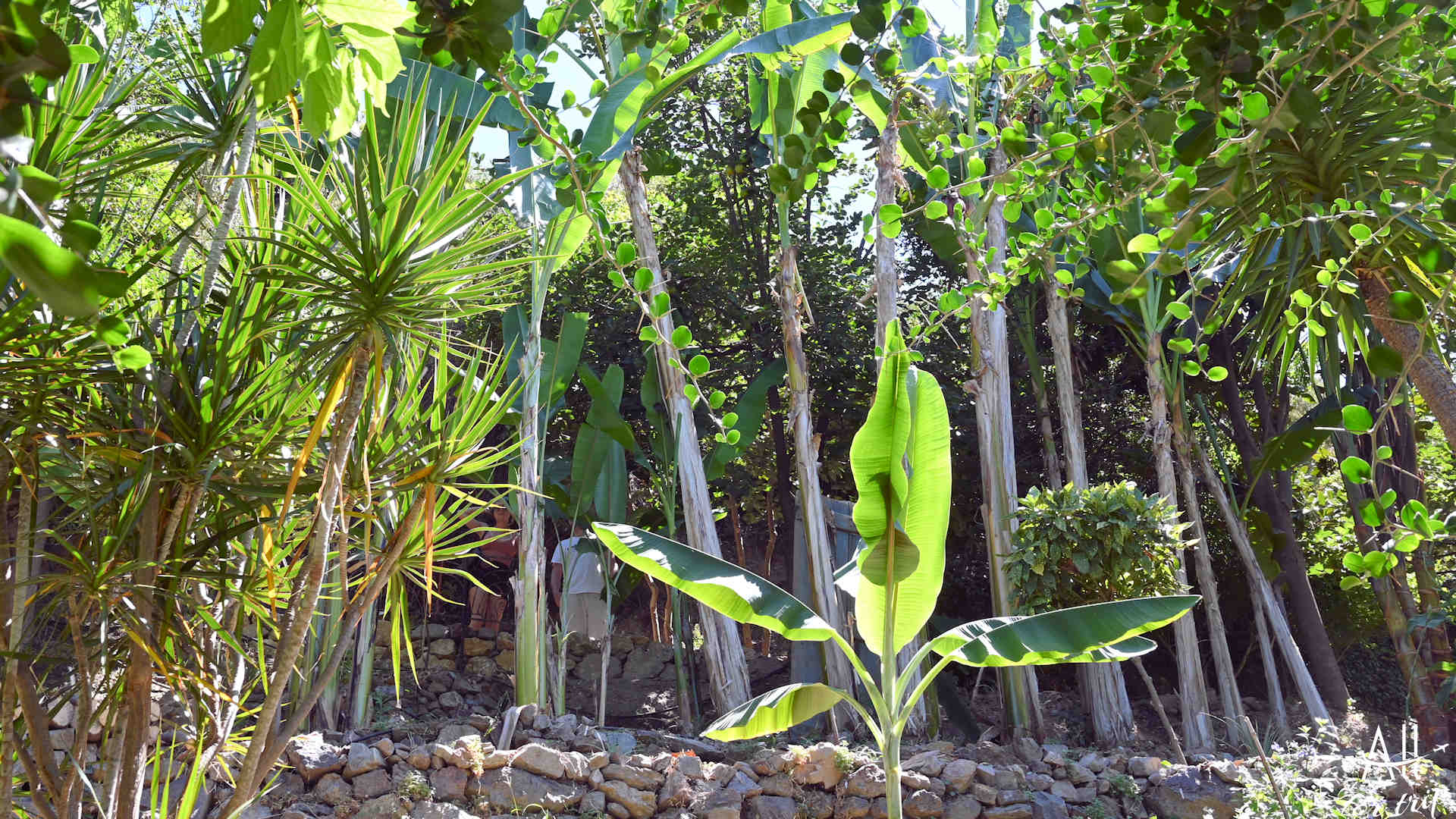
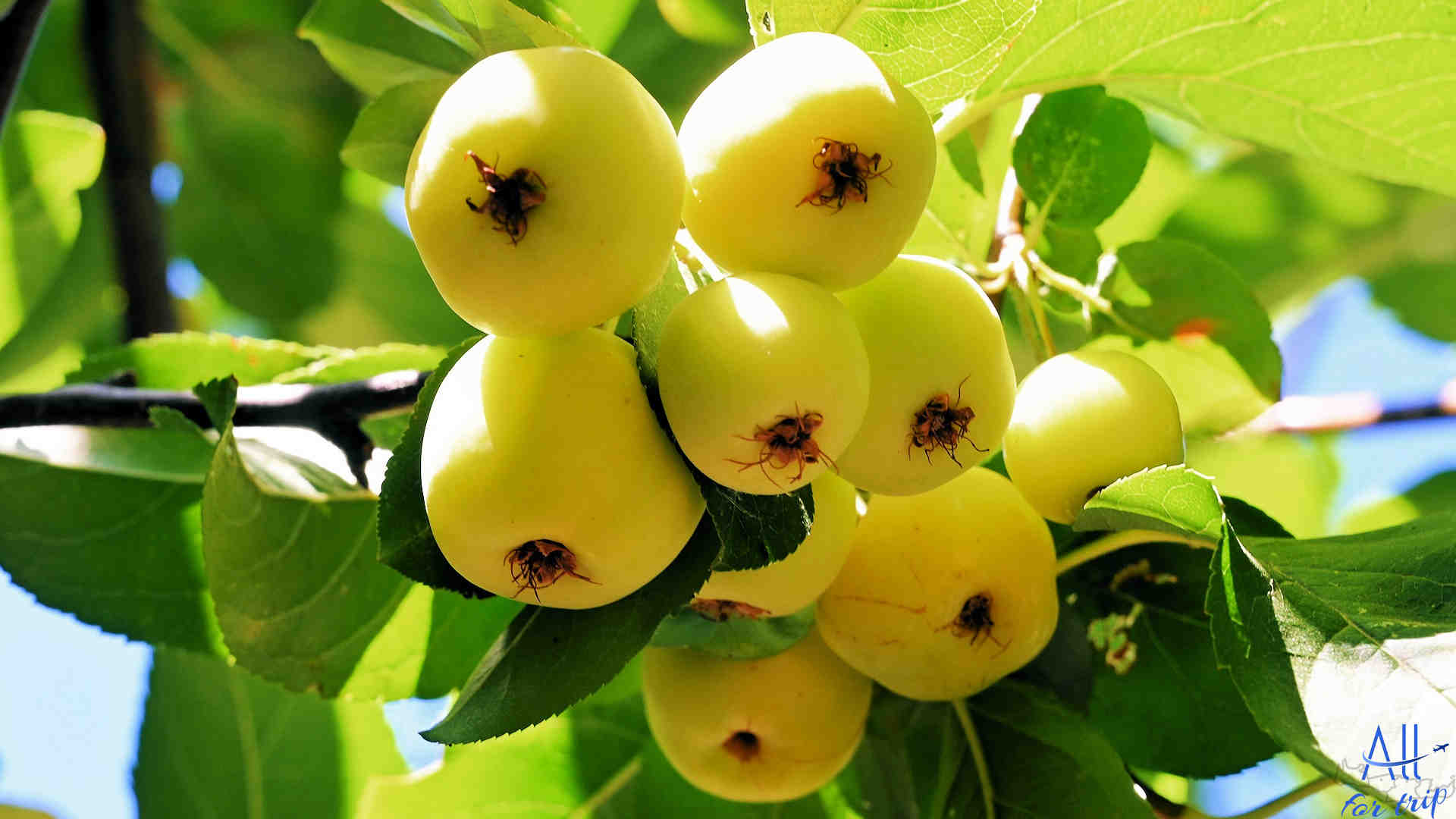
Monstera deliciosa – Swiss cheese plant – Ananas-Banana fruit – It is native to tropical forests of southern Mexico
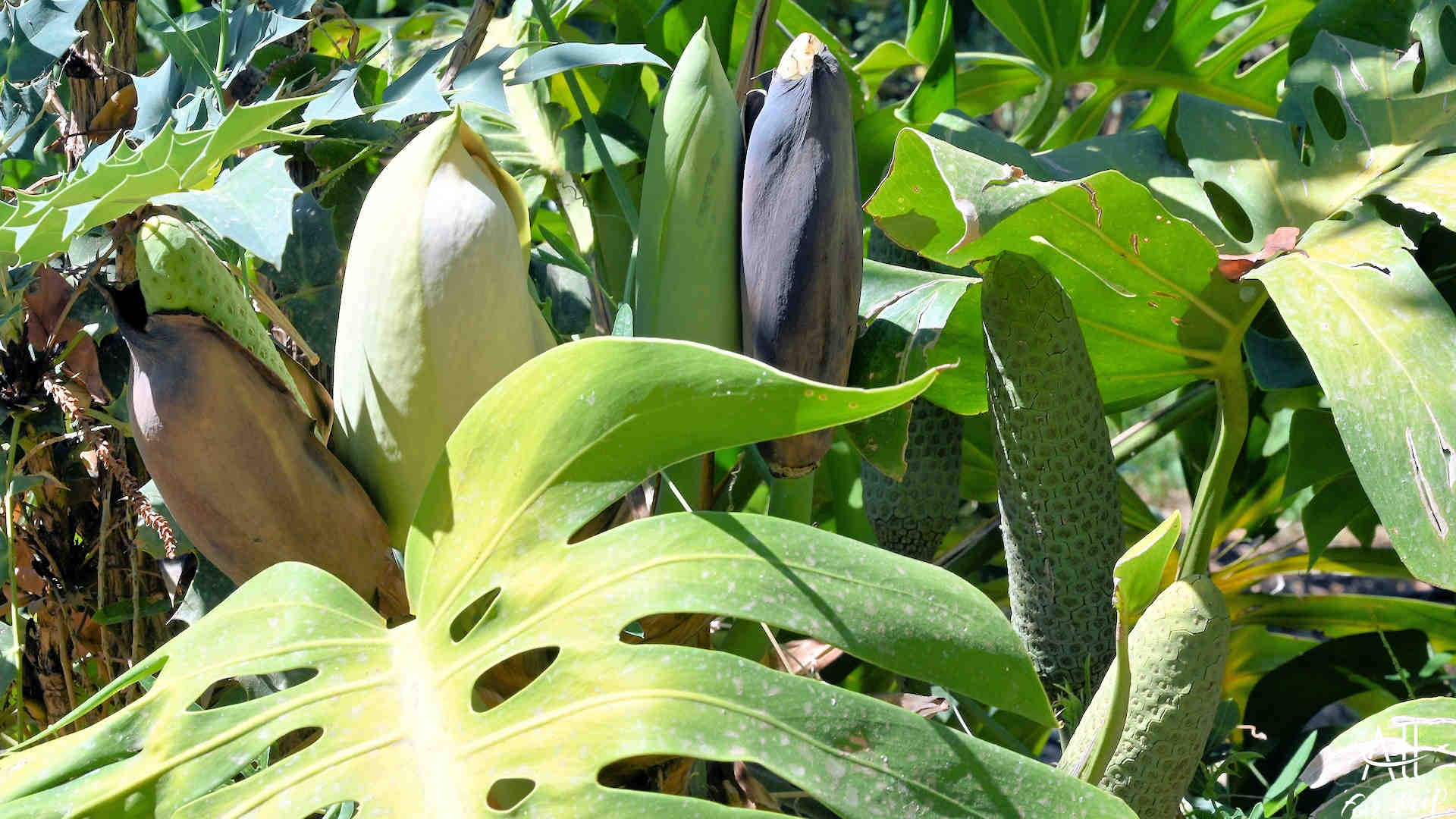
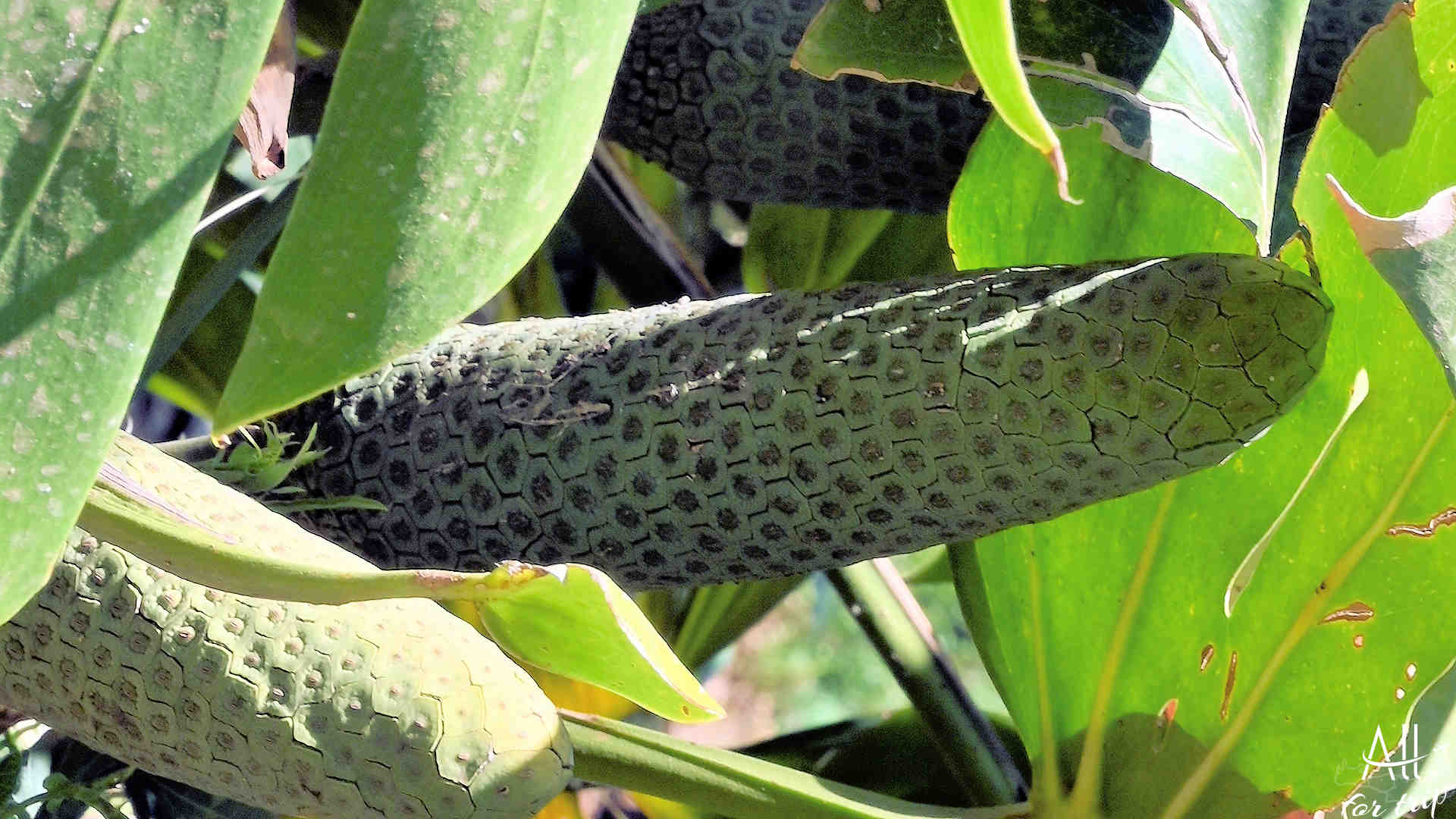
Jaboticaba (Plinia cauliflora), the Brazilian grape tree, from São Paulo area in Brazil – used to make, jams, juice or wine
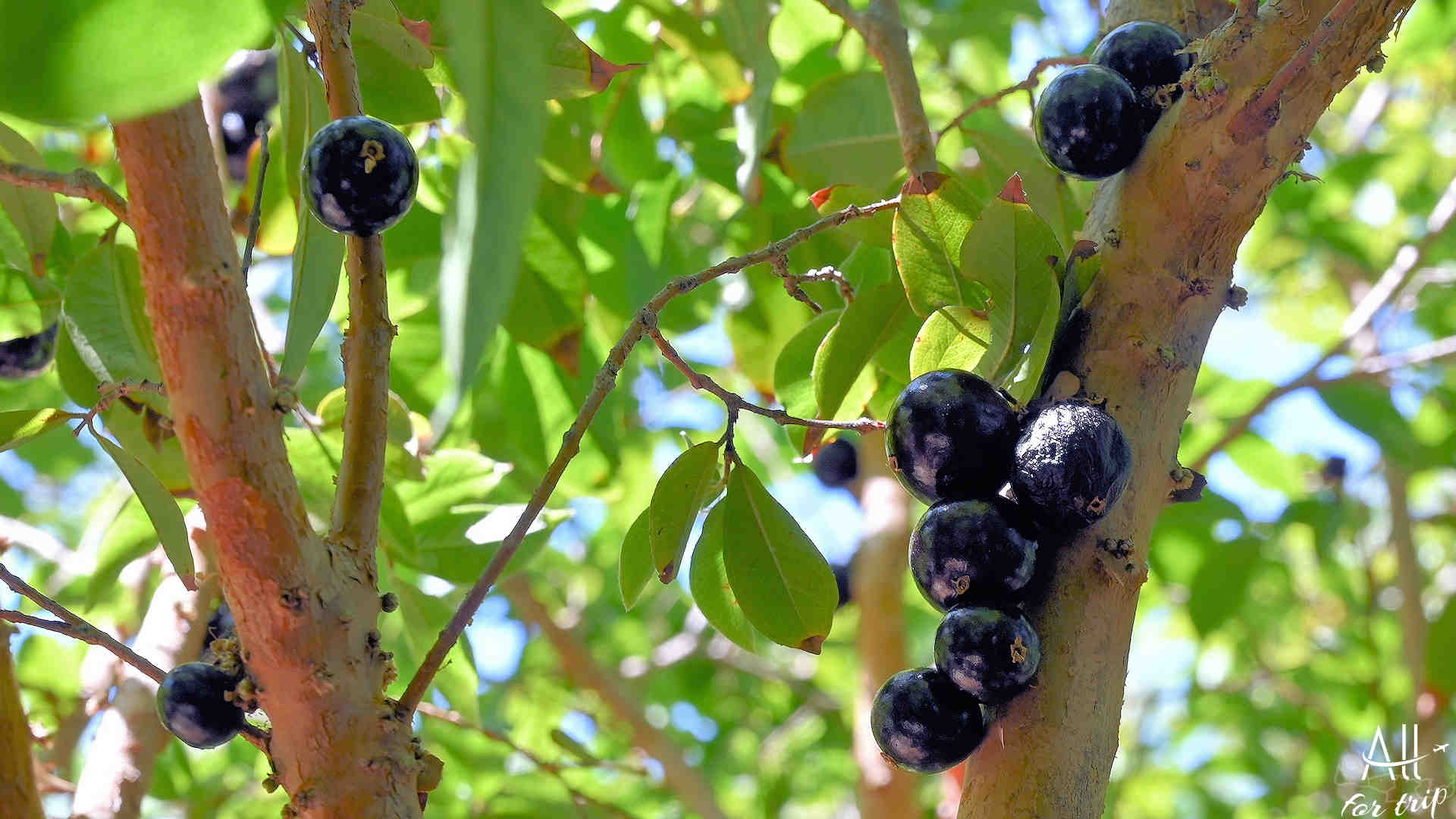
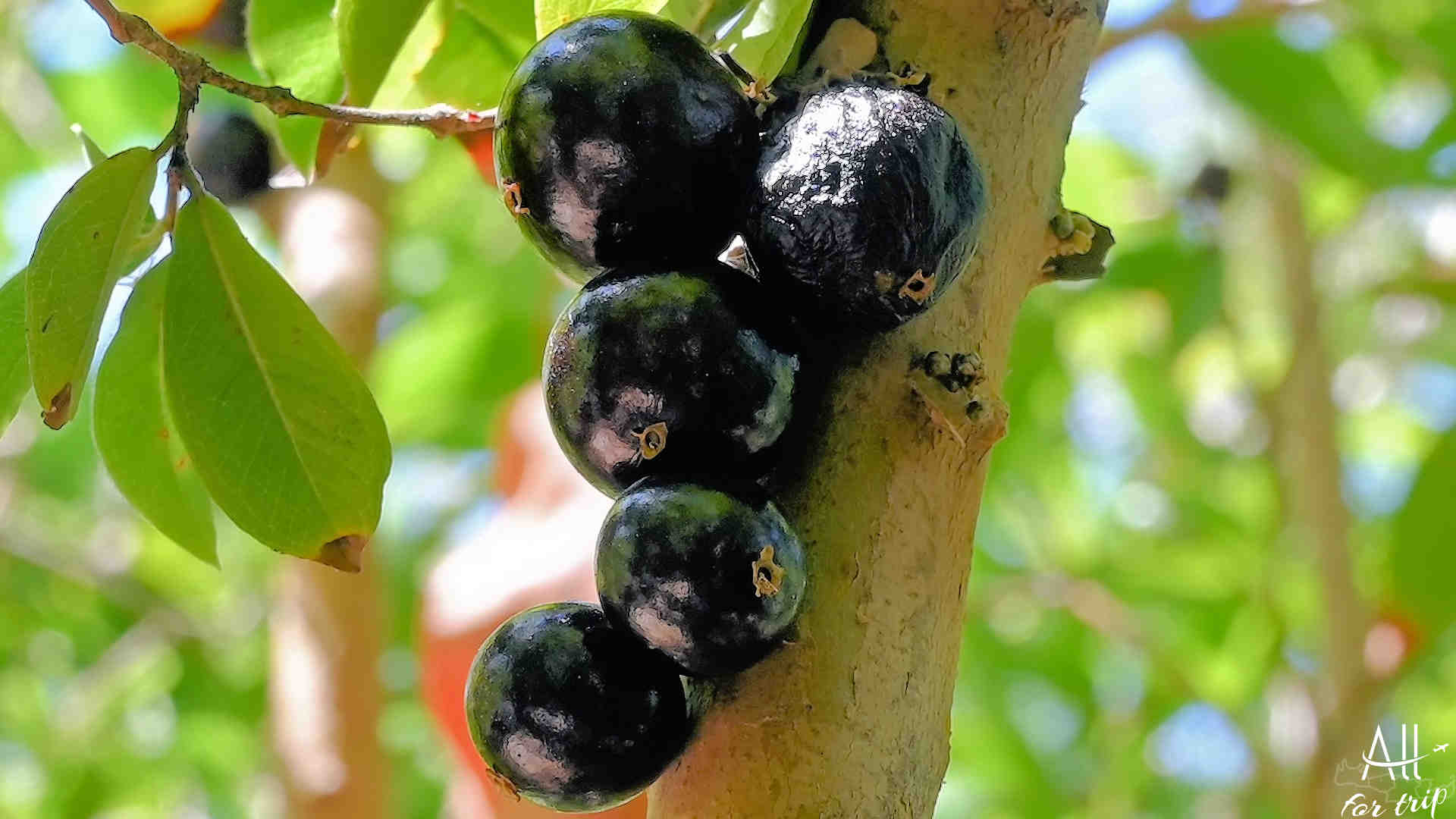
Pistachio tree and fruit – It is a small tree originating from Central Asia and the Middle East
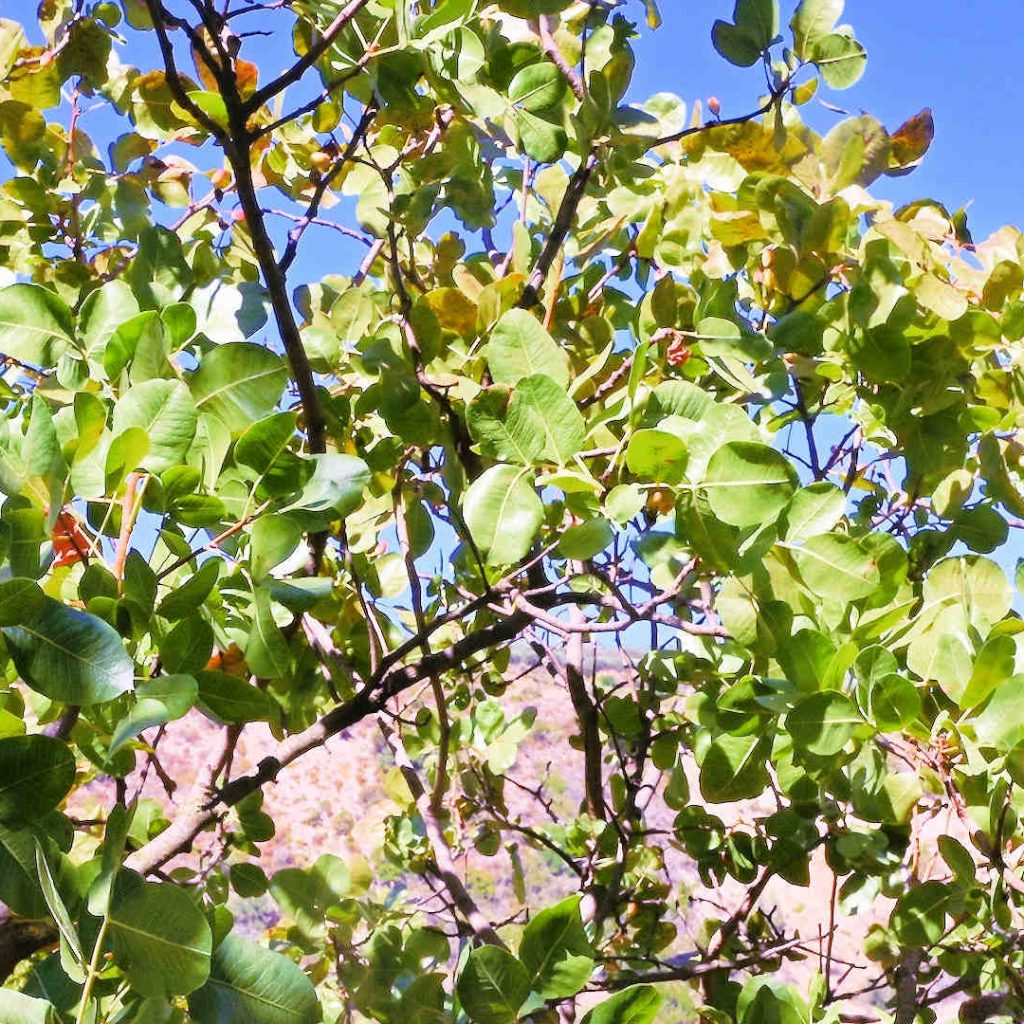
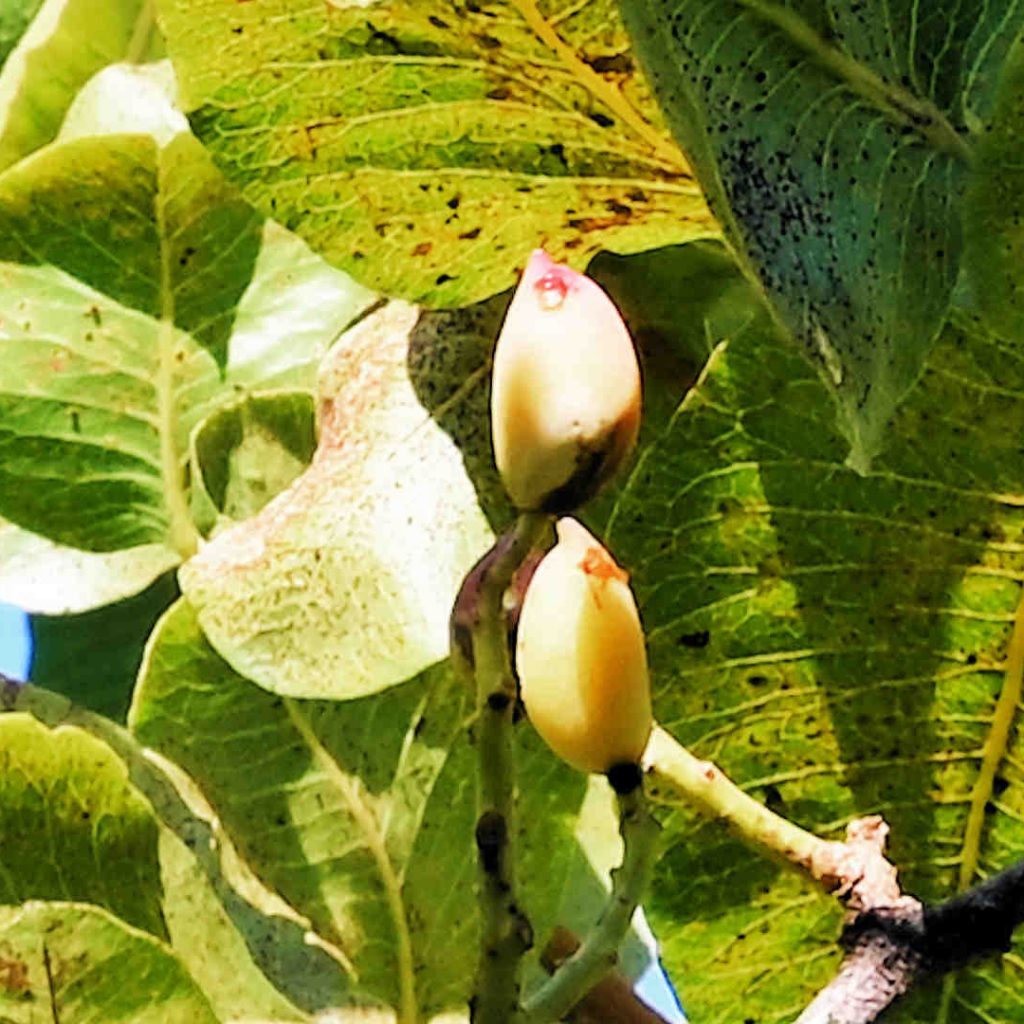
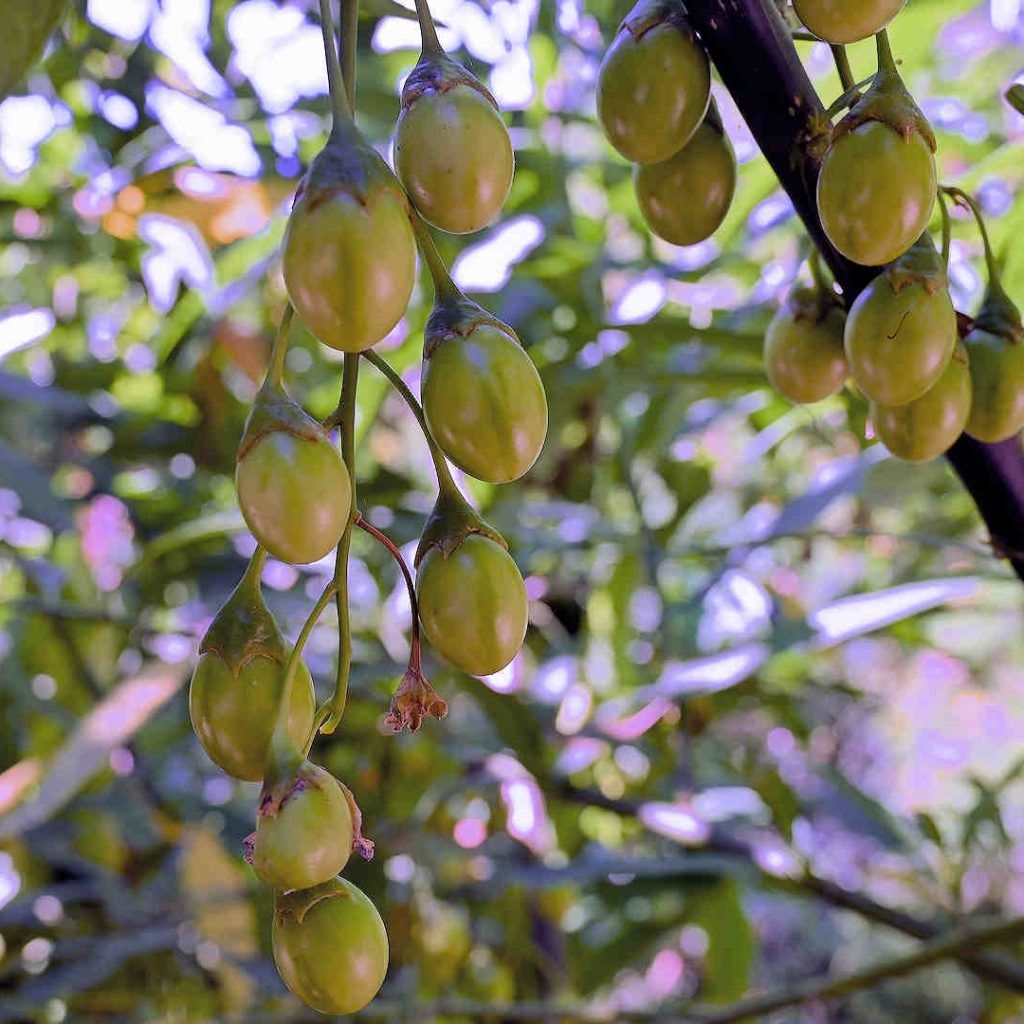
Papaya Tree – It is native in Central America and southern Mexico and Mango – It is native in South Asia
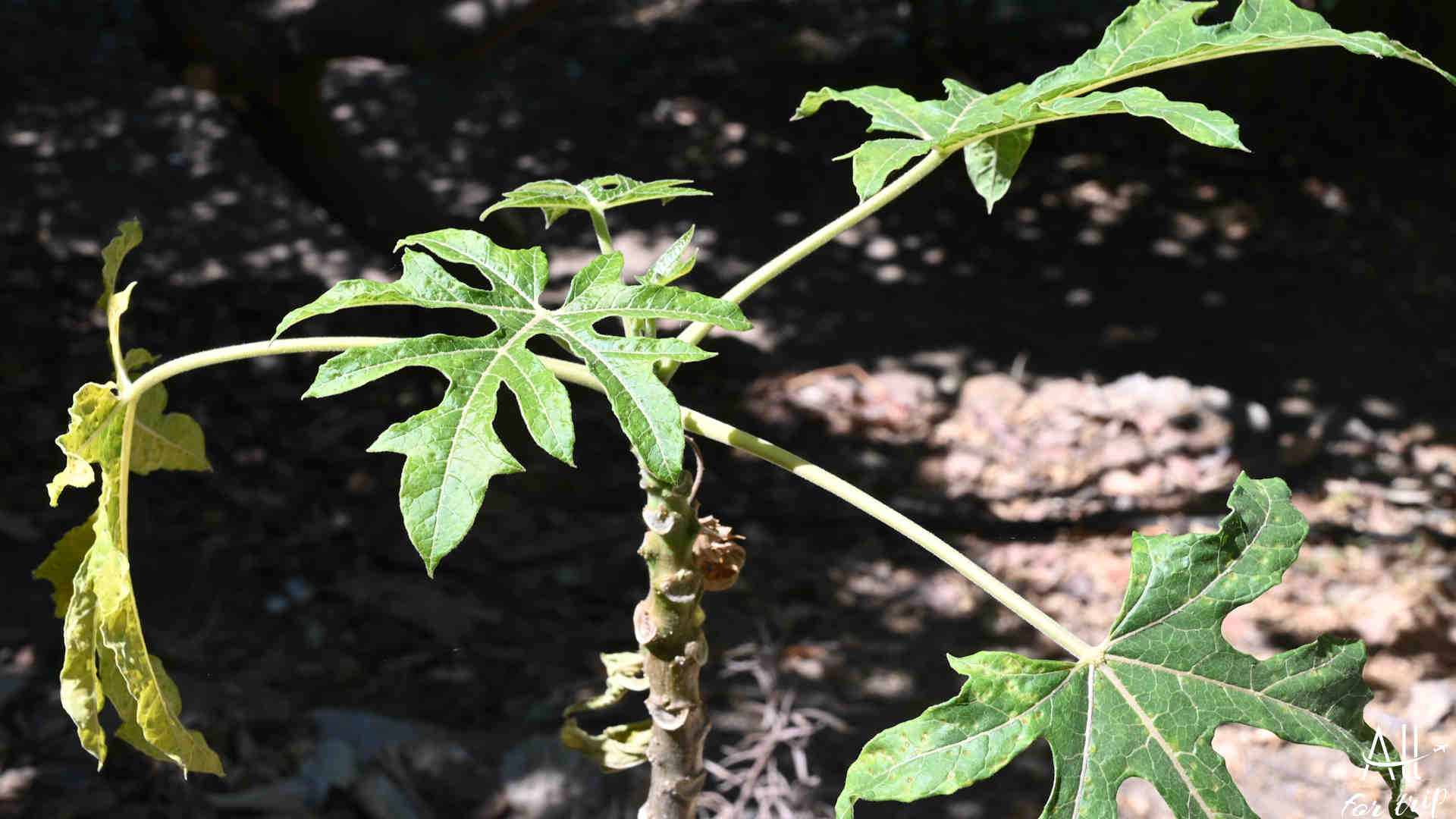
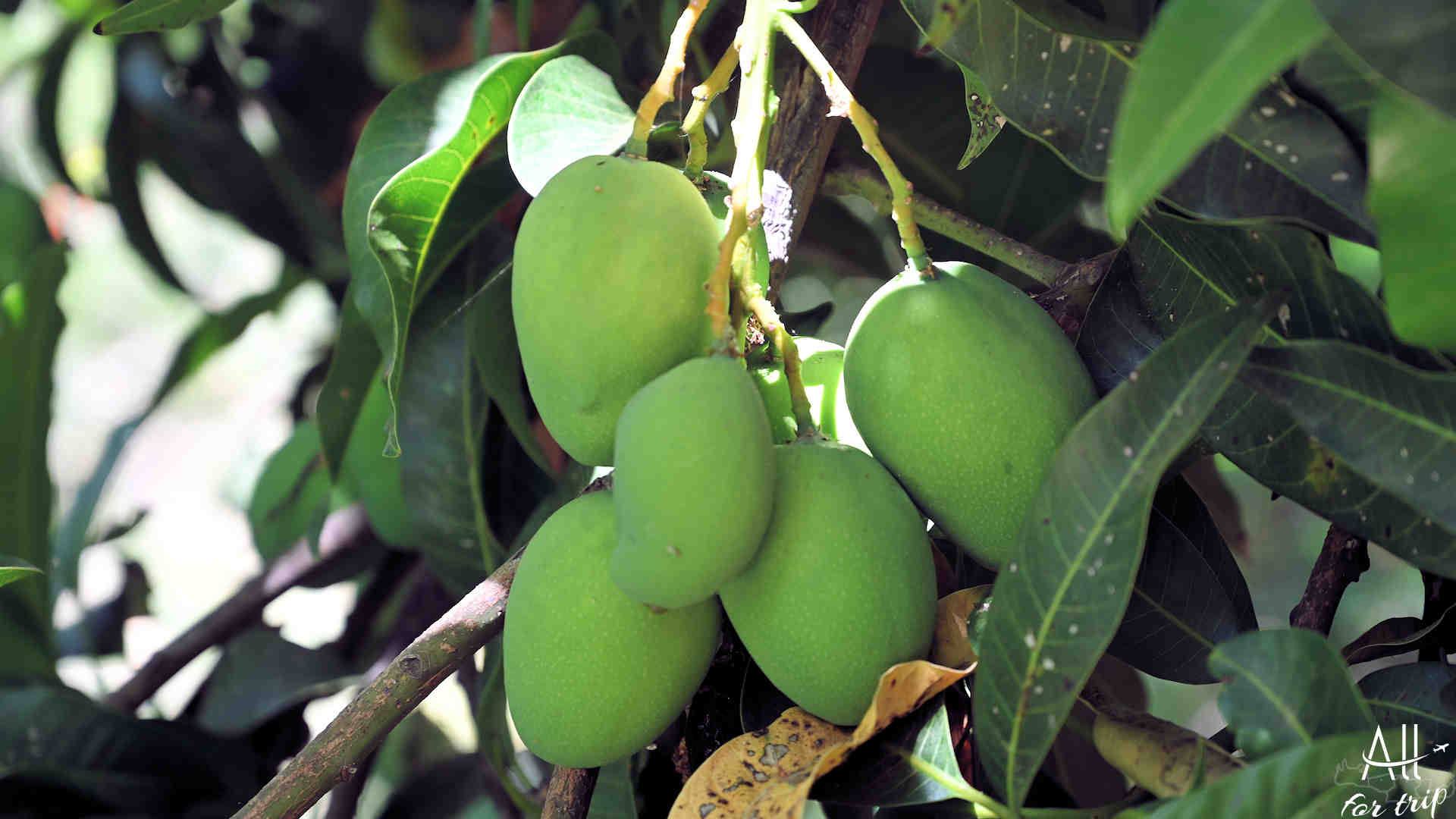
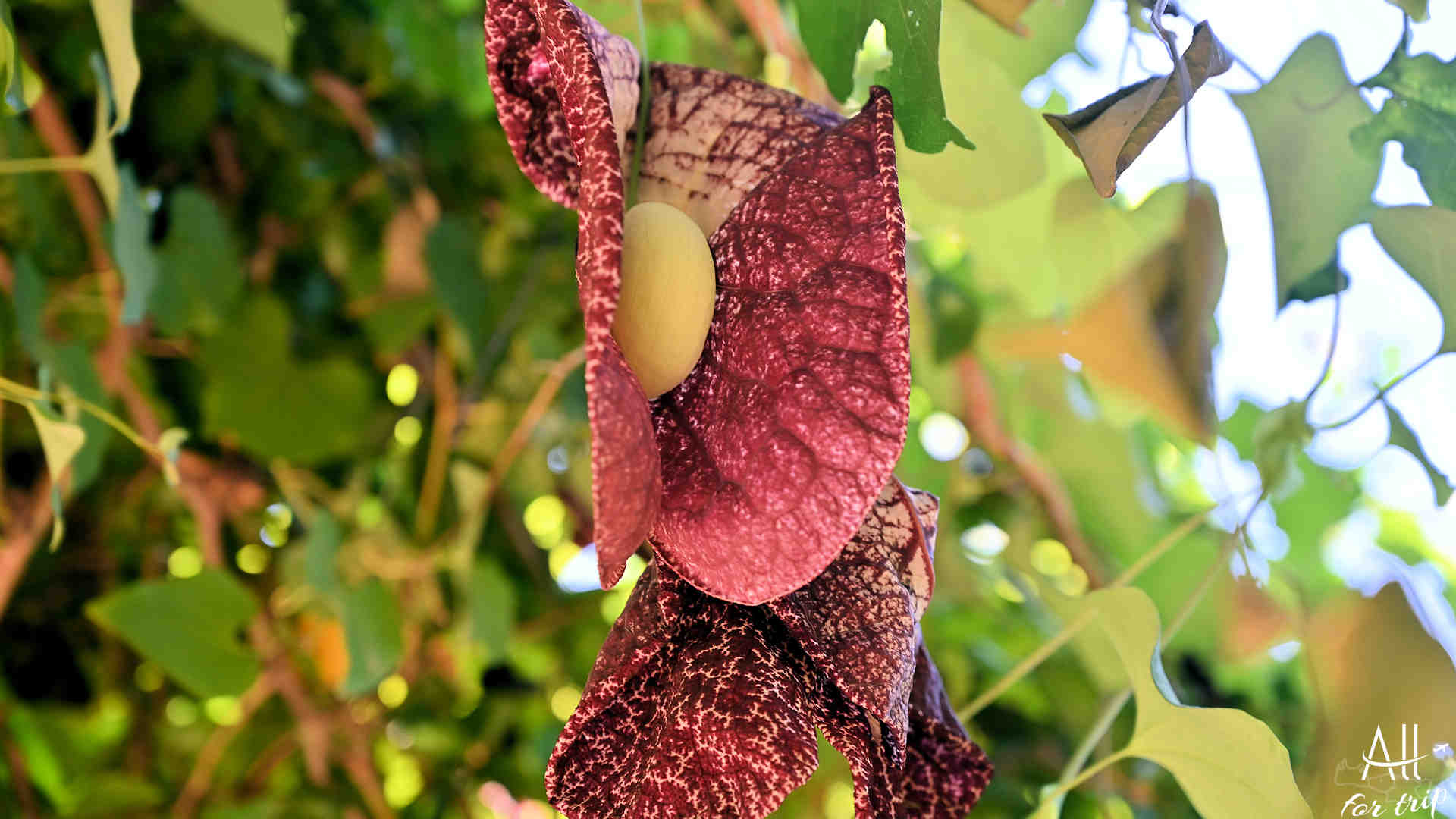
Brazilian Dutchman’s pipe
(Aristolochia gigantea)
This evergreen ornamental plant is native to Brazil. Among the heart-shaped leaves, the flowers are powerful, spectacular – they pamper us with their very pleasant scent.
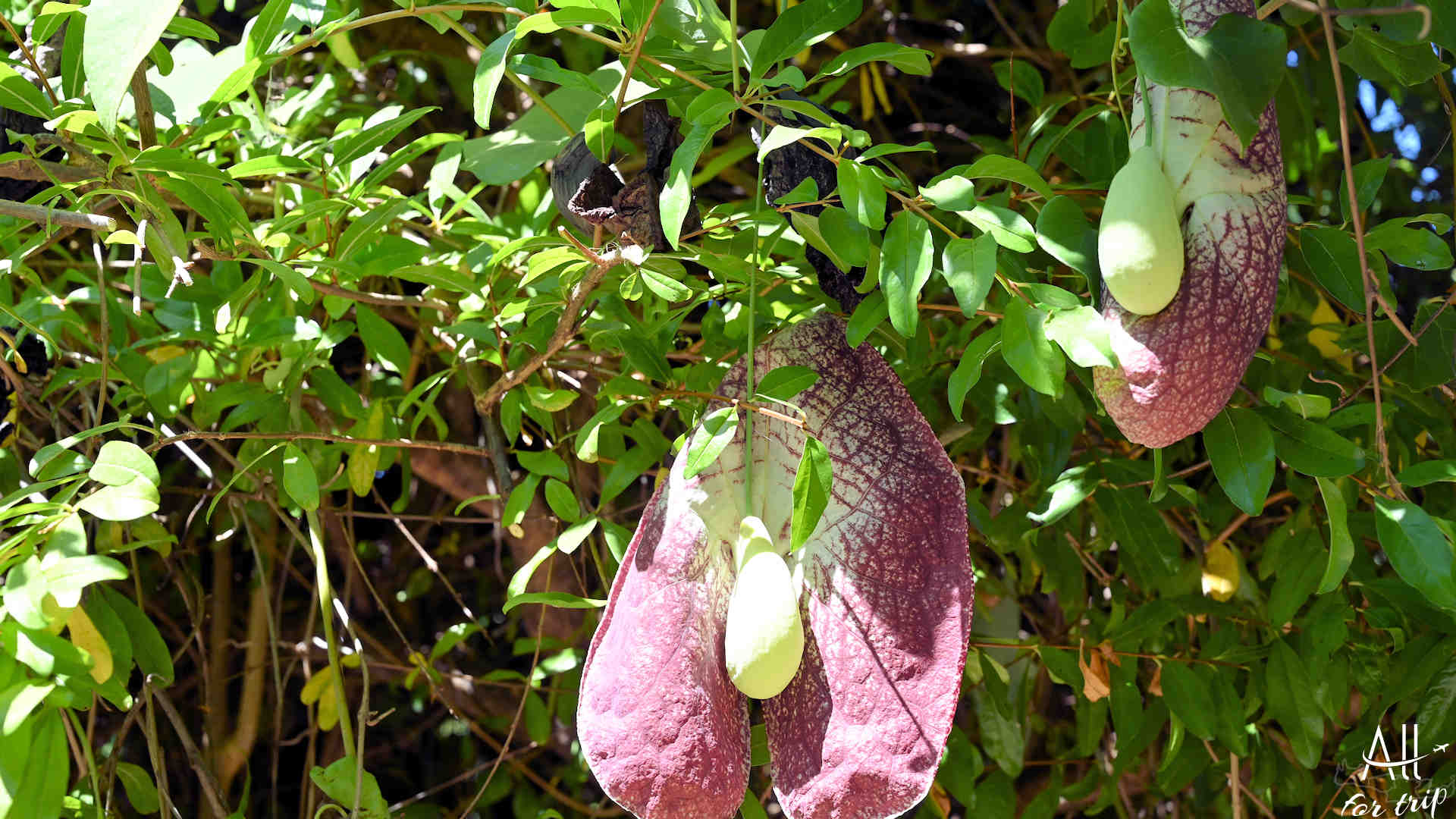
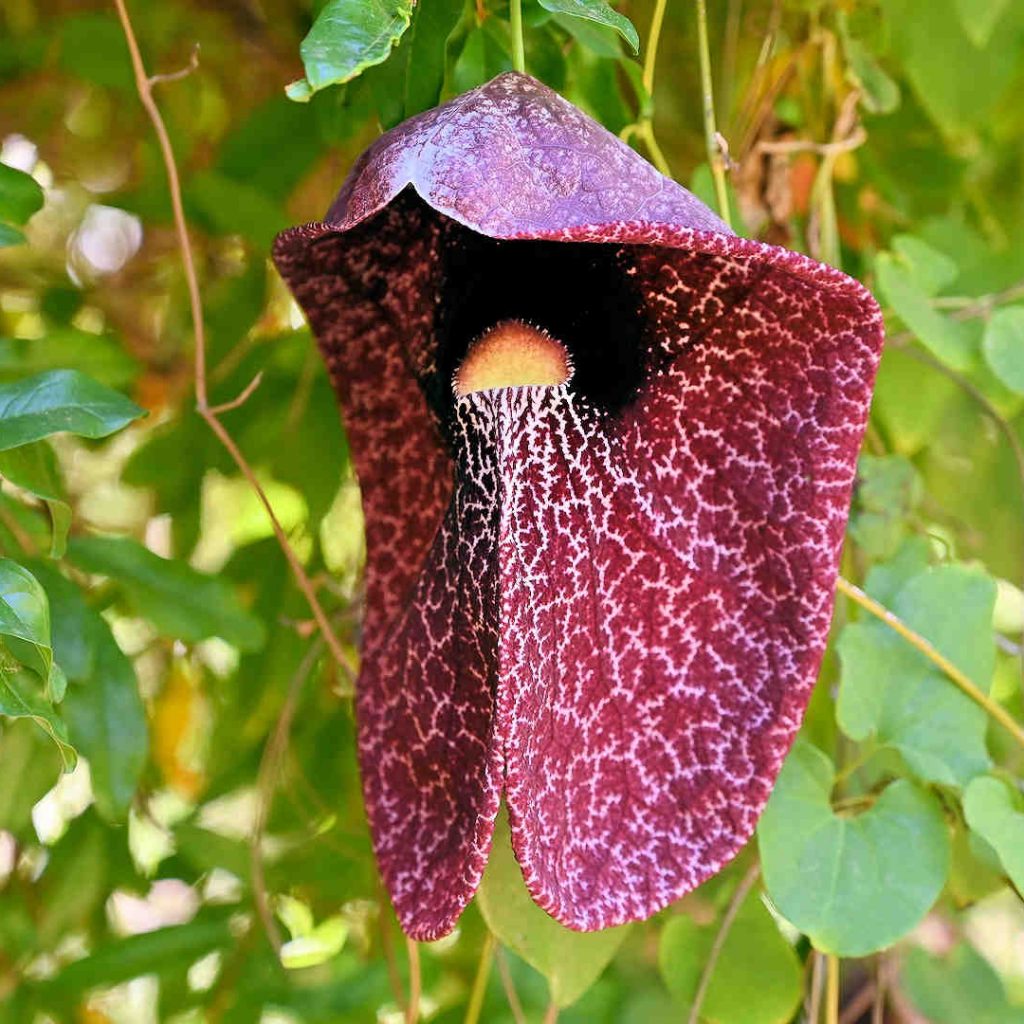
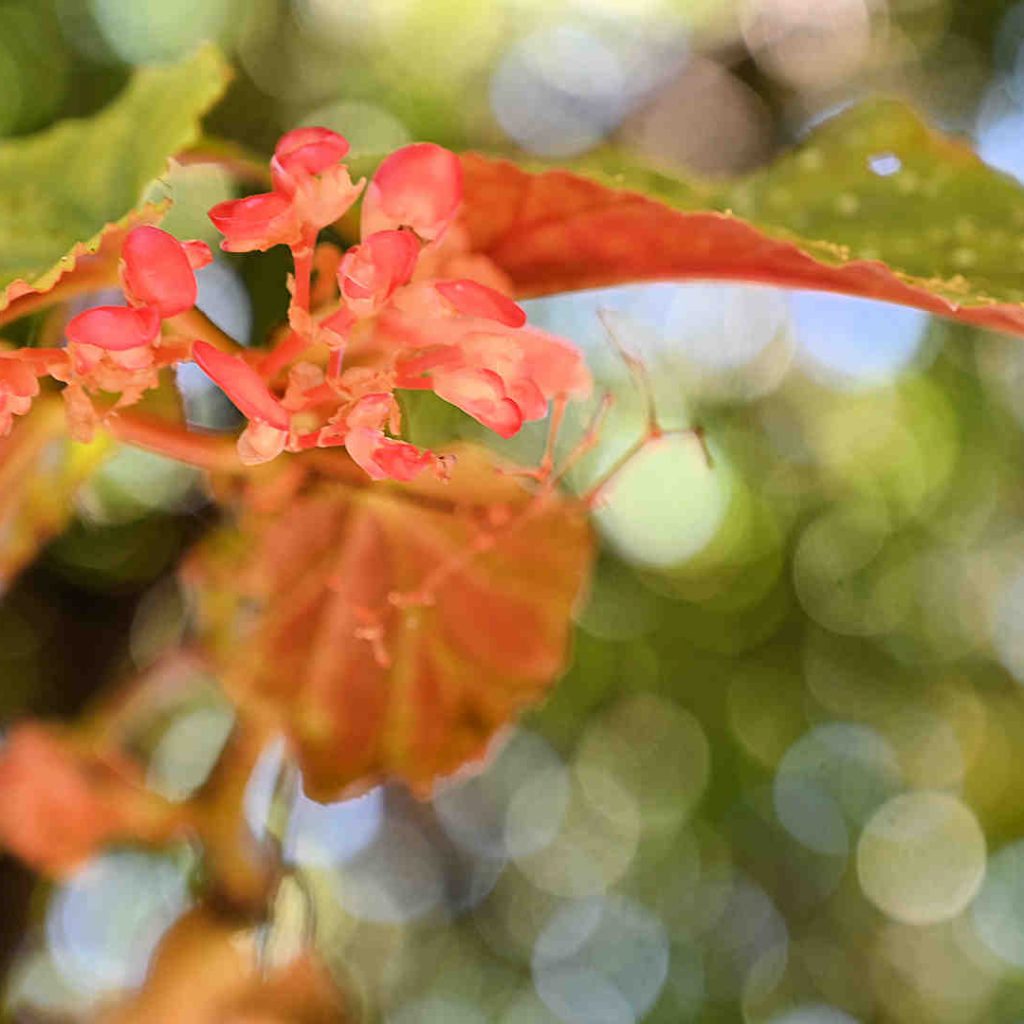
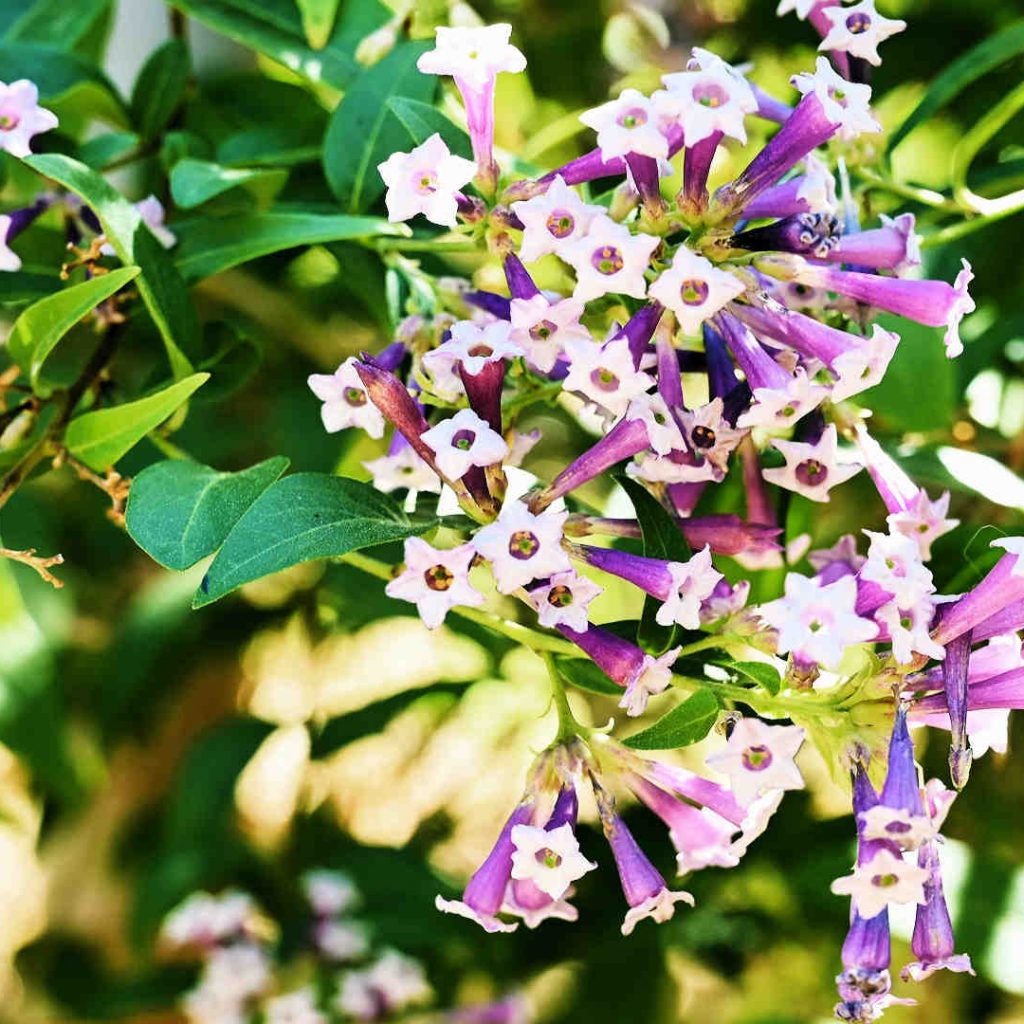
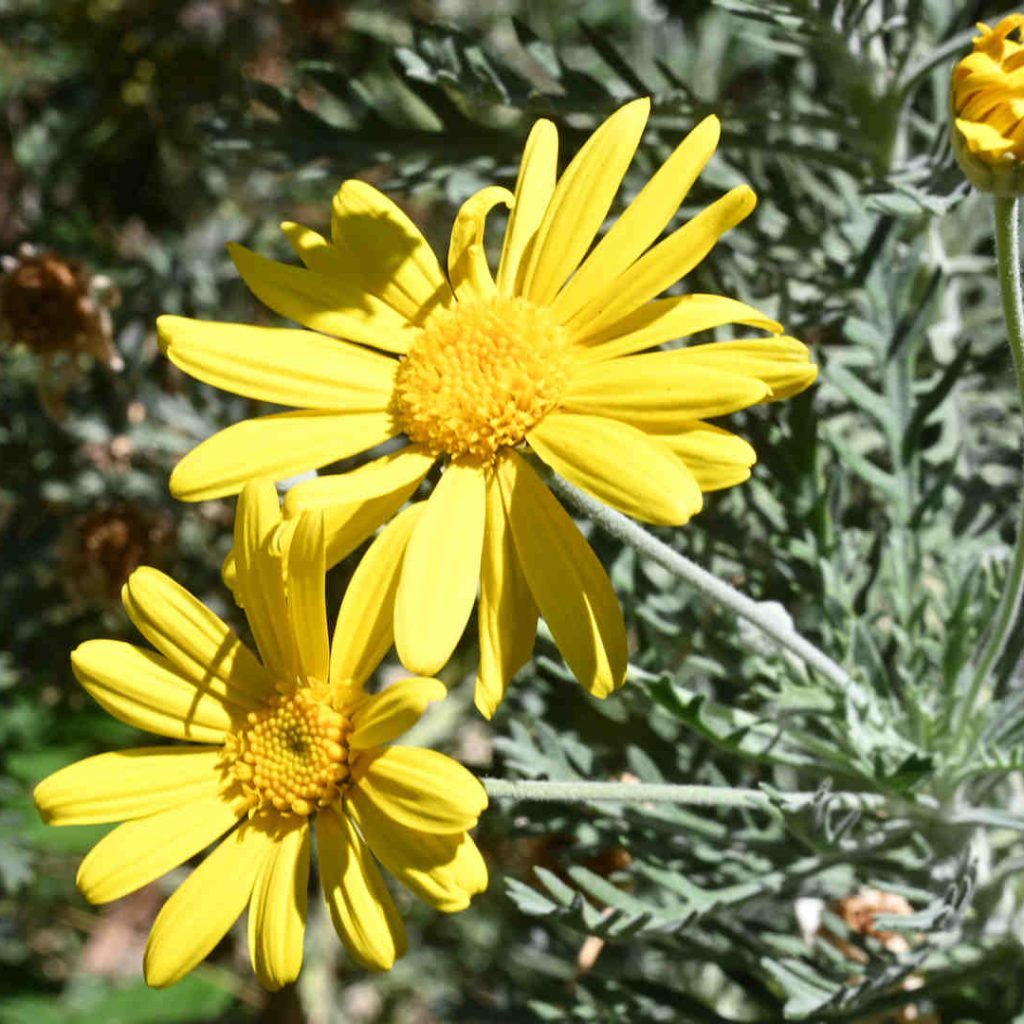
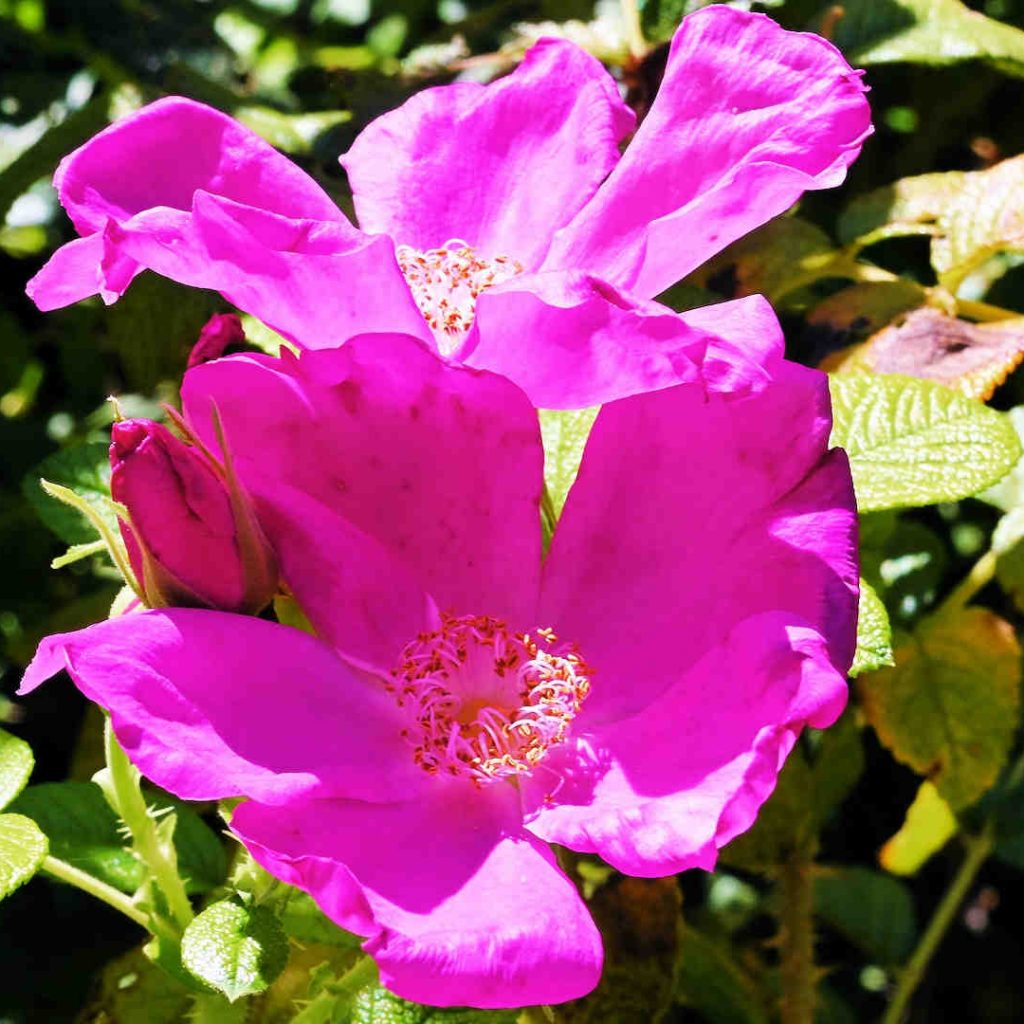
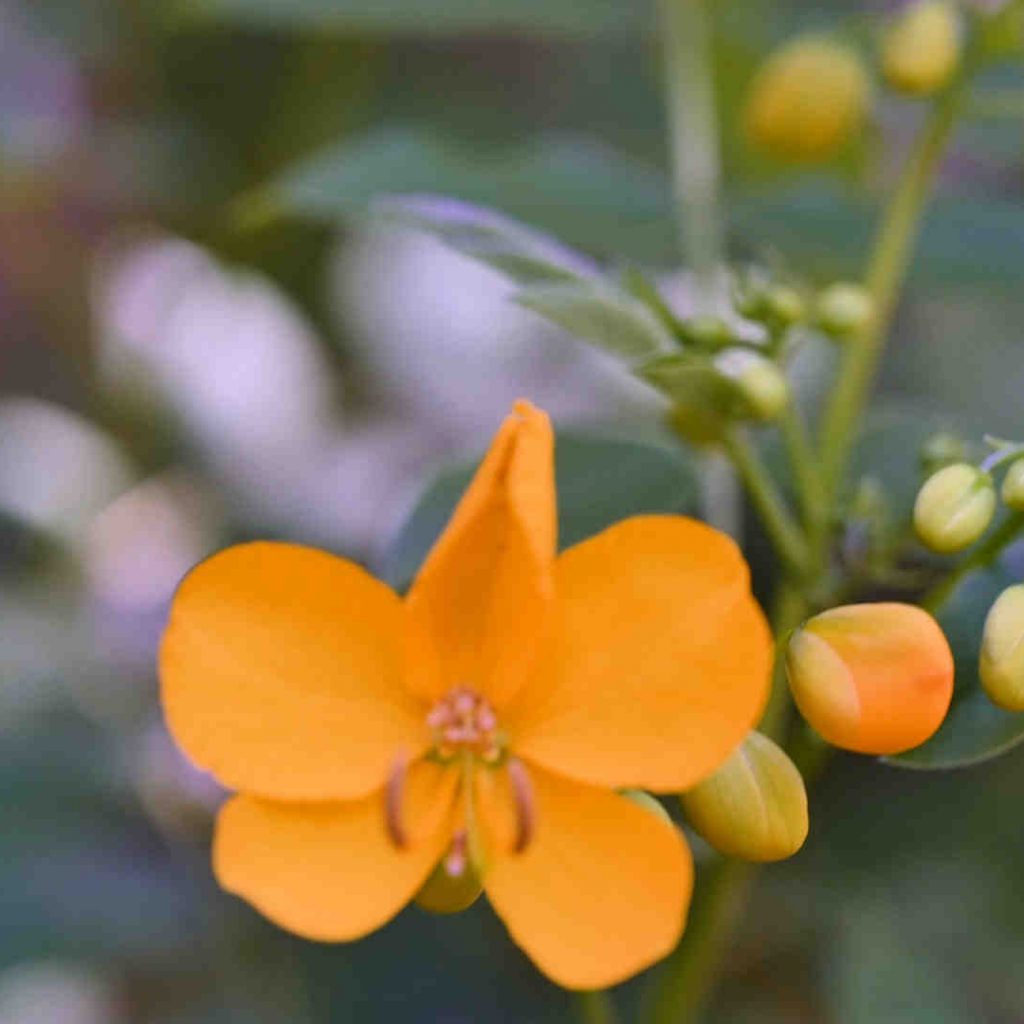
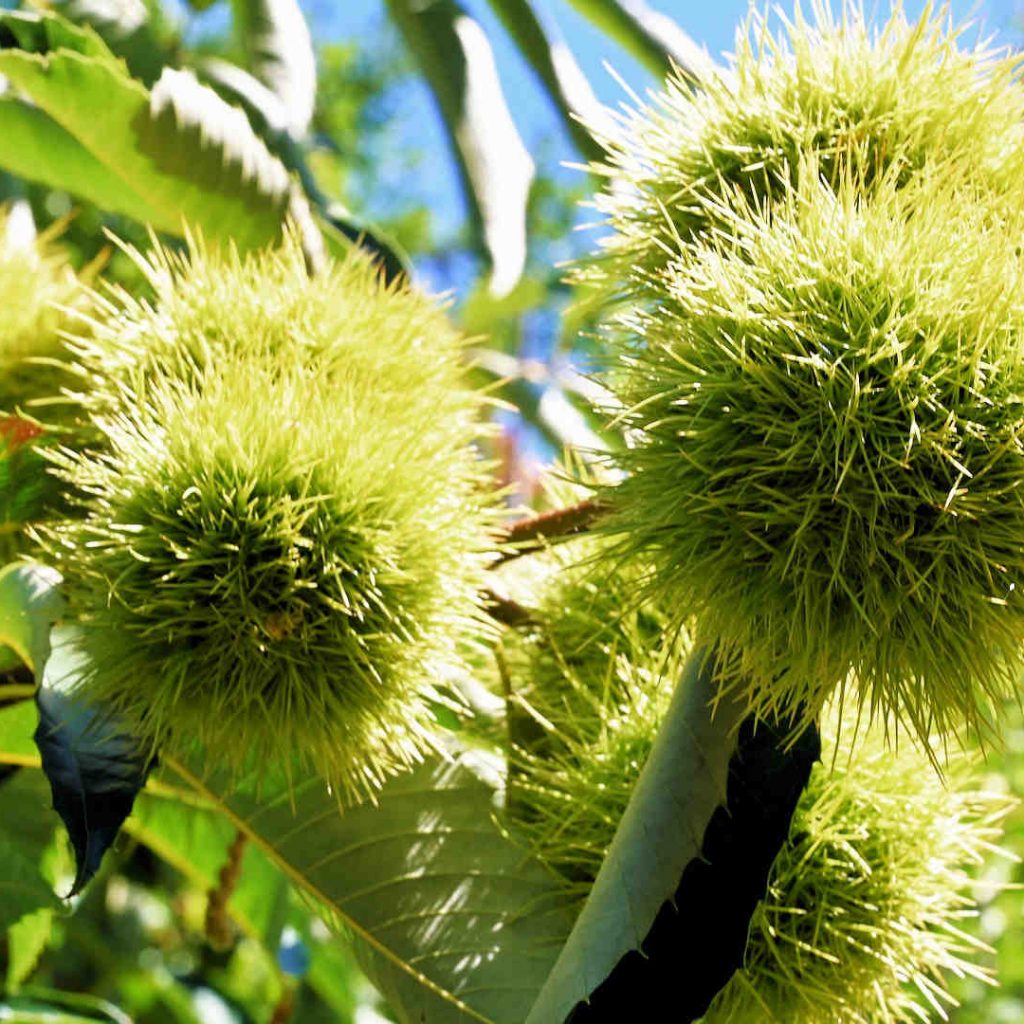
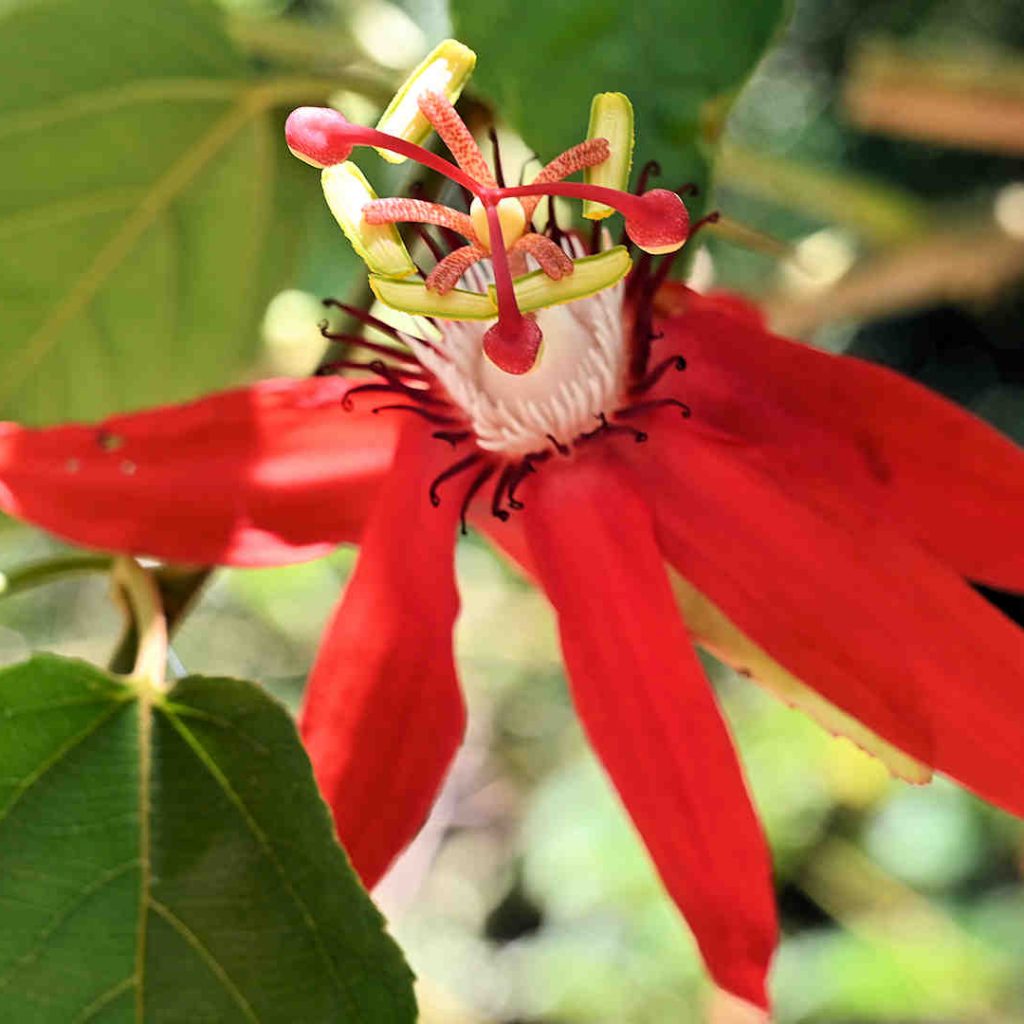
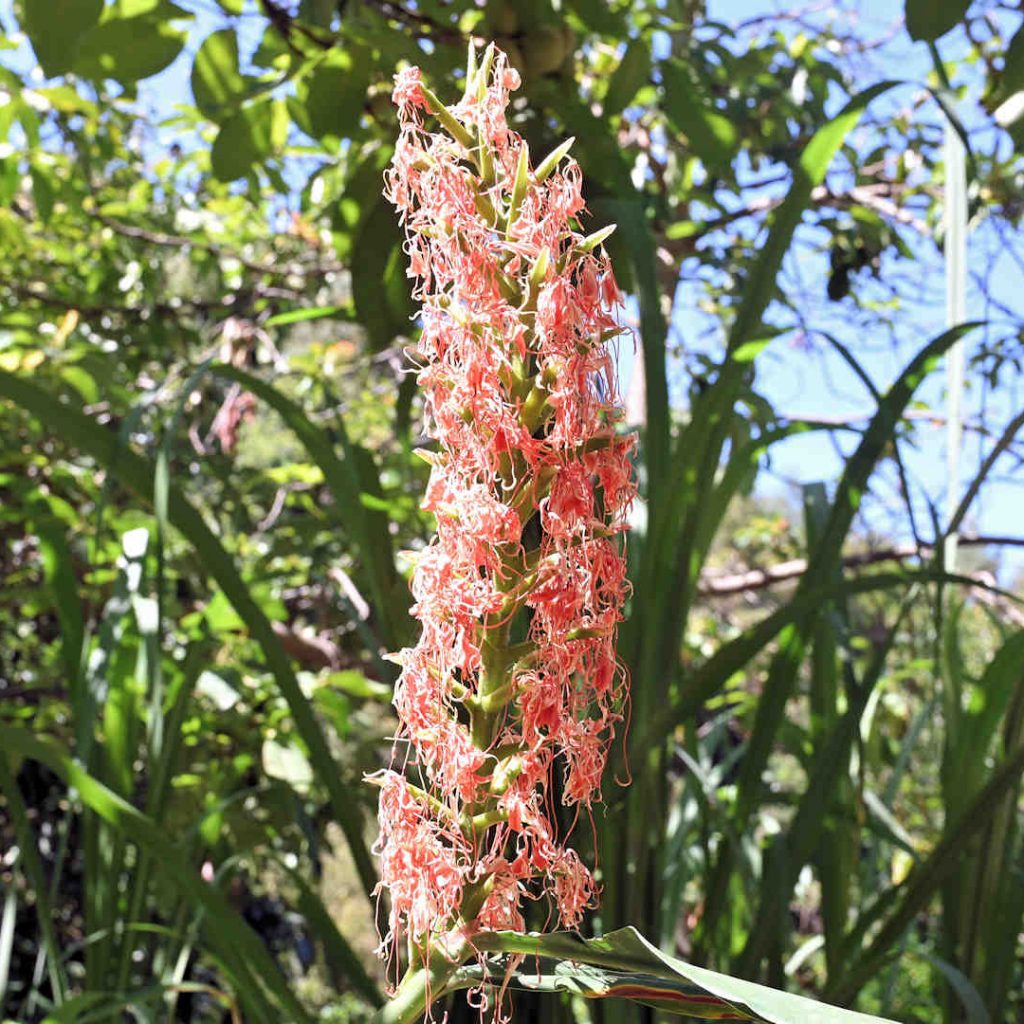
Herbs and spices
Nature is the largest Pharmacy in the world
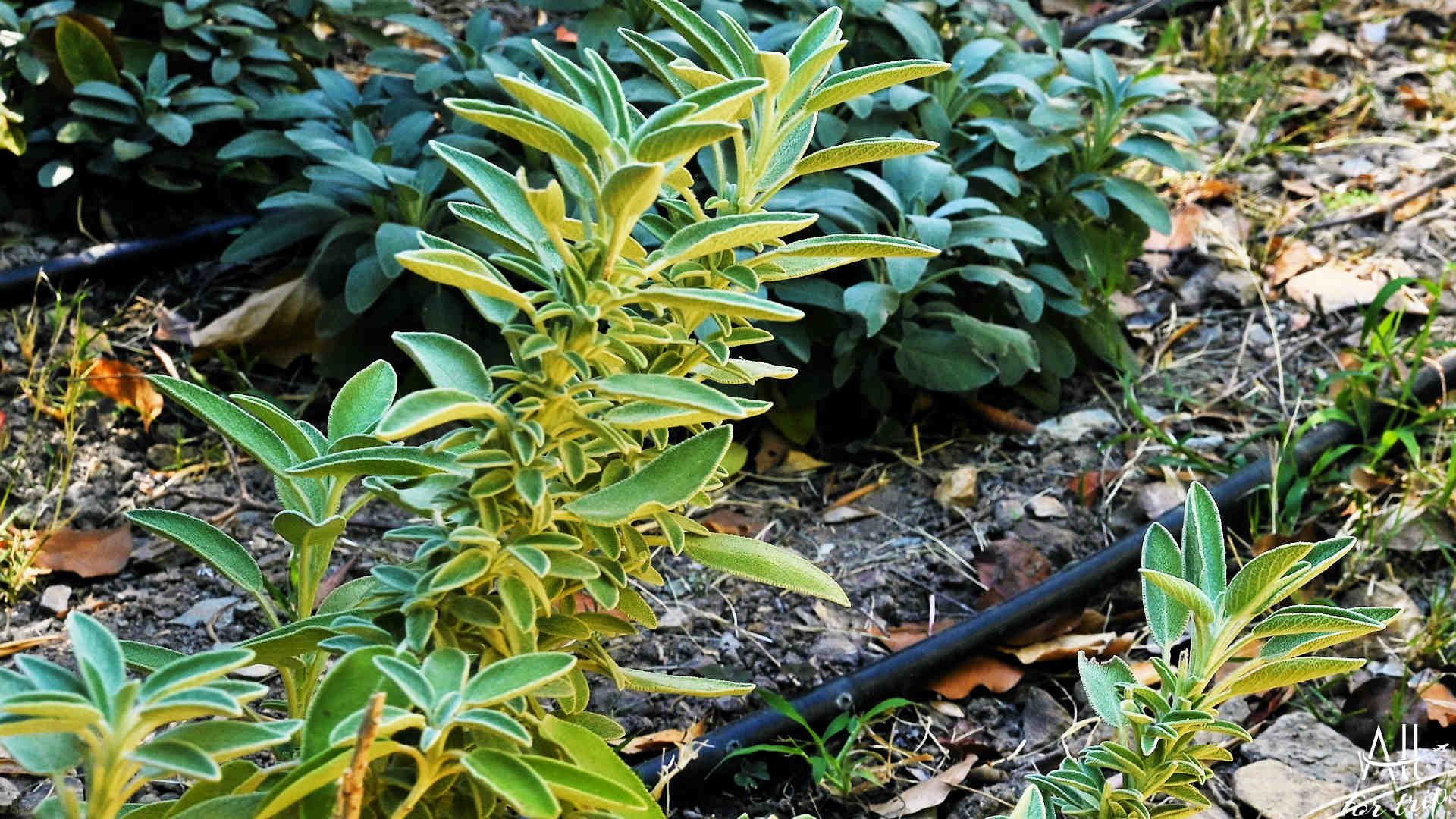
Greek sage (Salvia fruticosa) – herb – native to the eastern Mediterranean area.
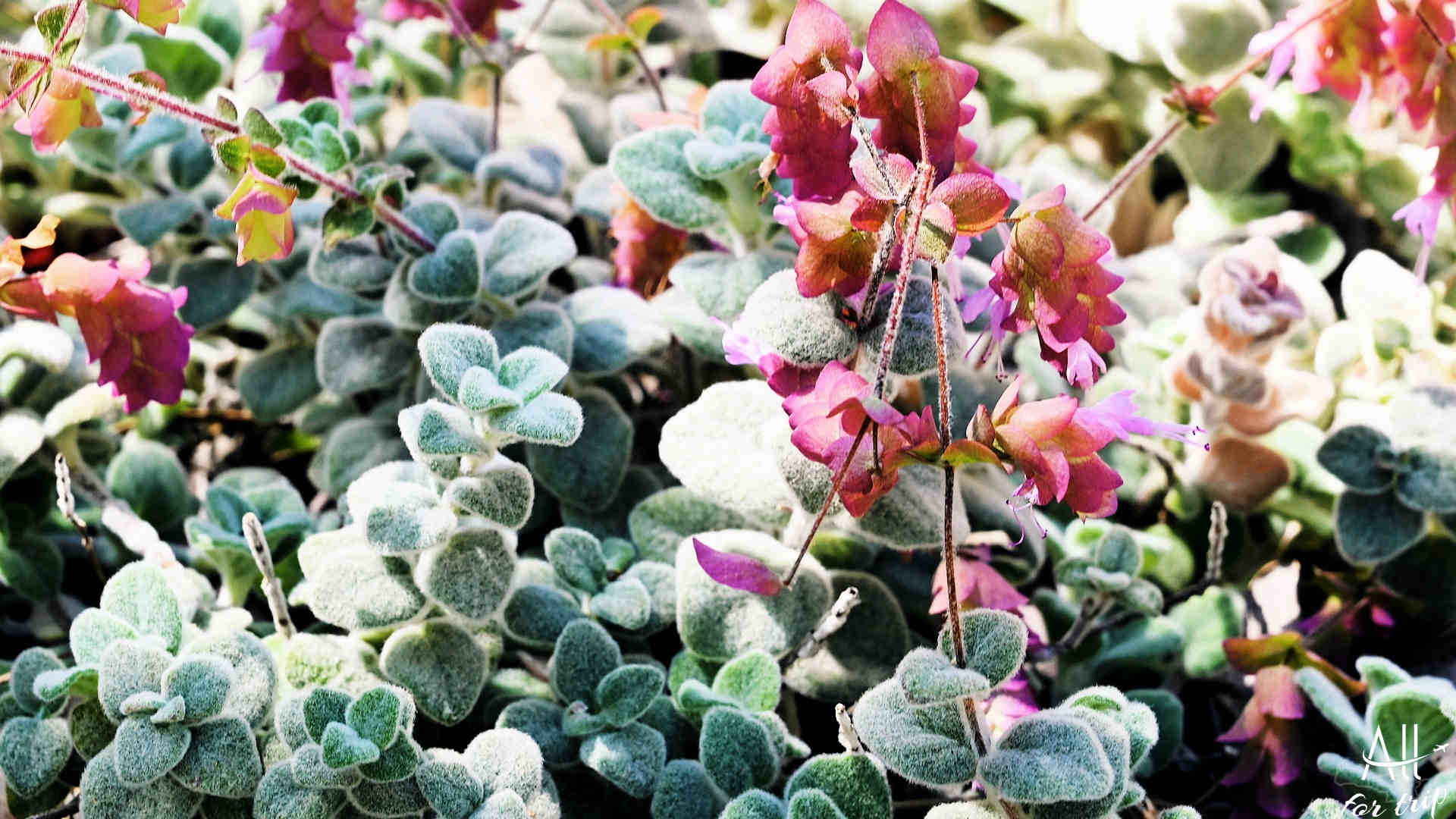
Cretan dittany (Origanum dictamnus) – The miracle of Crete! – became known for its healing effect. Because in its natural form in nature – native, only on the island of Crete – on the hillside, in the gorge. In these places, the plant lives wild. It has been used for centuries for medicinal purposes. As it is a very aromatic plant, it is also used as a spice. It is an integral part of Cretan gastronomy – it is one of the secrets: why Cretan food is so unique and very delicious. We can also see it as an ornamental plant in the gardens in Crete. The Dittany tea is one of the greatest specialties of Western Crete!
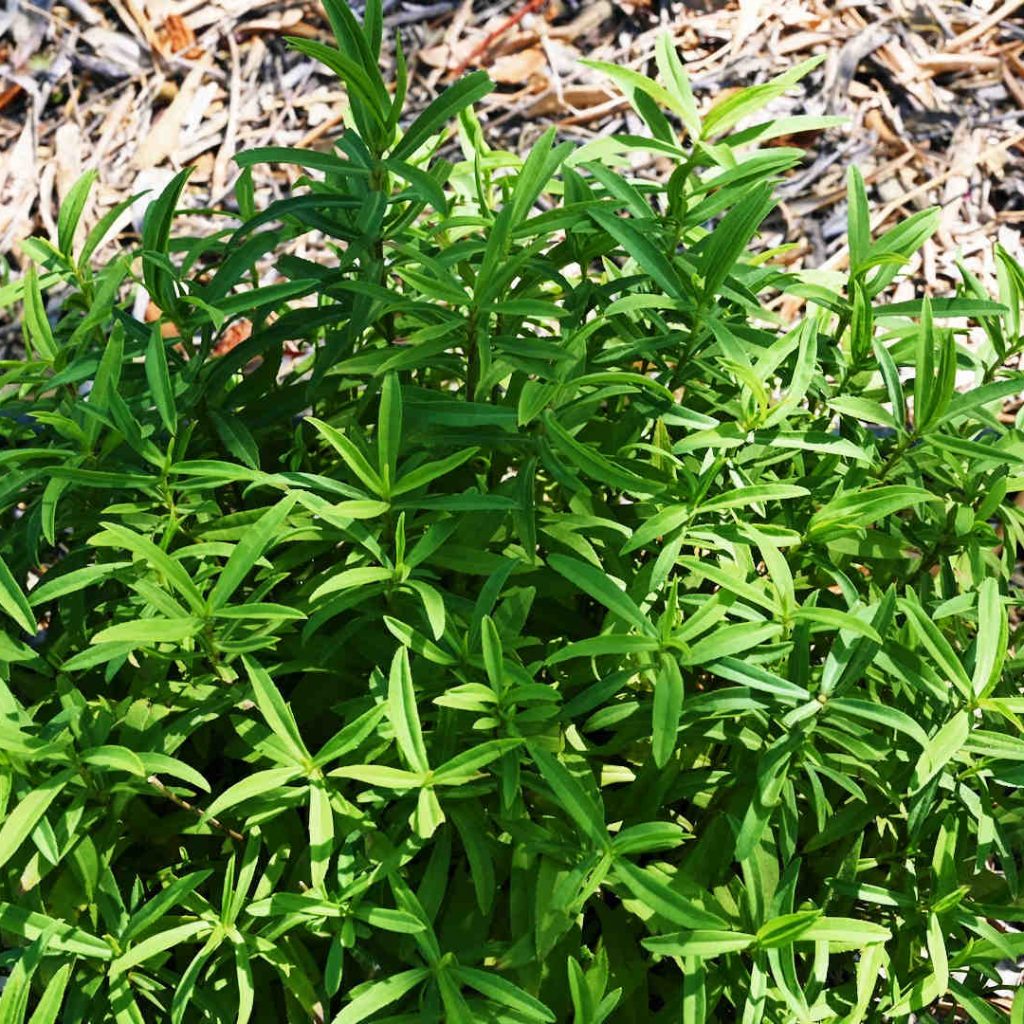
Tarragon (Artemisia dracunculus) – It is widespread in the wild across much of Eurasia and North America, used for medical purposes. Also known as a spice.
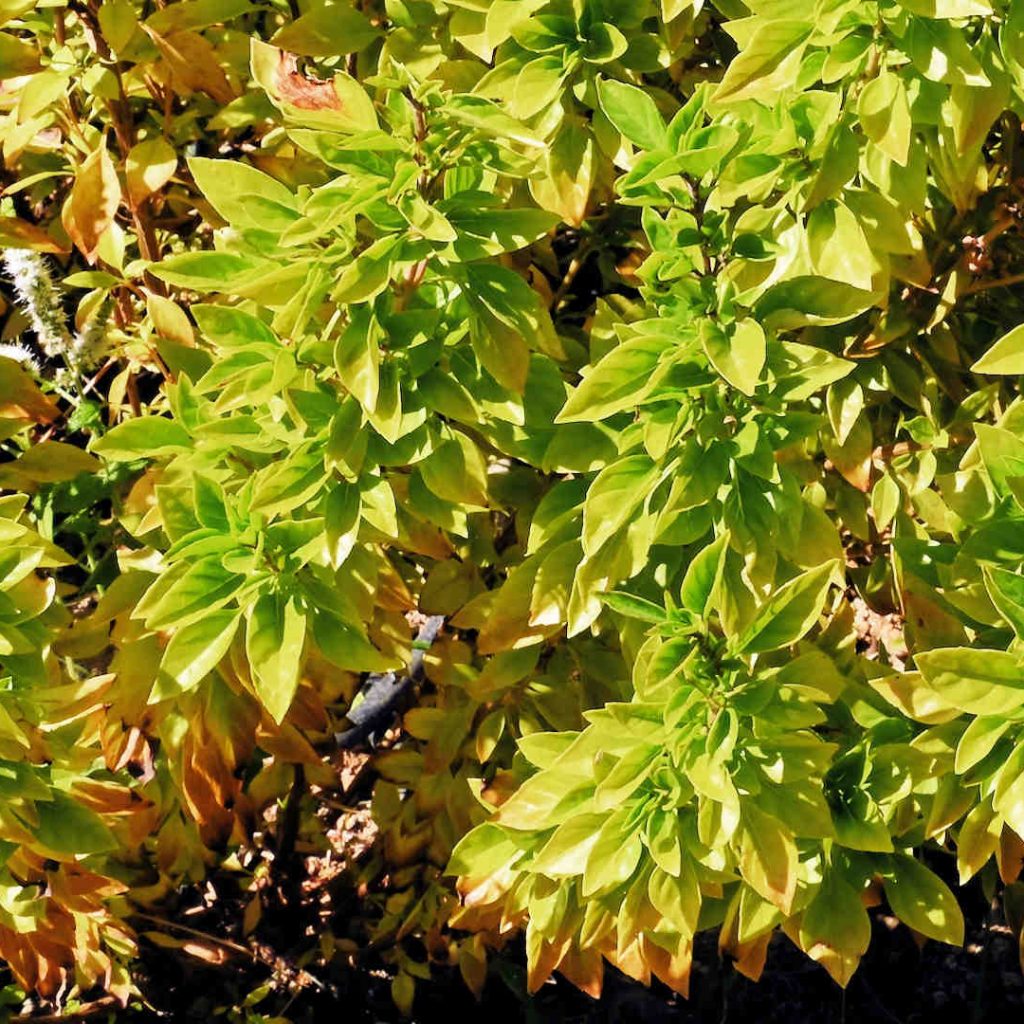
Basil (Ocimum basilicum) – a pinch of basil and the food tastes perfect! It originates in tropical regions. The plant probably came to Crete from Egypt. Today, from Africa to Central Asia, an integral part of gastronomy: an essential ingredient in food.
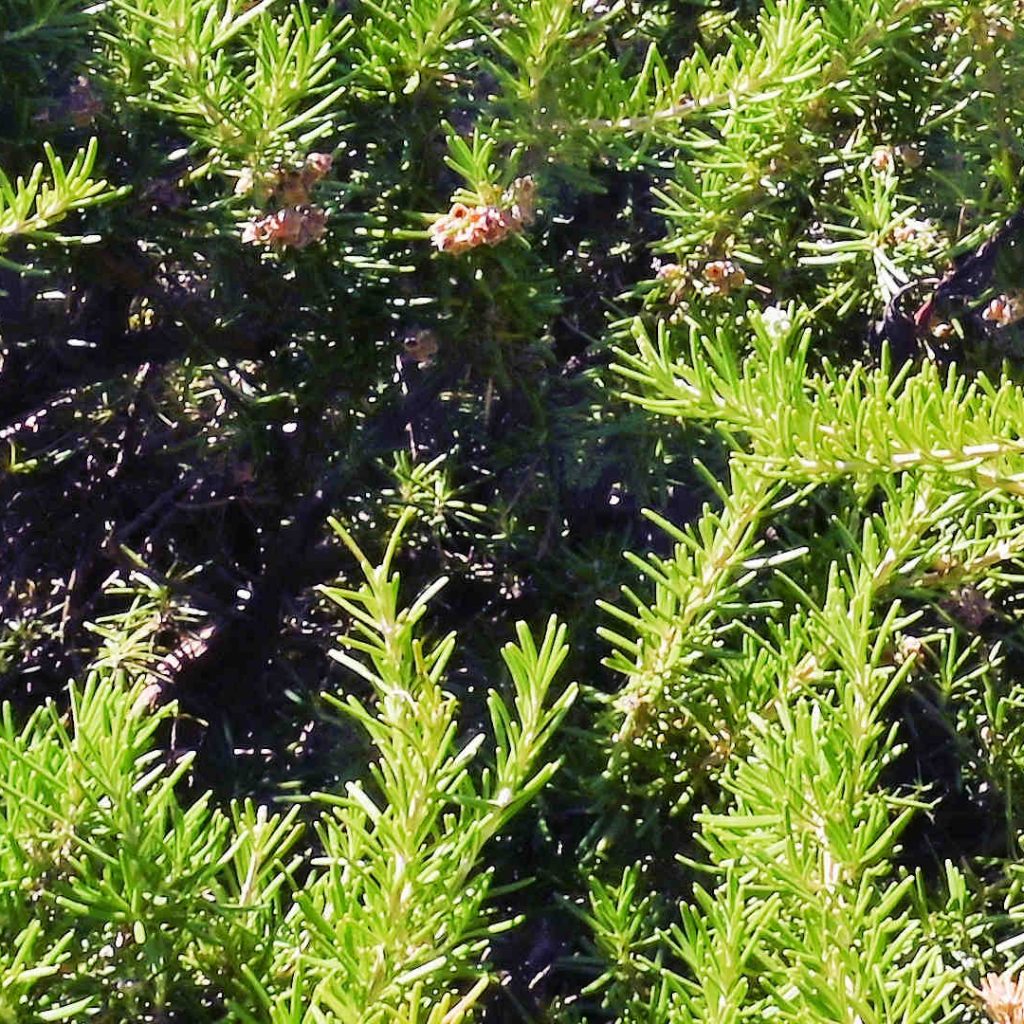
Rosemary – The rosemary is an aromatic evergreen shrub. It is native to the Mediterranean and Asia, but also lives in cool climates. Resistant to drought, survives severe water shortages for a long time.
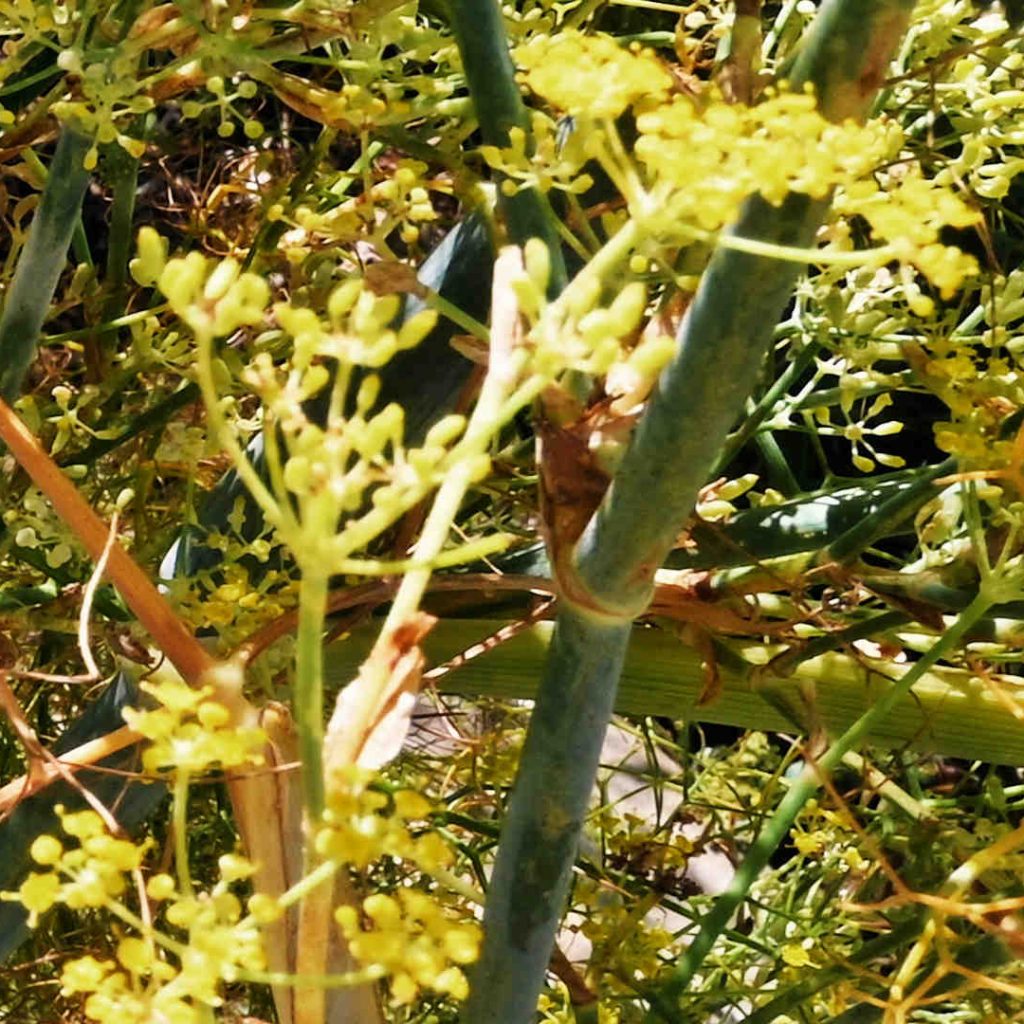
Fennel (Foeniculum vulgare) – primarily an herb, but due to its characteristic aroma and taste: by now – an indispensable spice in food. It is native to the Mediterranean coast. It has become popular in almost every part of the world, therefore it was naturalized. The plant prefers dry soil, especially near the sea. But where there is no sea, produced near the river.
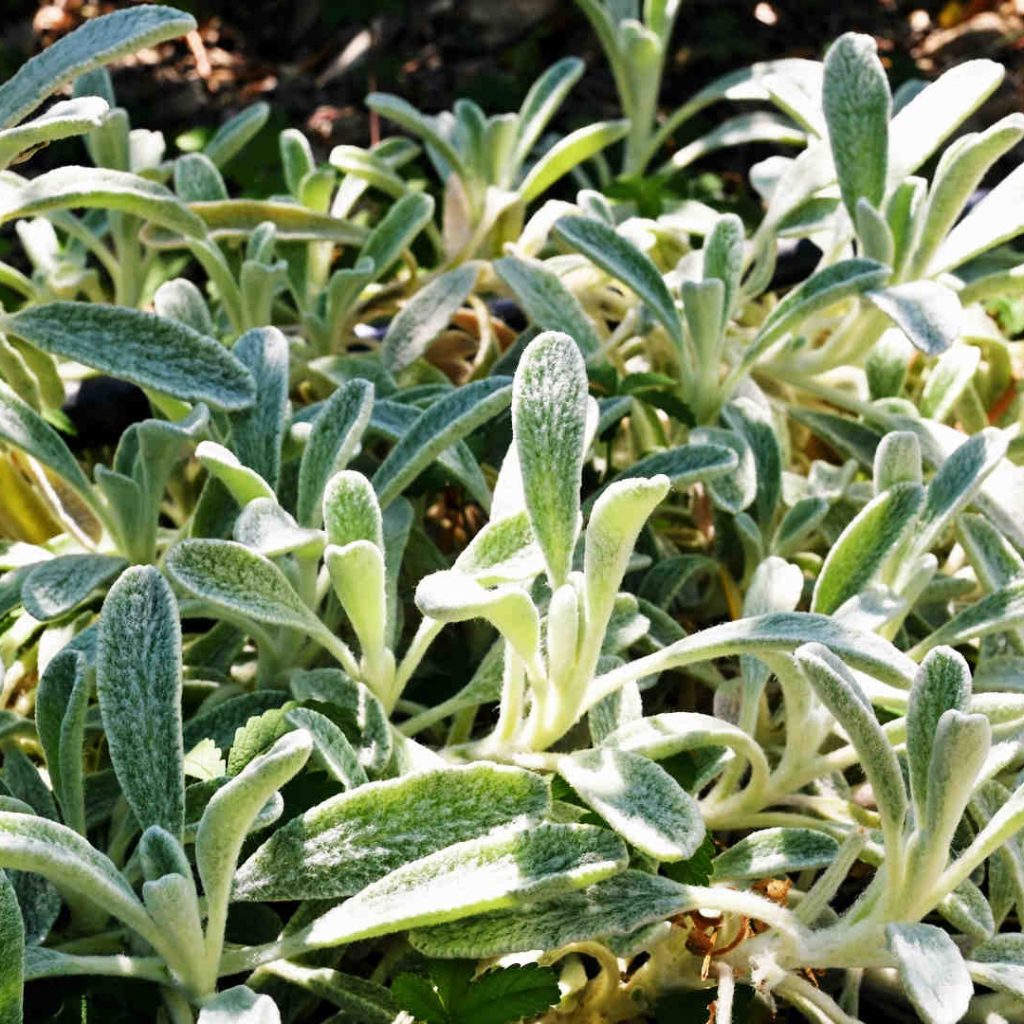
Malotira – (Sideritis) also known as ironwort – mountain tea and shepherd’s tea, well known herbal medicine. They are abundant in Mediterranean regions, the Balkans, the Iberian Peninsula, but can also be found in Central Europe and temperate Asia.
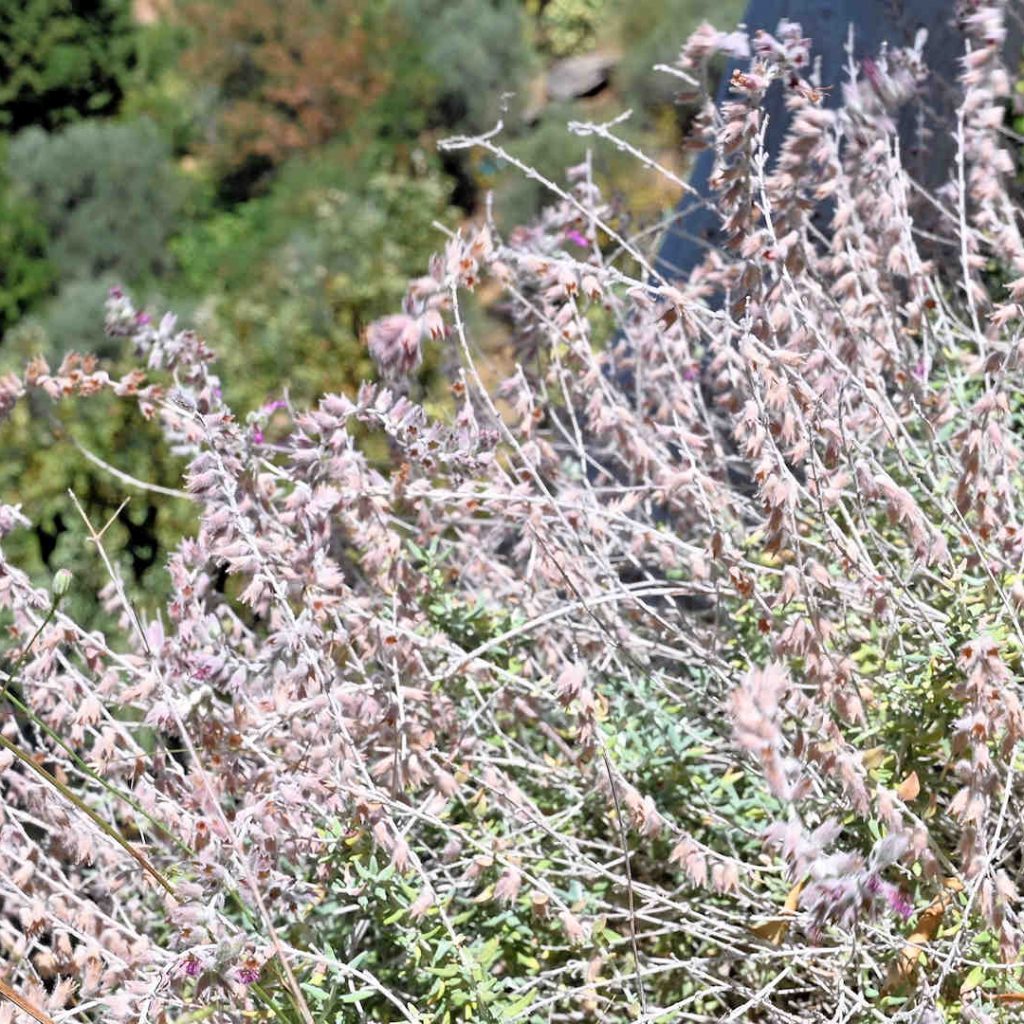
Marjoram (Origanum majorana) – Cretan gastronomy is very sophisticated because it distinguishes marjoram and oregano! In the gastronomy of the Middle Eastern countries: the marjoram is synonymous, with oregano. Marjoram is a perennial herb, which is sensitive to the cold. It is found in nature as an undergrowth. The taste: sweetish, citrus-like.
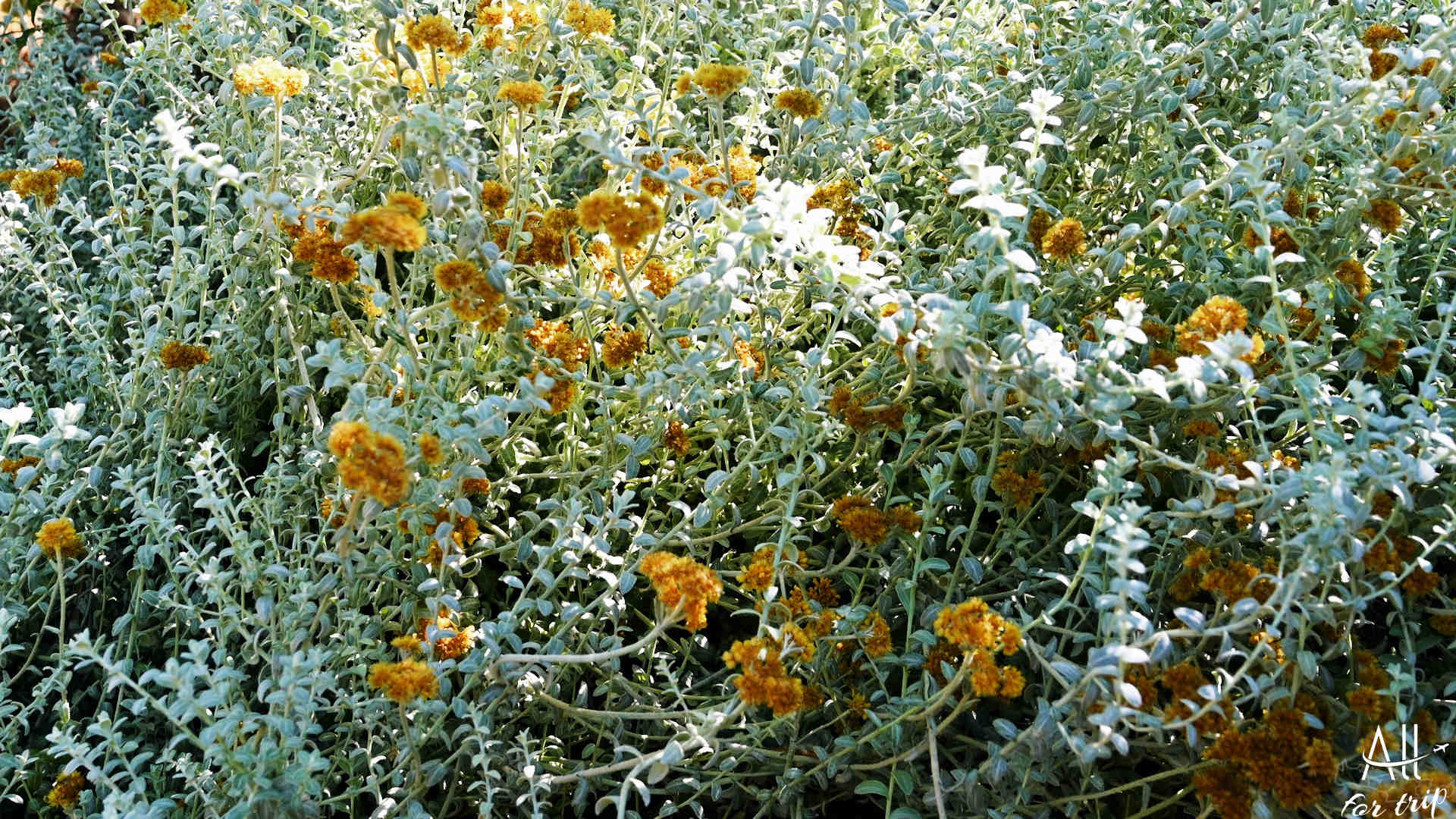
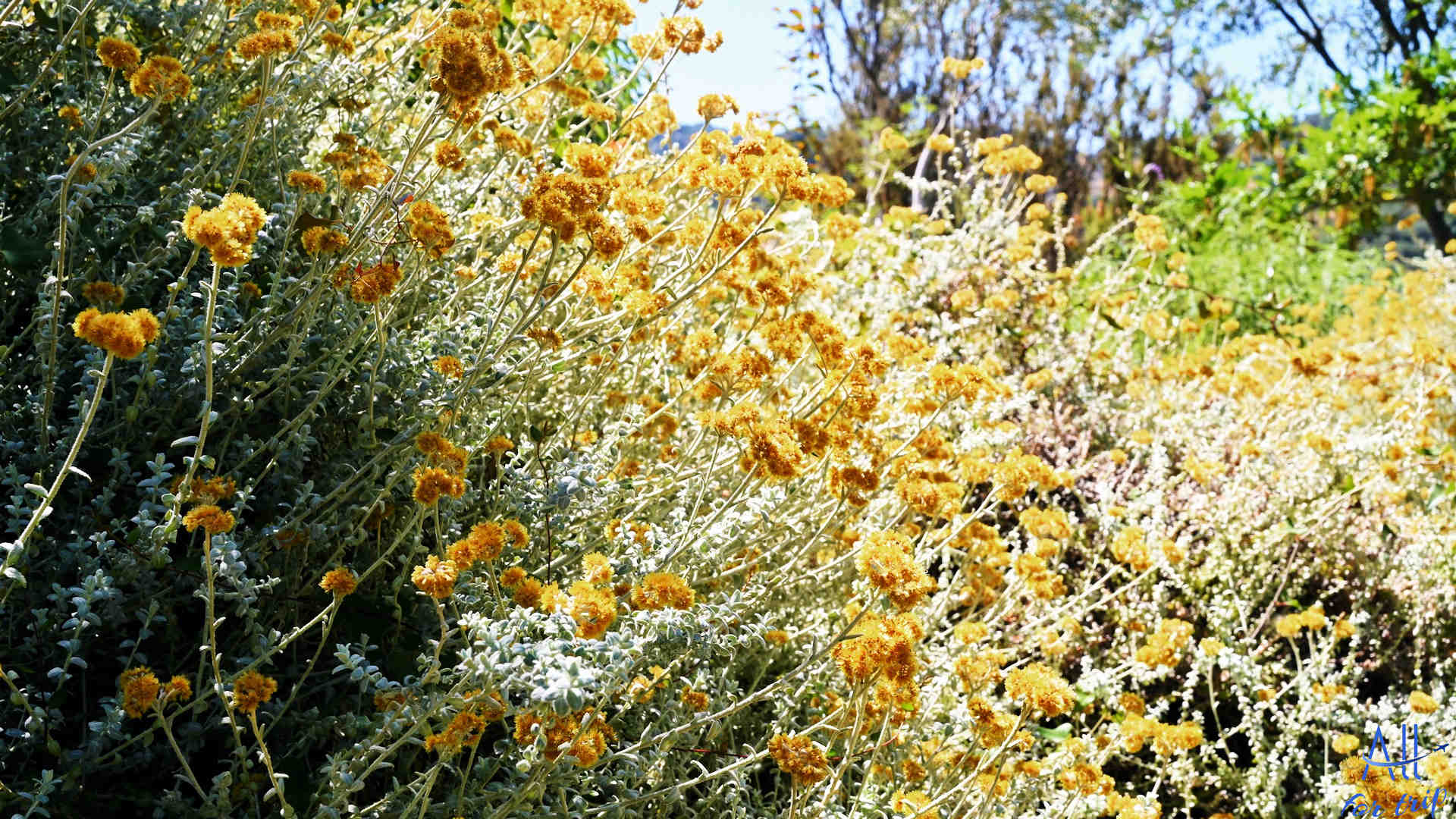
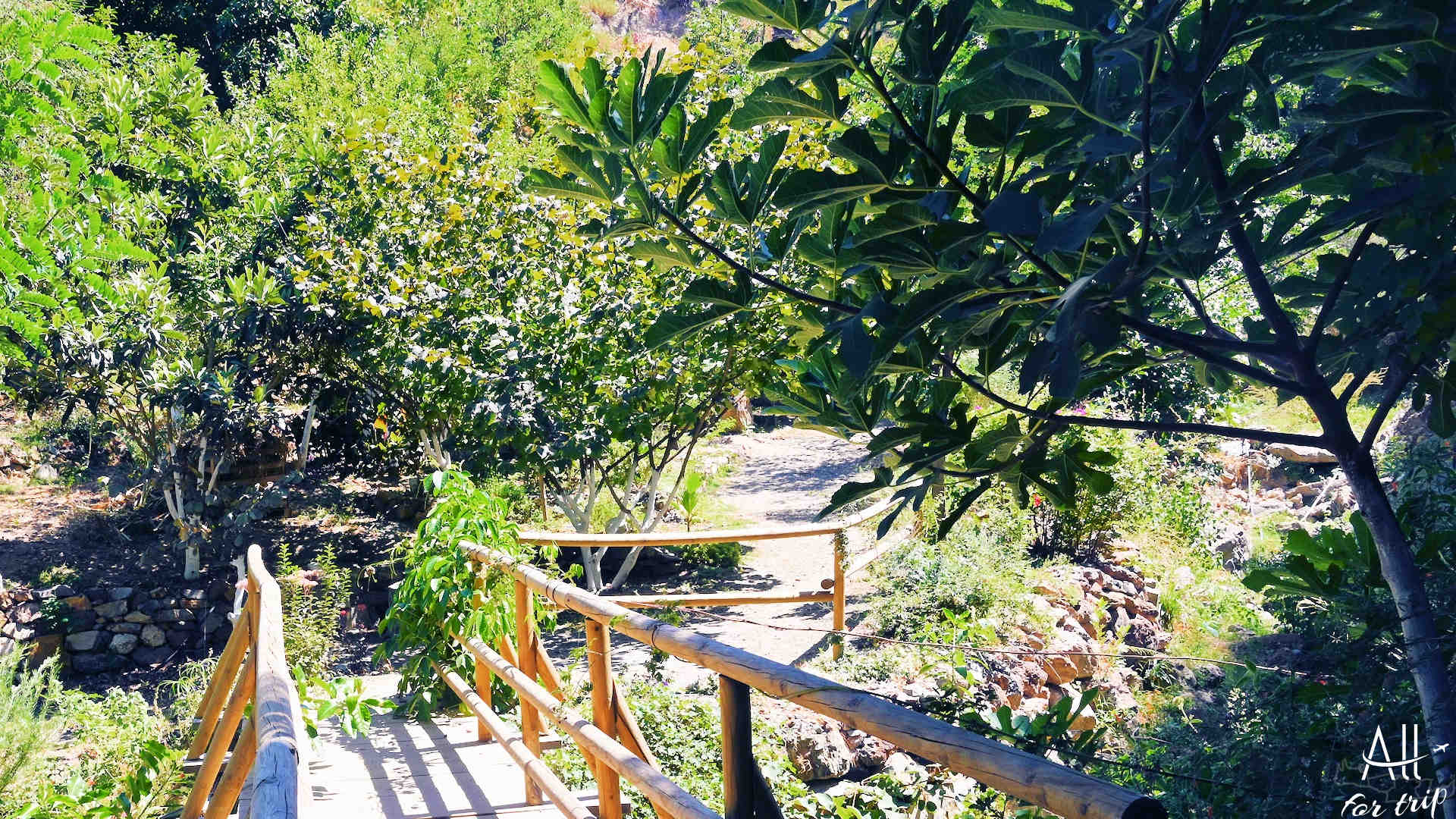
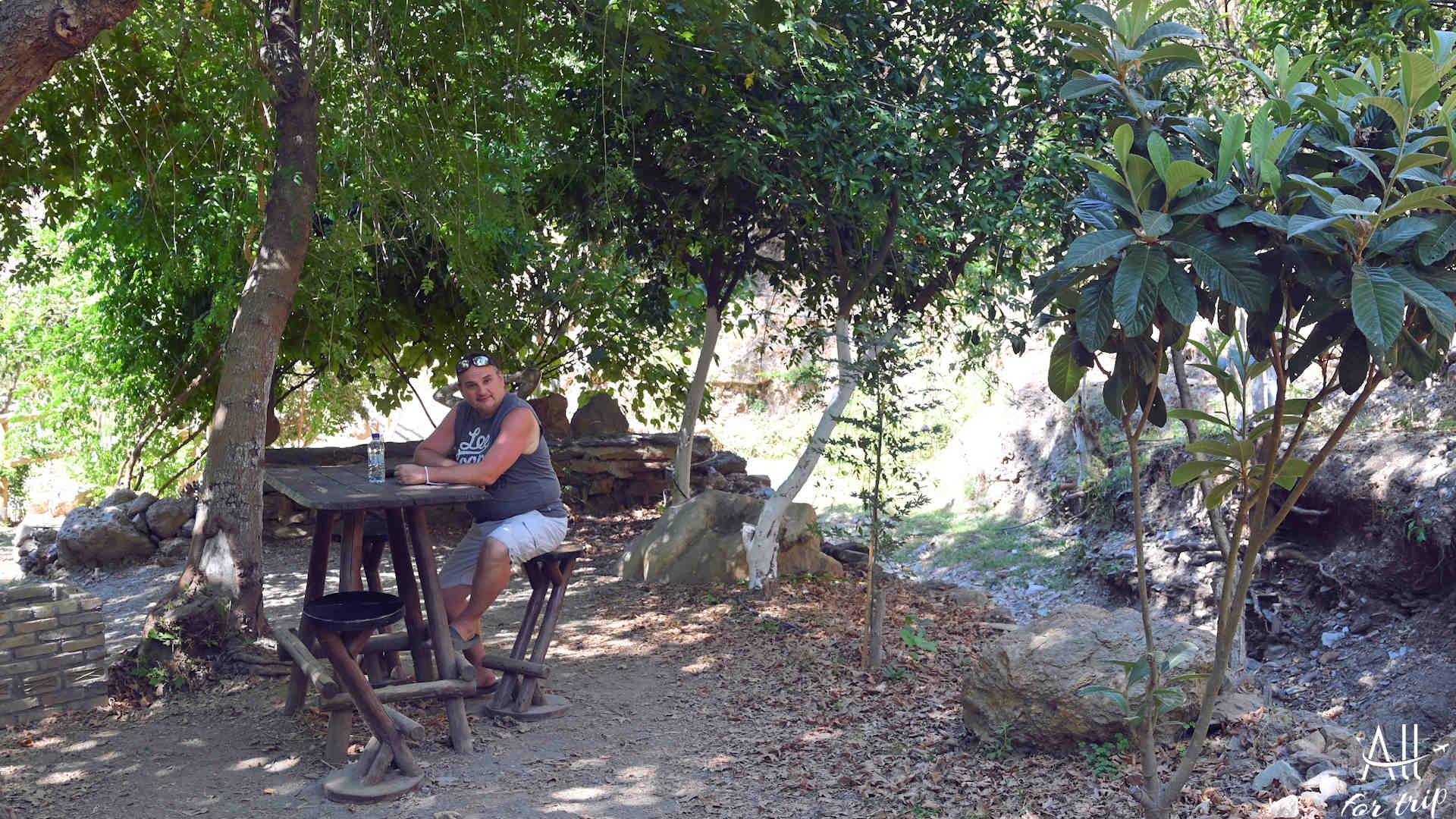
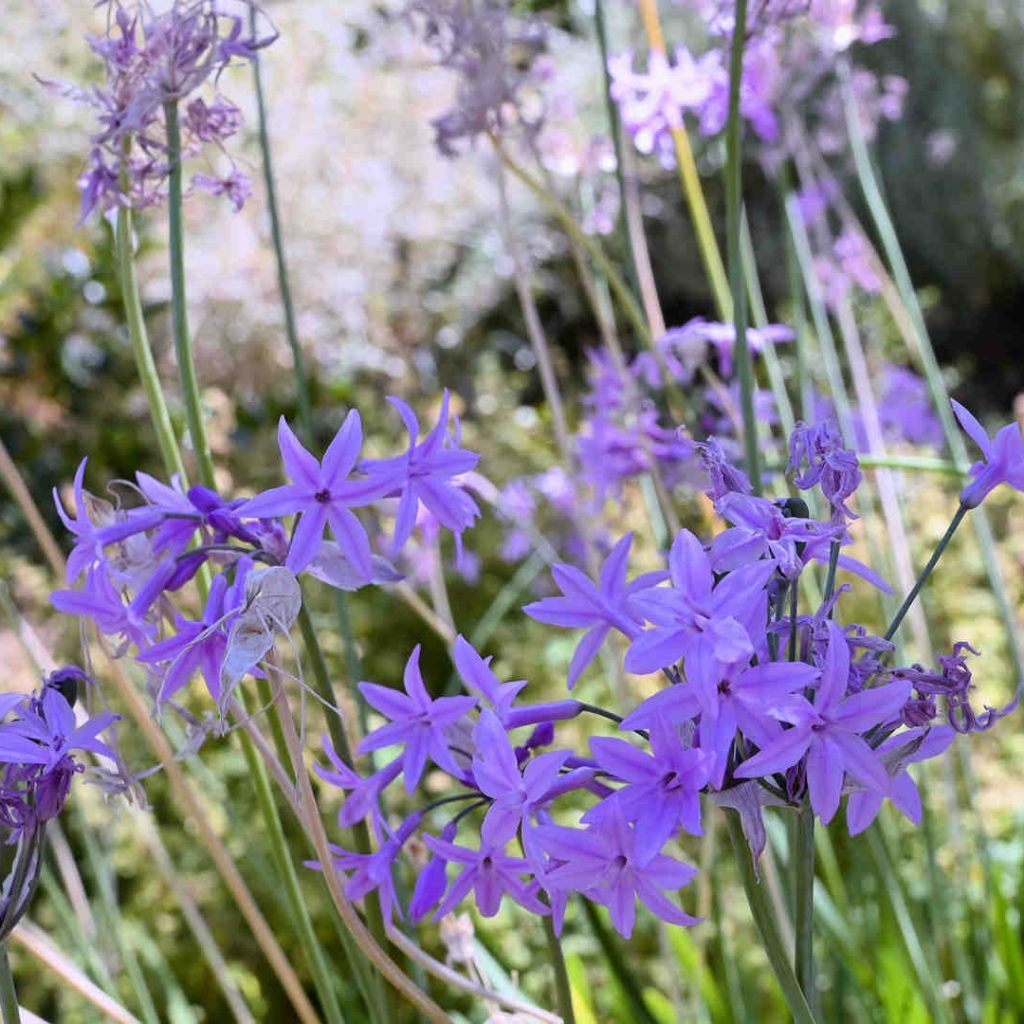
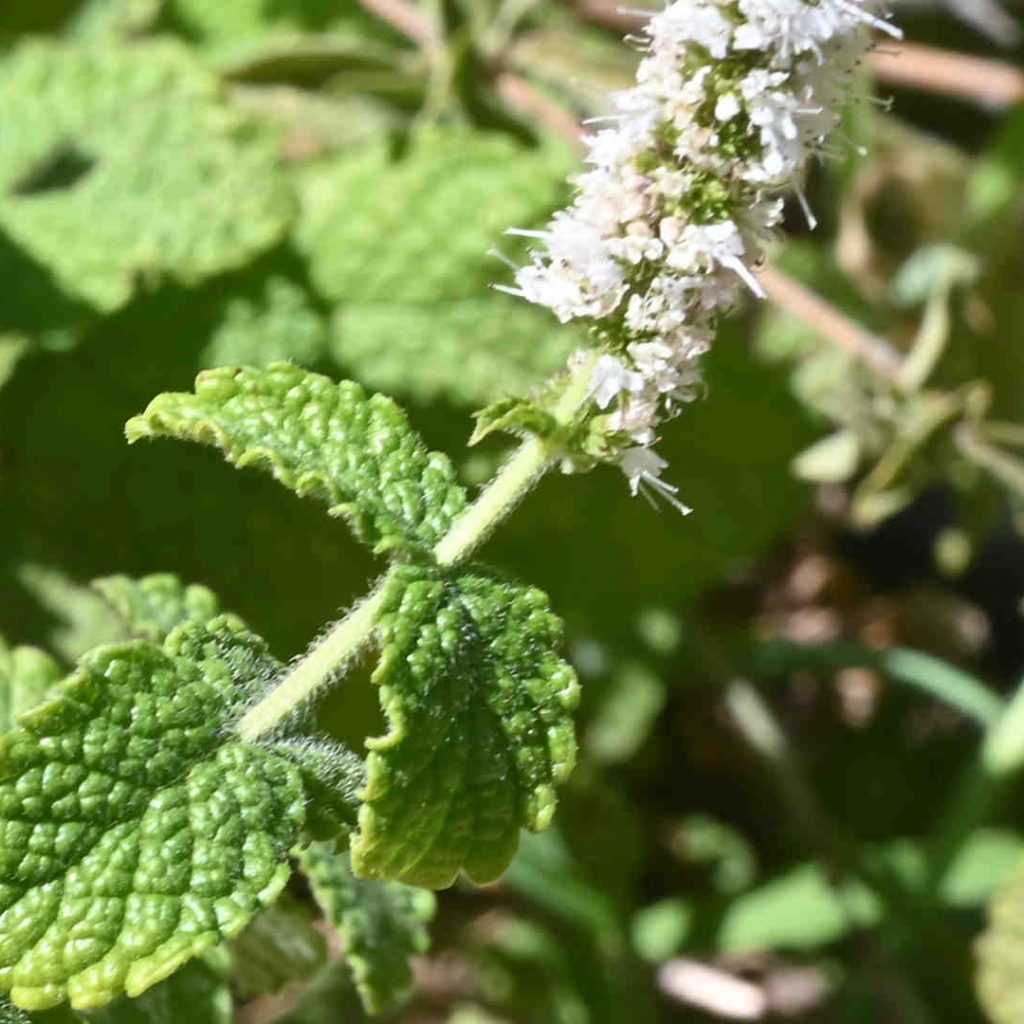
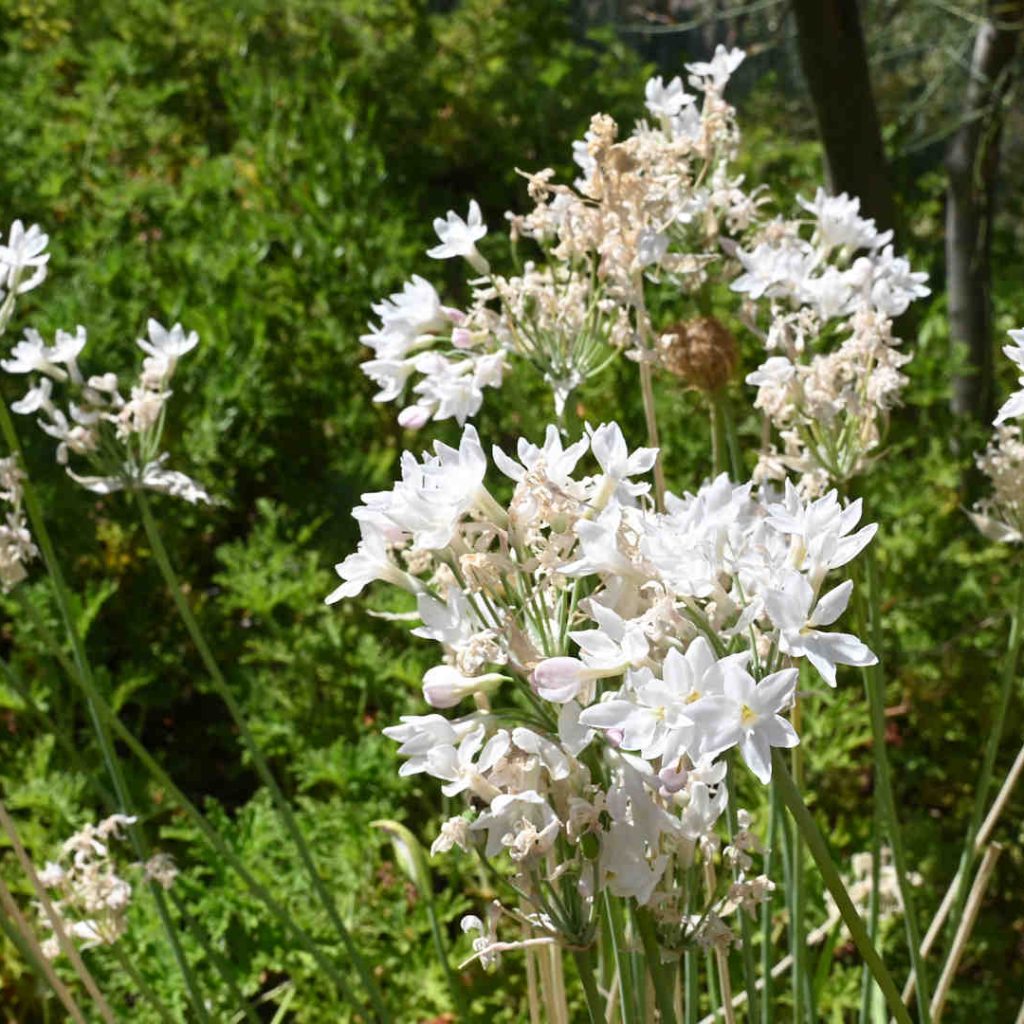
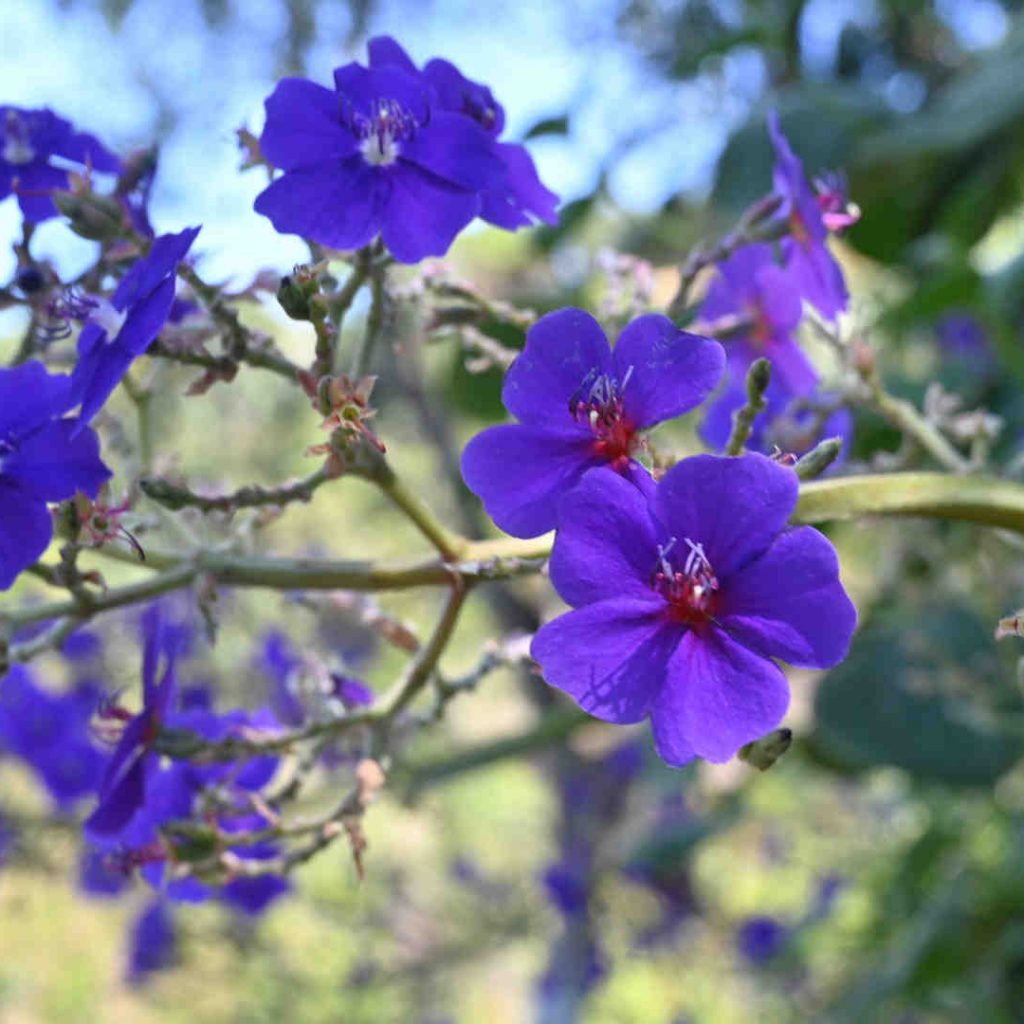
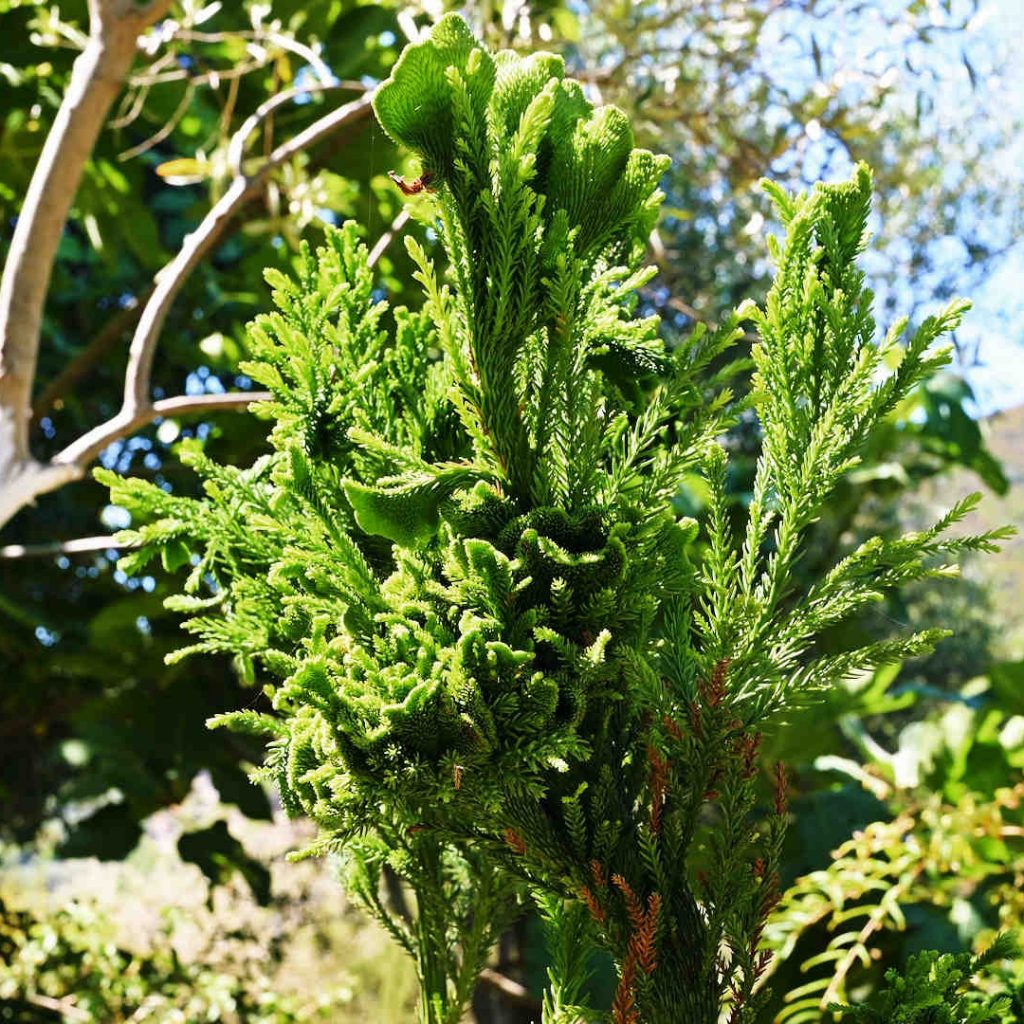
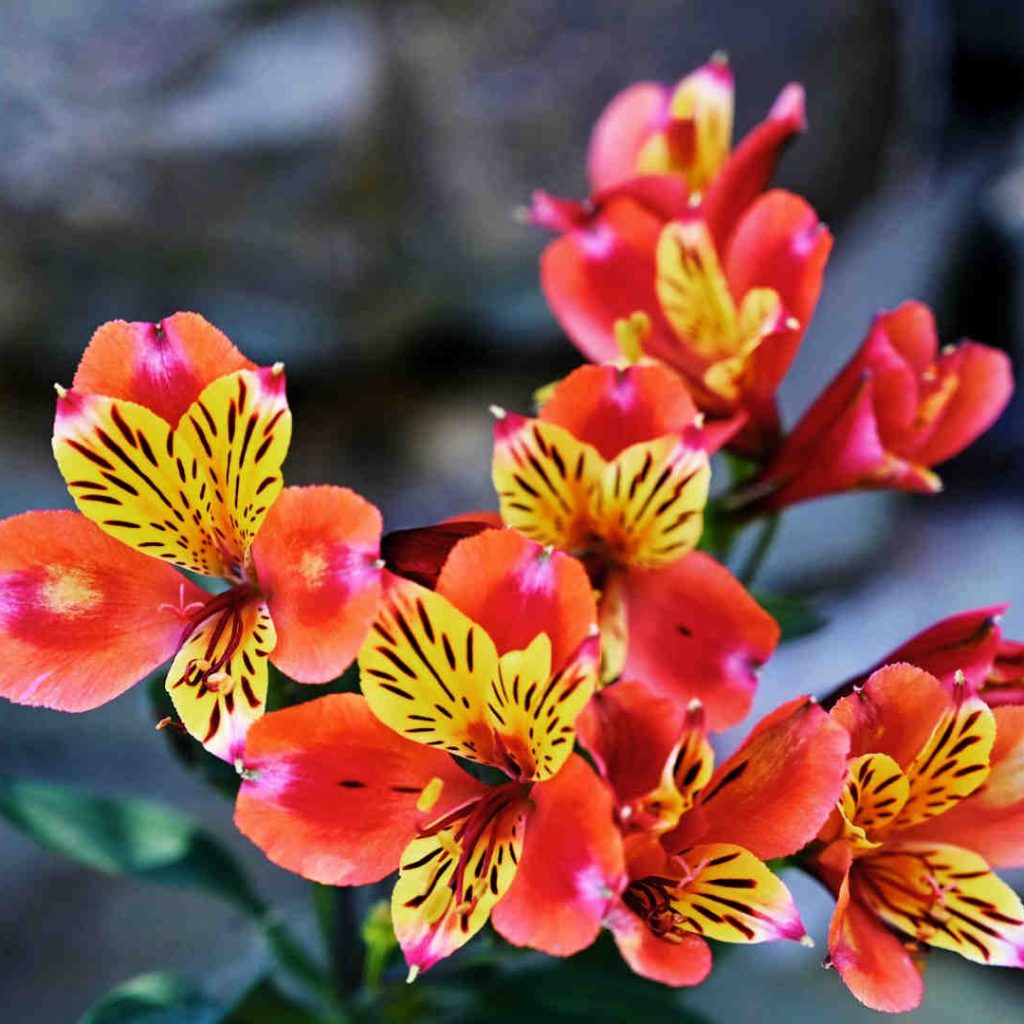
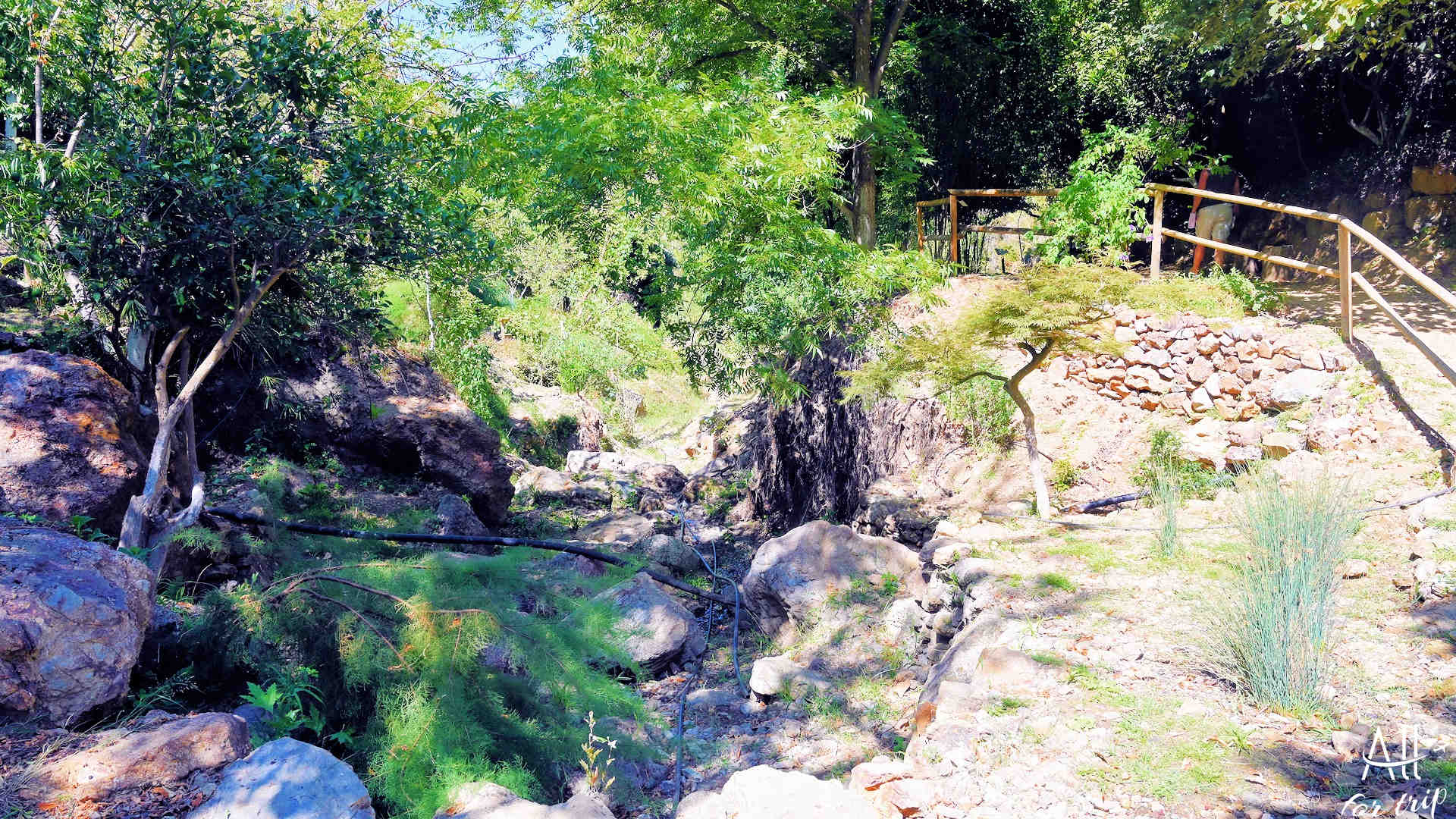
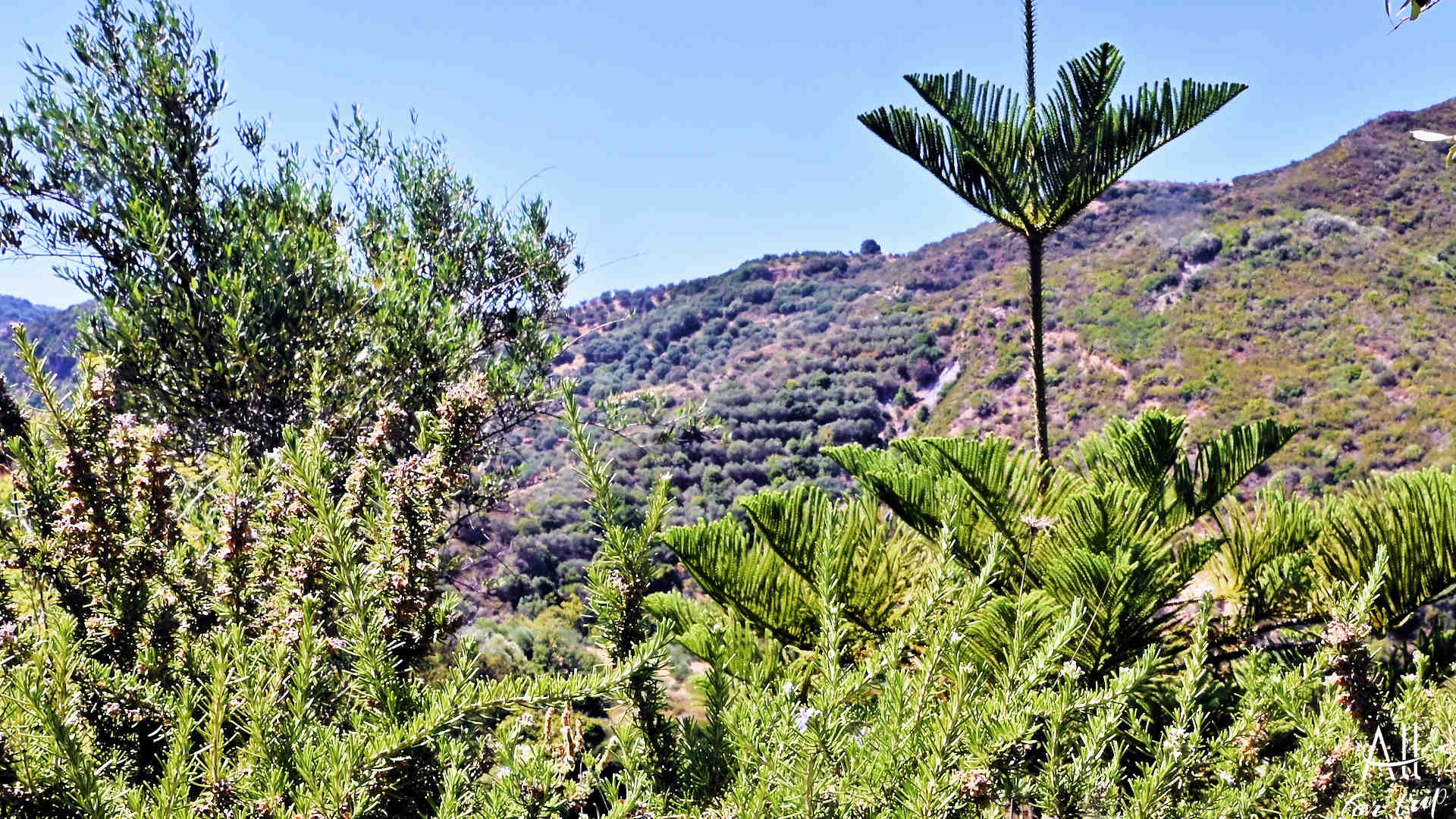
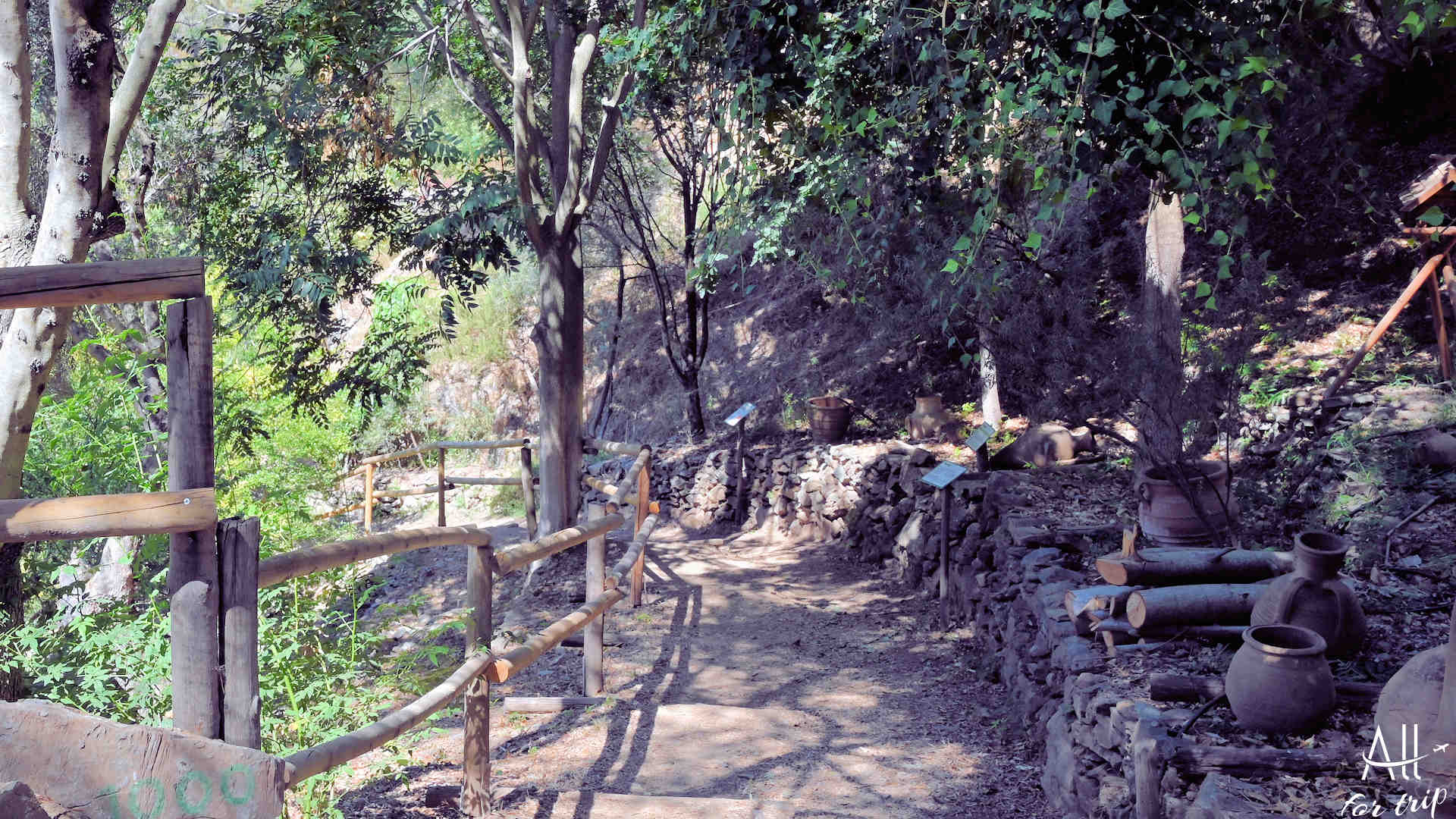
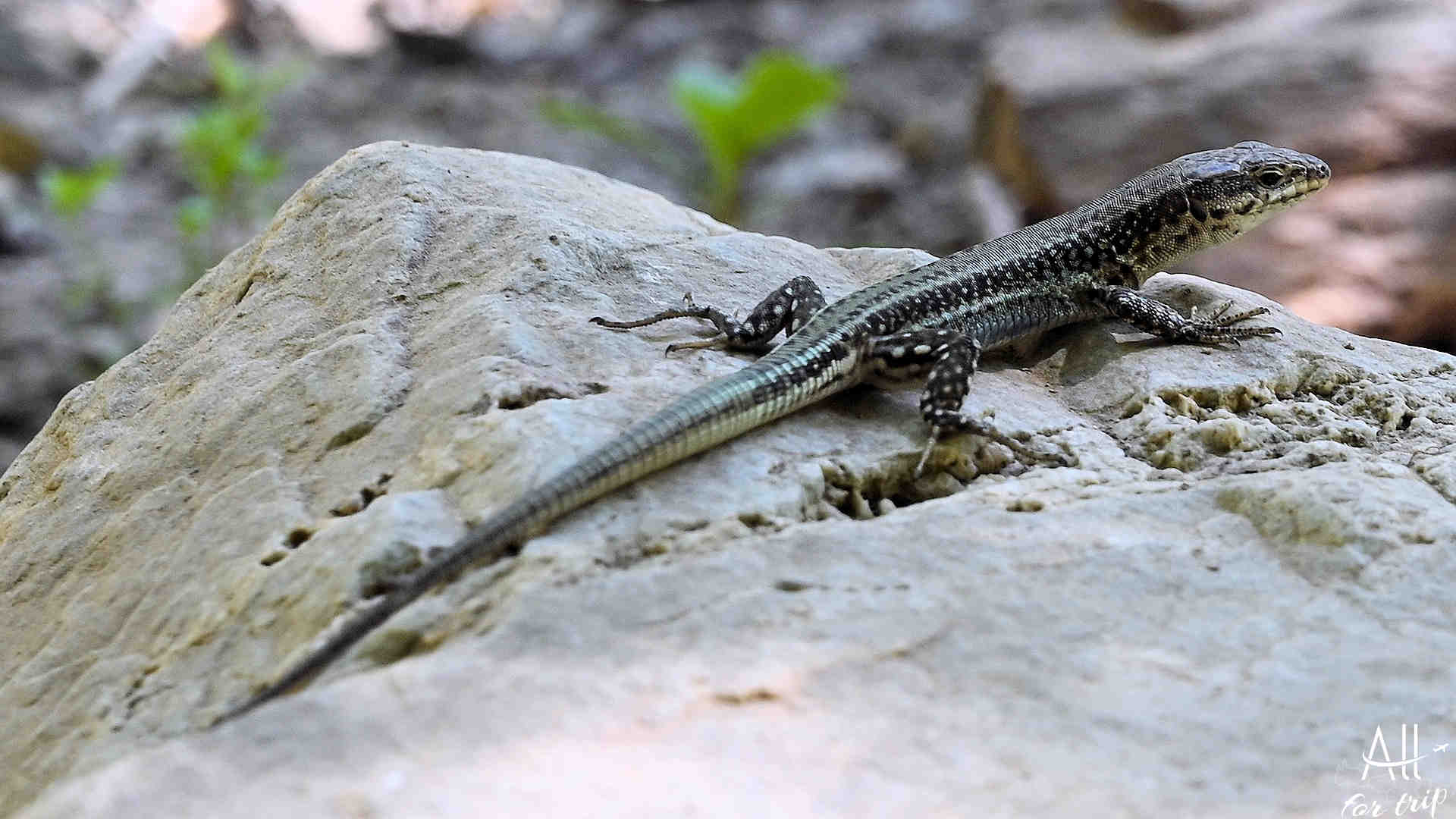
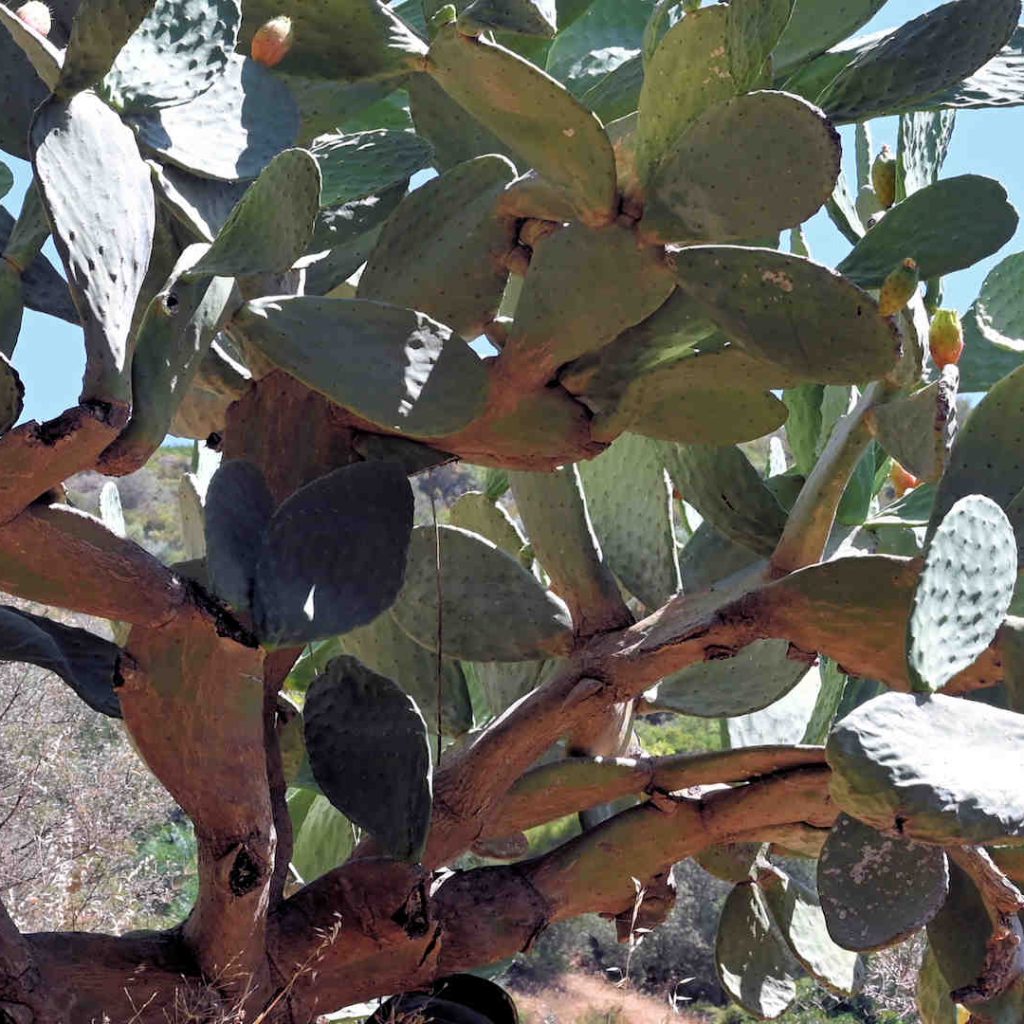
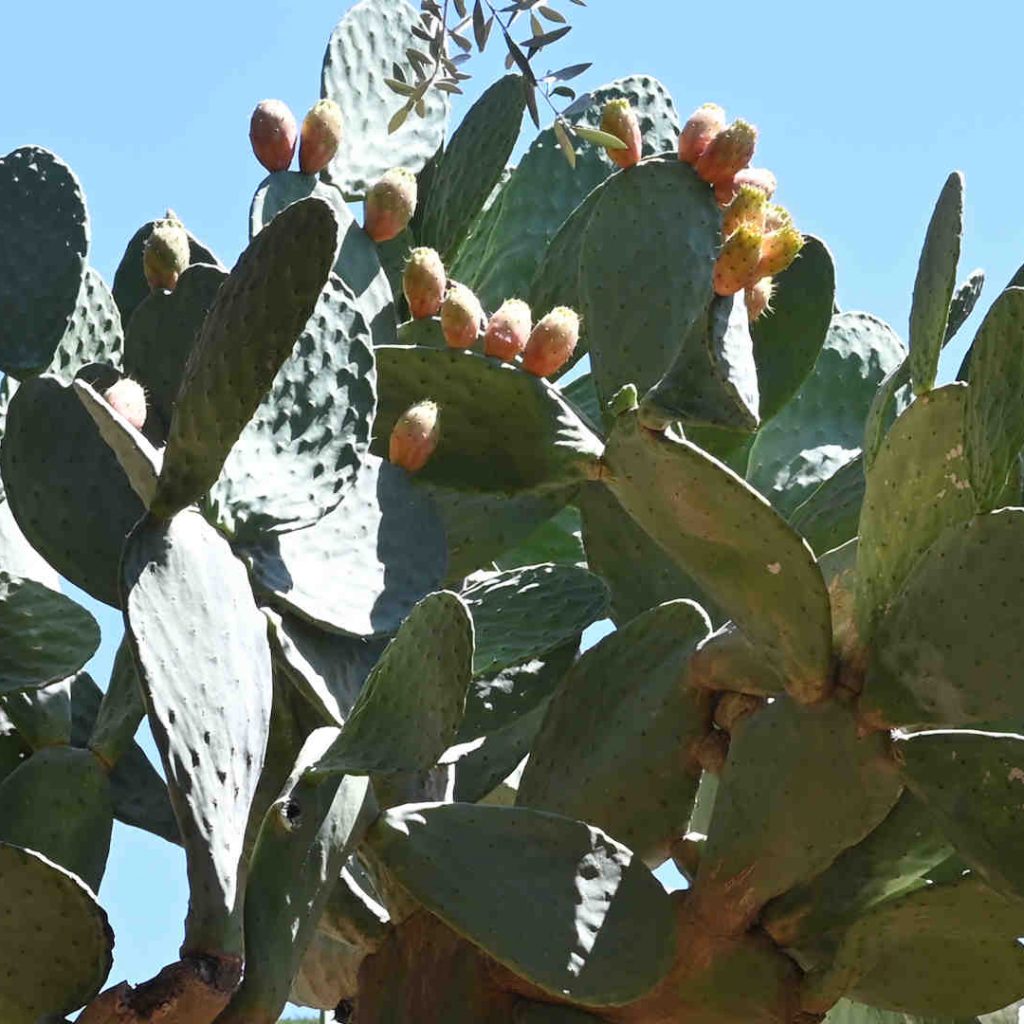
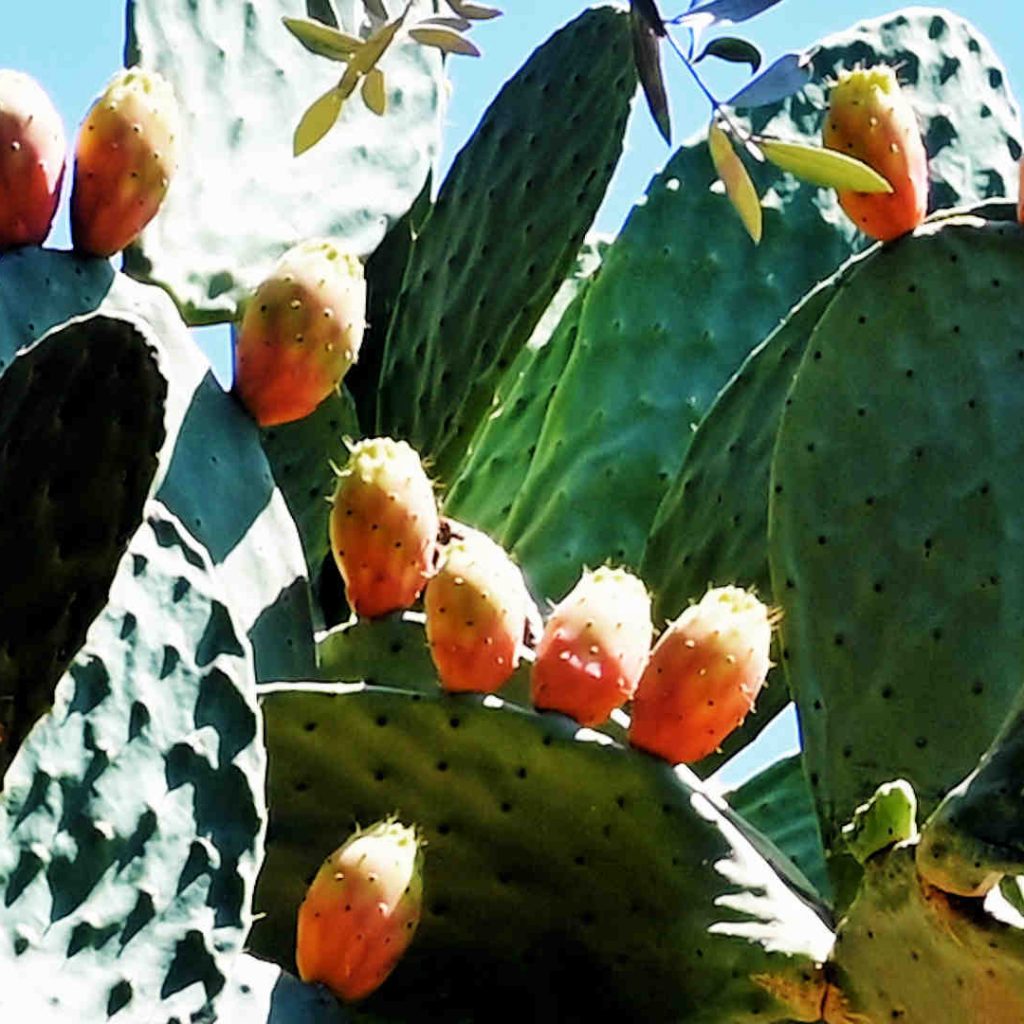
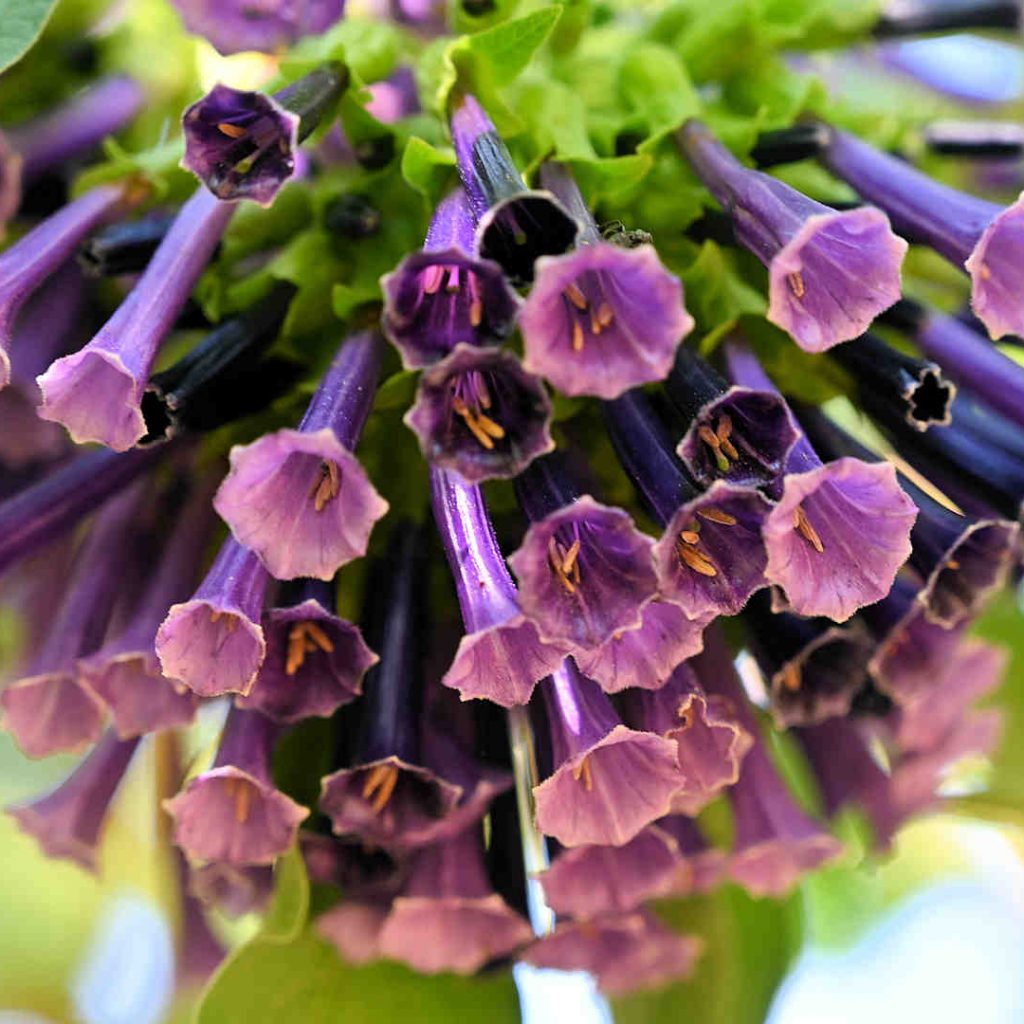
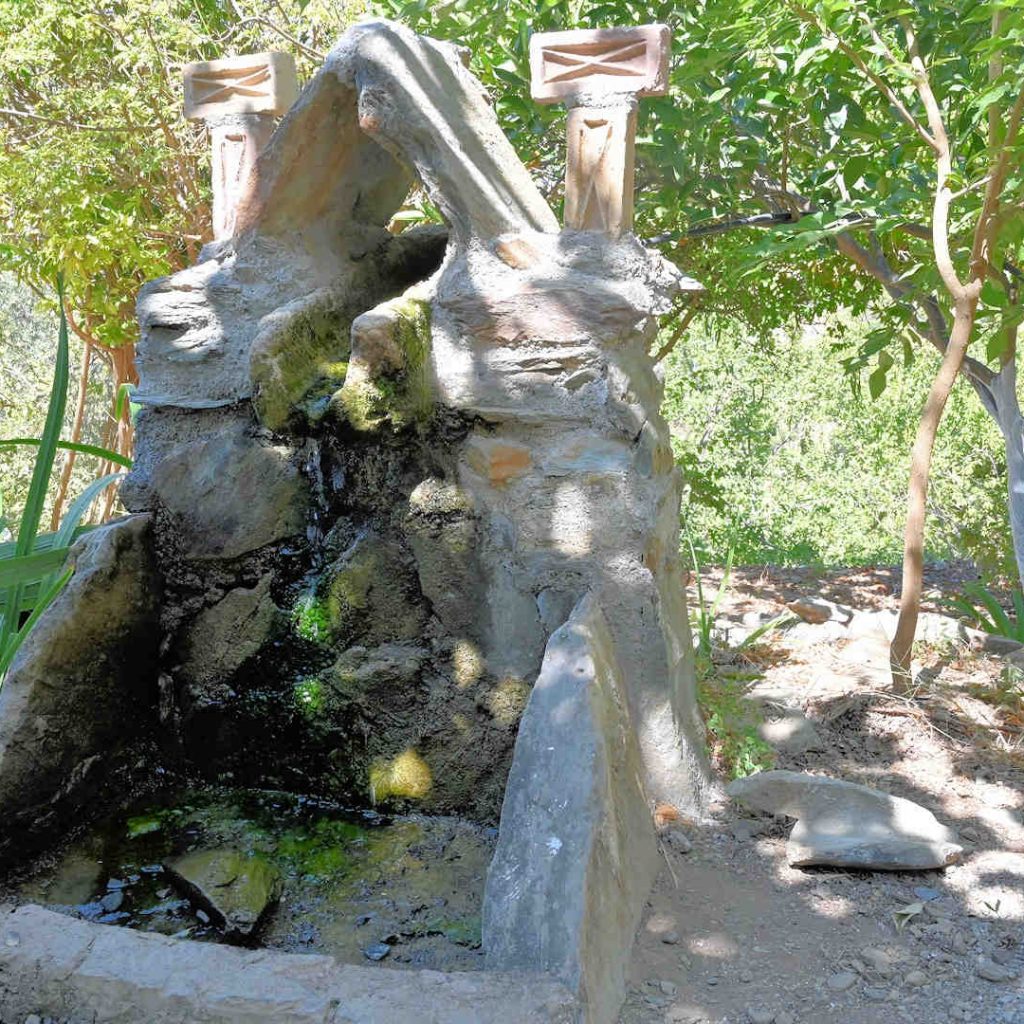
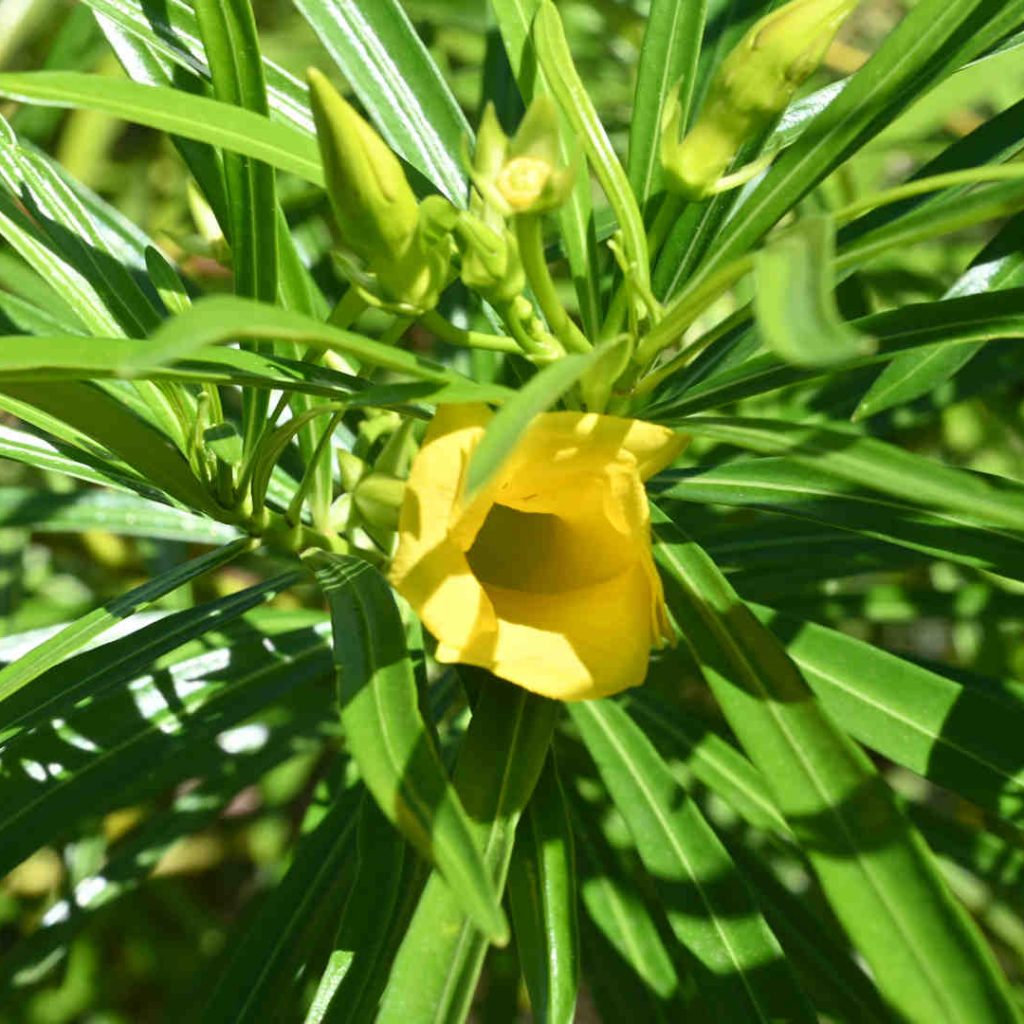
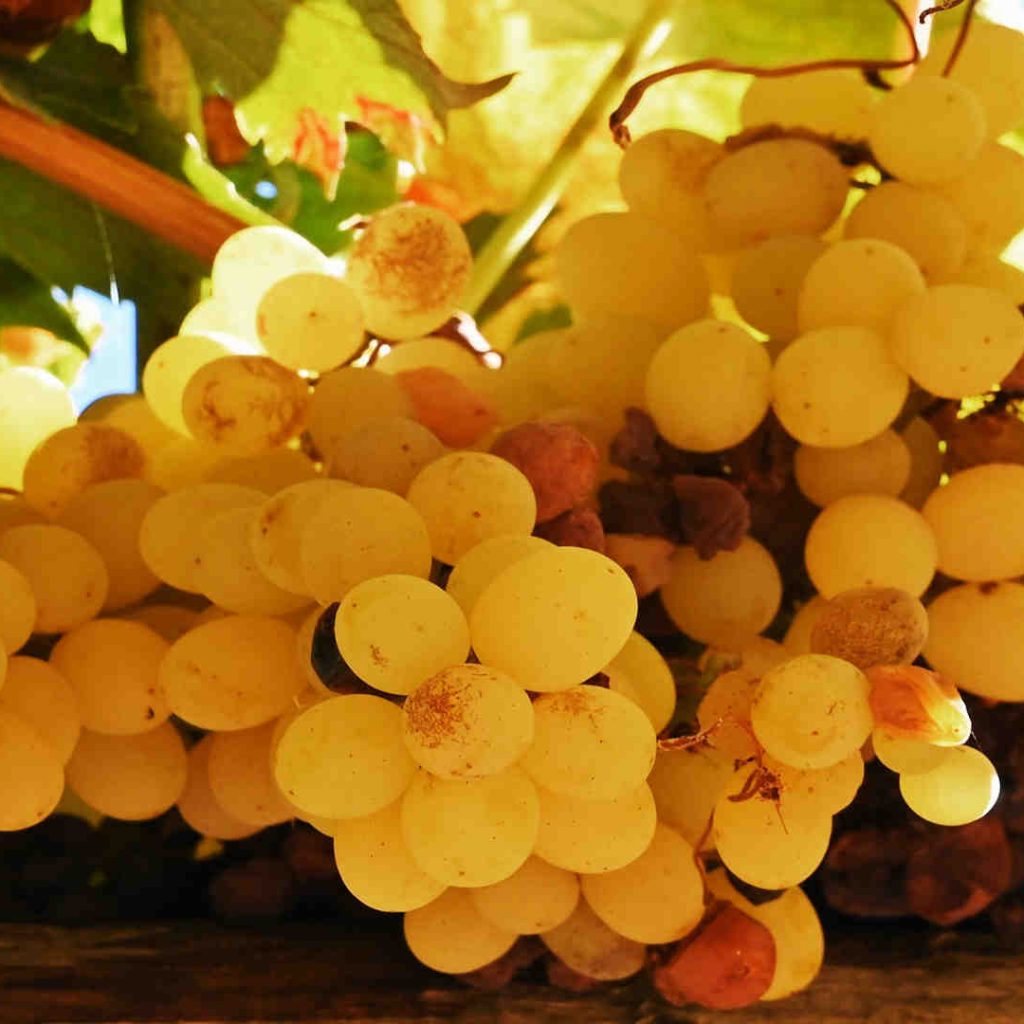
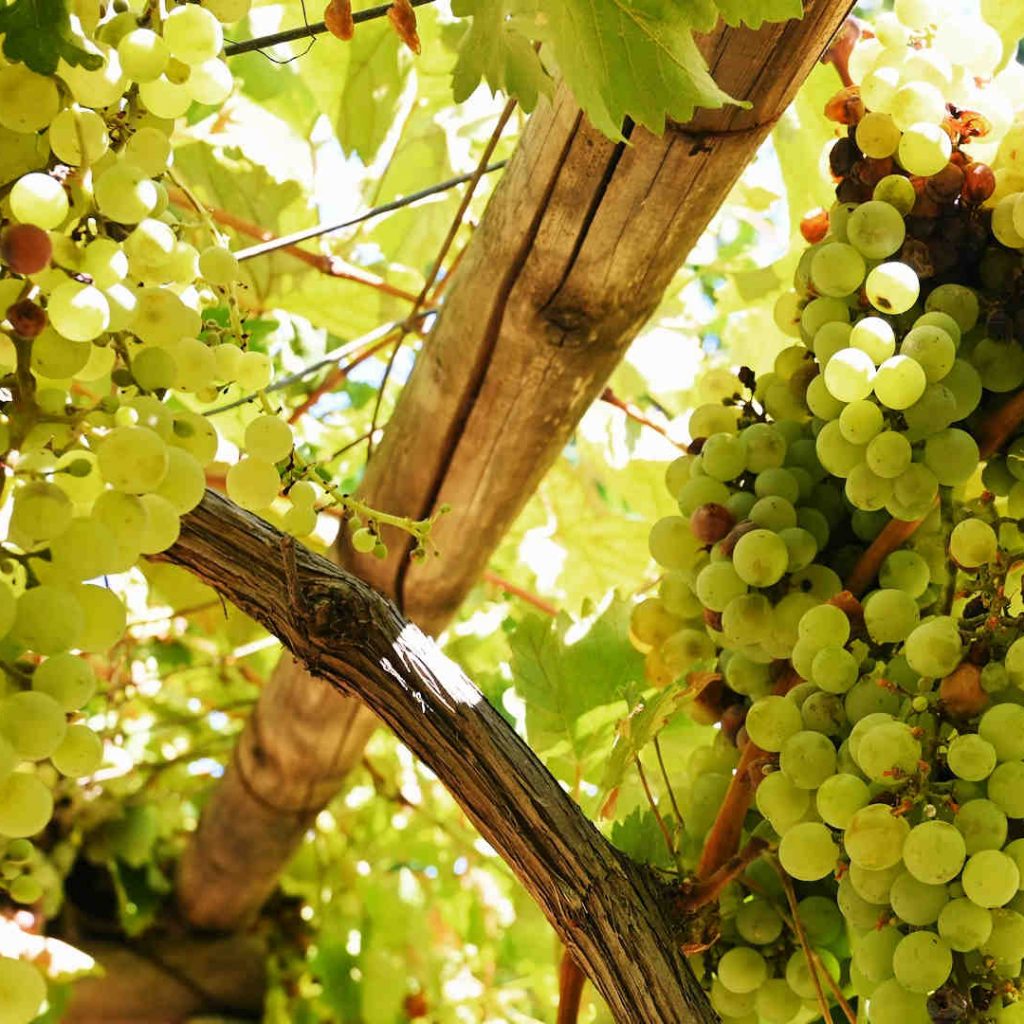
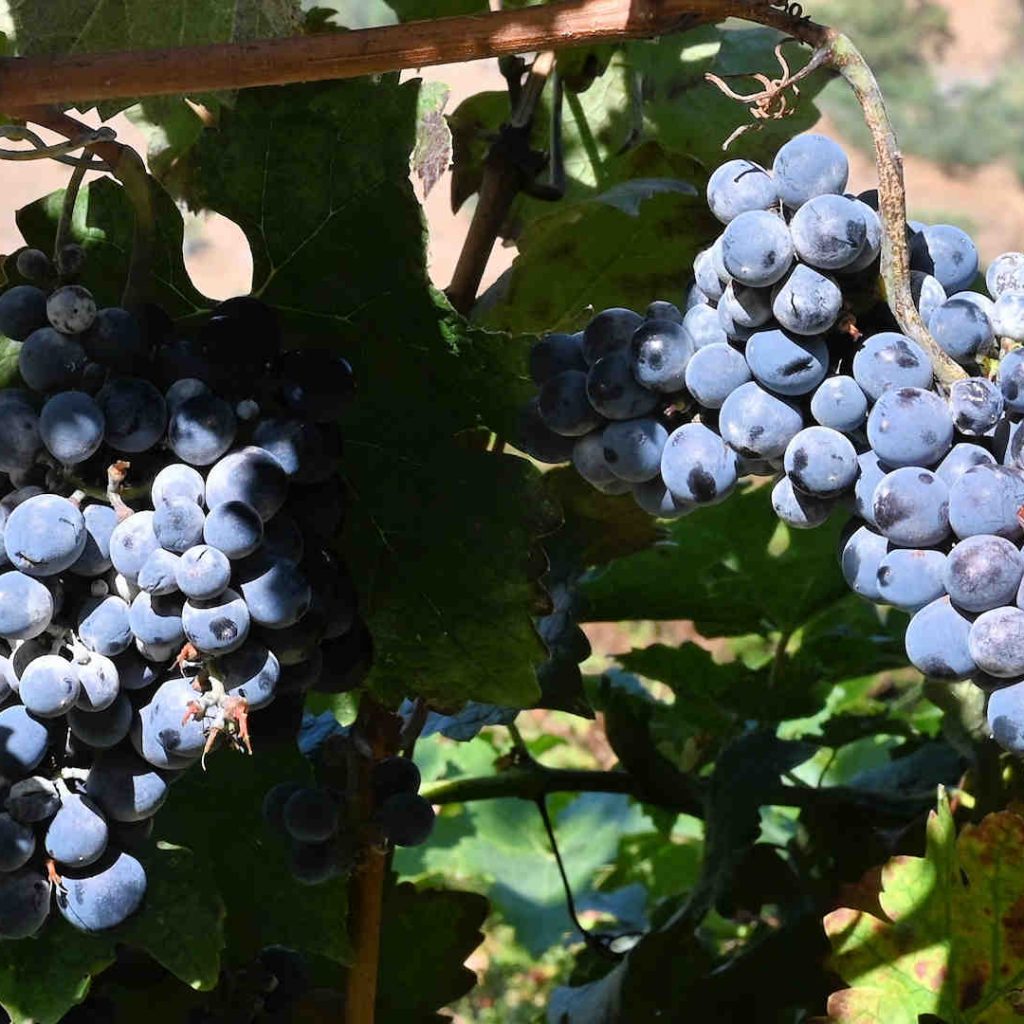
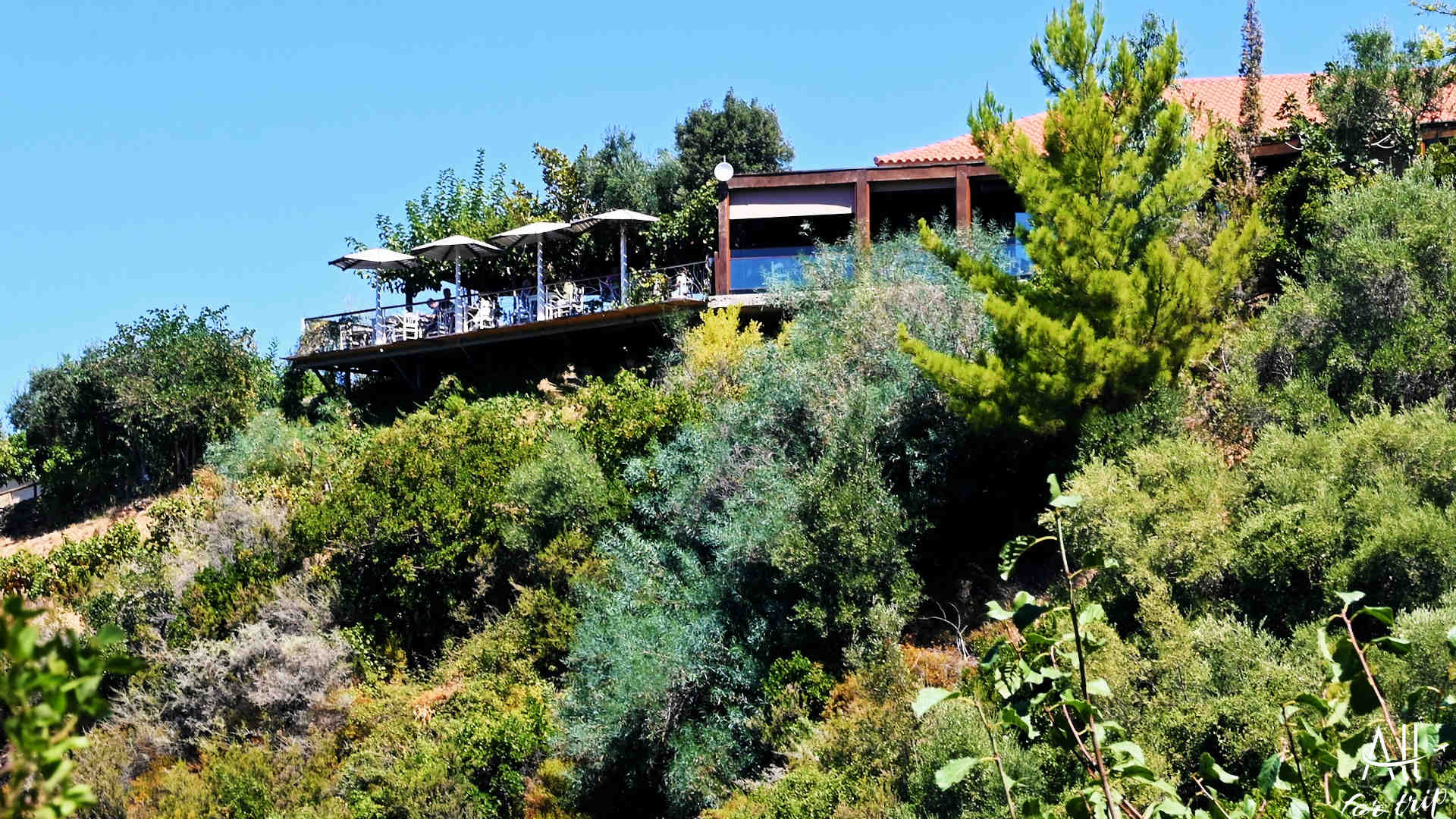
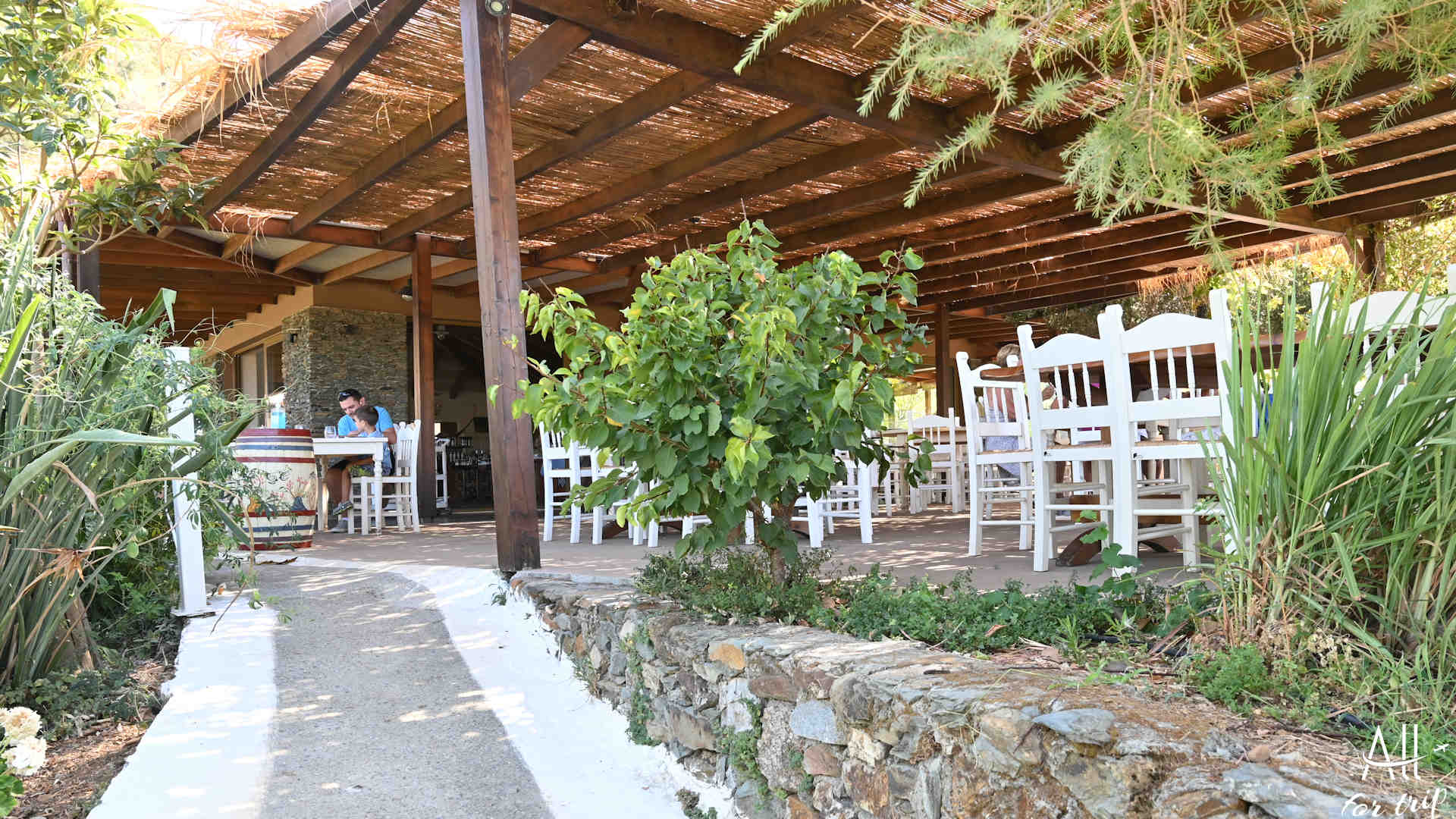


Comment (0)